Theater
1/99
Earn XP
Description and Tags
bruh
Name | Mastery | Learn | Test | Matching | Spaced |
|---|
No study sessions yet.
100 Terms
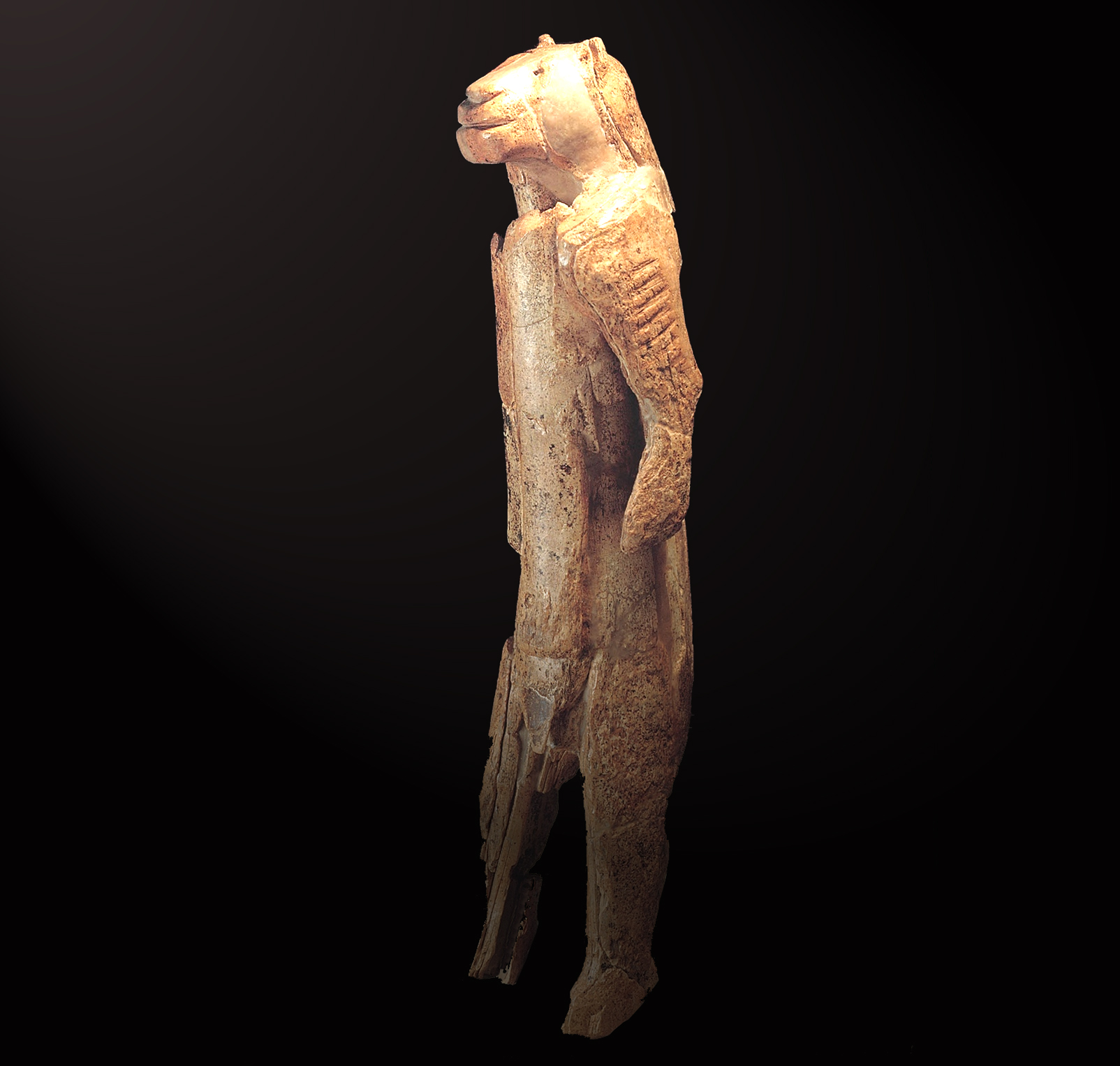
1
1: Mammoth tusk figure of a human with a lion’s head
Hohlenstein-Stadel, Ulm (Germany)
Ulm Museum
Upper Palaeolitihic, Aurignacian period, 38,000-33,000 BCE

2
2: Cave painting of a bird-headed man, bison, and rhinoceros
Lascaux cave, Dordogne (France)
in situ
Upper Palaeolithic, Magdalenian period, 15,000-13,000 BCE
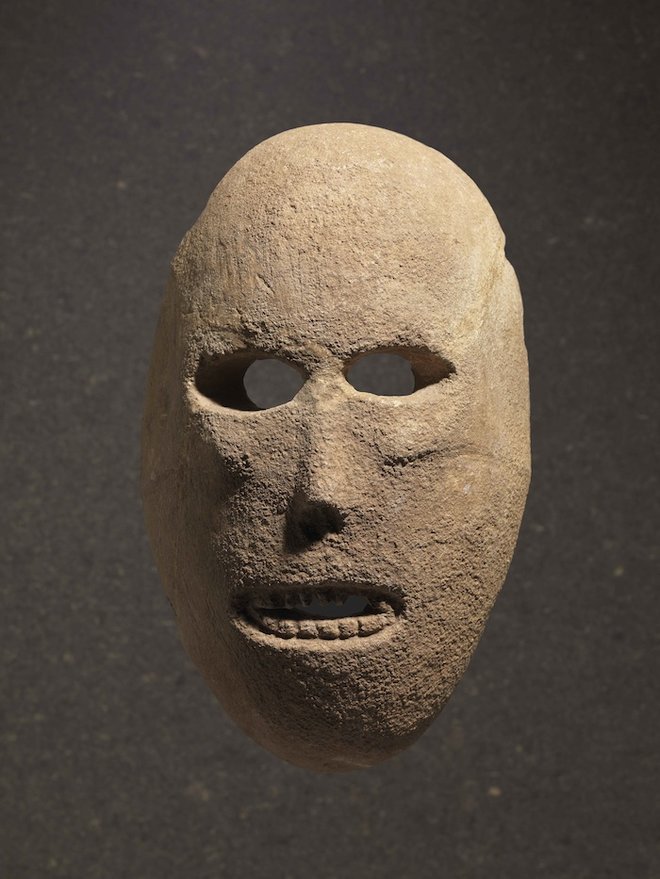
3
3: Limestone mask decorated with paint
Nahal Hemar cave, Judean Desert (Israel)
Israel Museum (Jerusalem)
Pre-Pottery Neolithic B, 7th millenium BCE
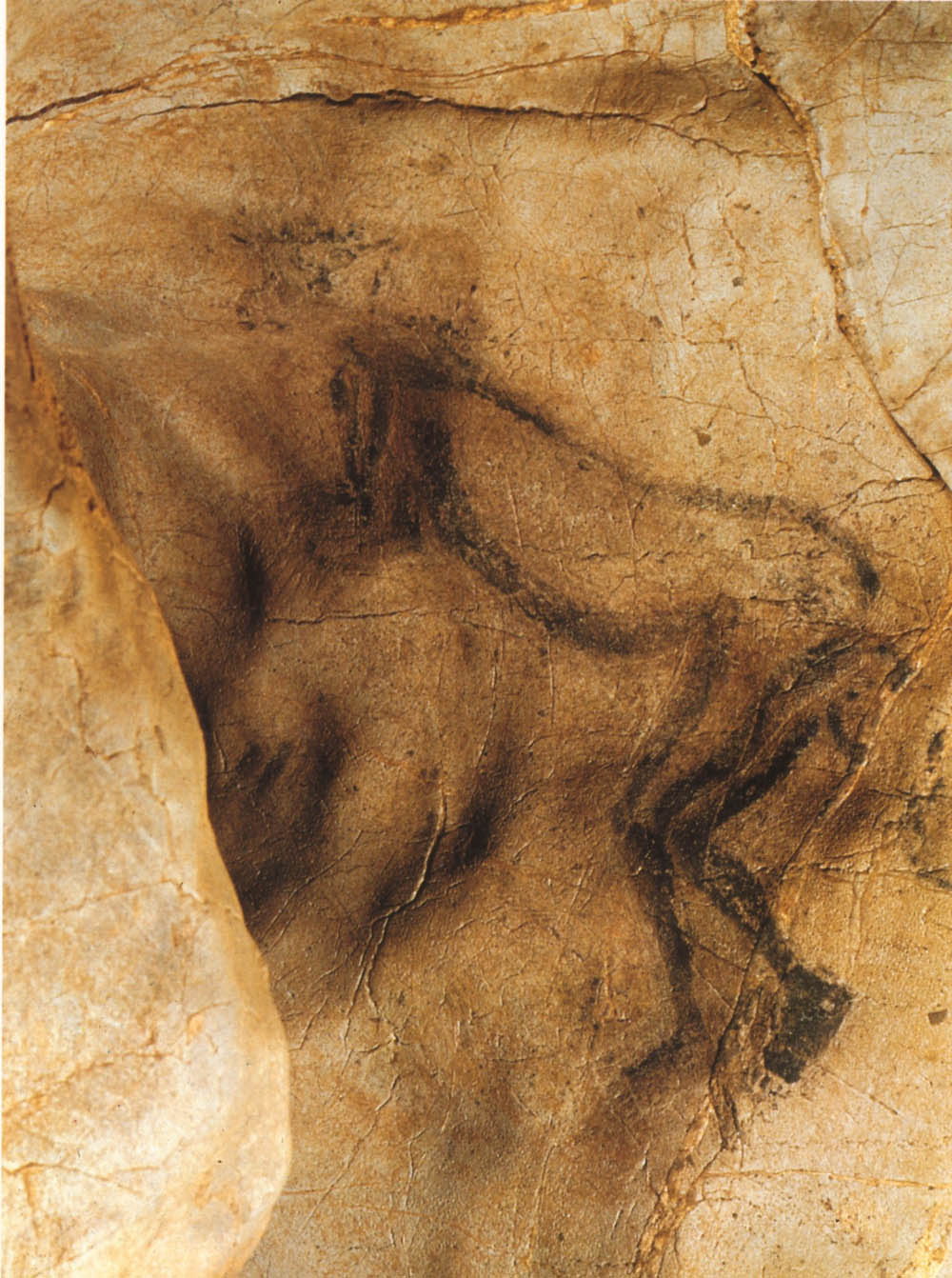
4
4: The “Sorcerer”
Trois Frères cave, Montesquieu-Avantès (France)
in situ
Upper Palaeolithic, 13,000 BCE
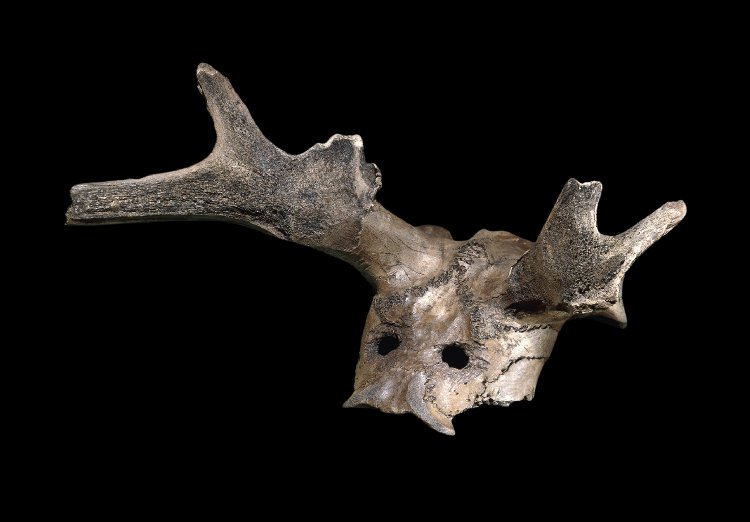
5
5: Mask made with a red deer antler frontlet with carved eyeholes
Star Carr, Scarborough (UK)
Yorkshire Museum (Scarborough)
Mesolithic, 9,300-8,500 BCE
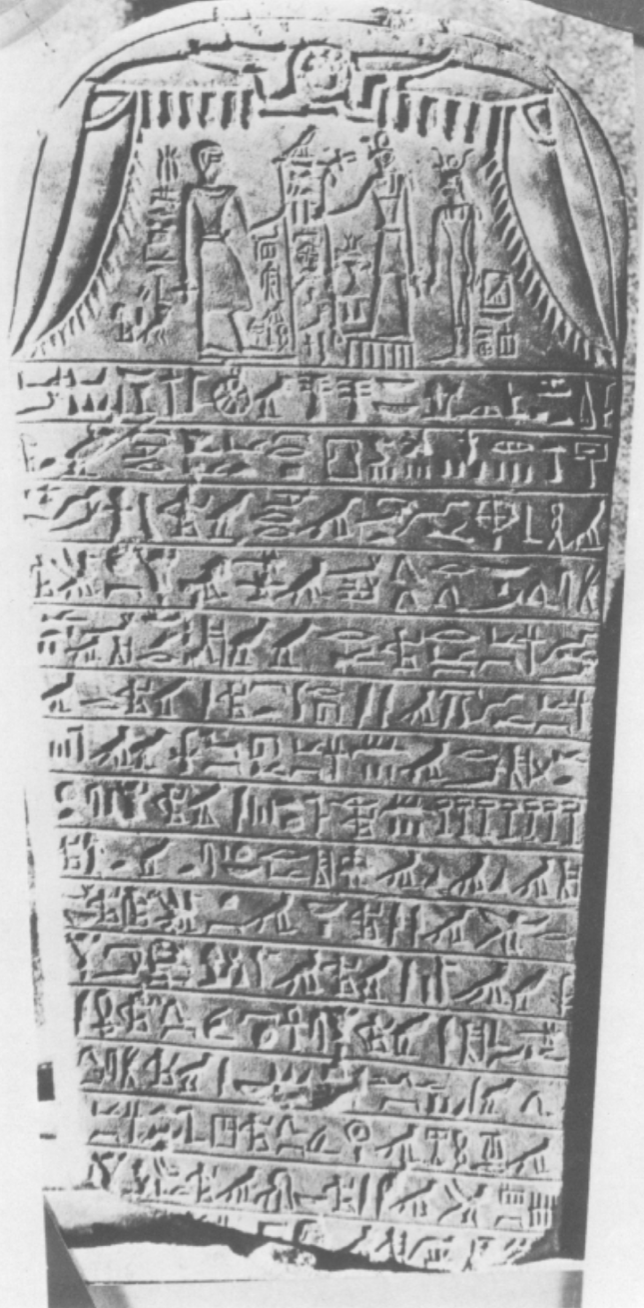
6
6: The Stela of Emhab
Edfu (Egypt)
Egyptian Museum of Cairo (Egypt)
XVII Dynasty, 16th cent. BCE
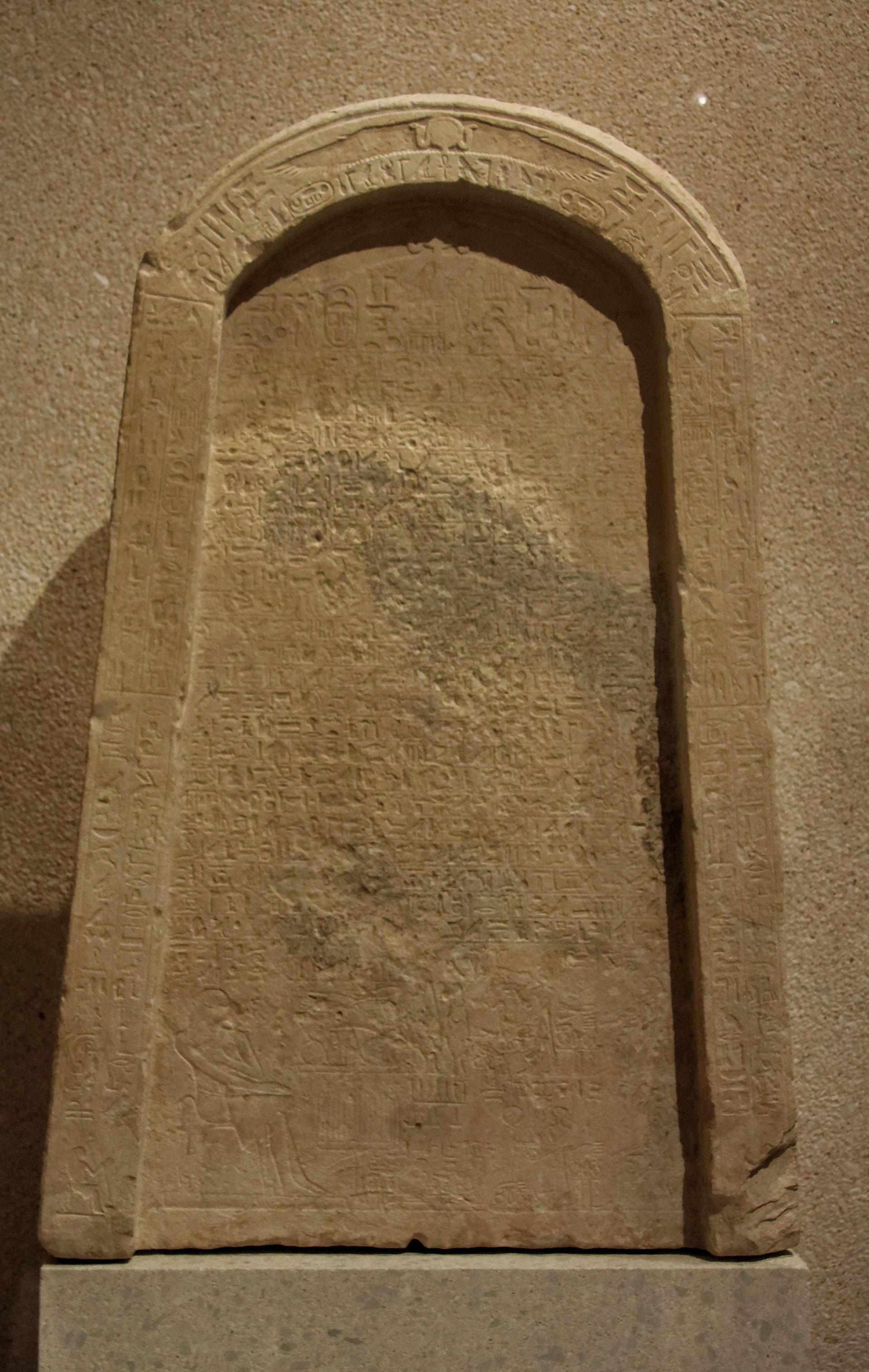
7
7: Ikhernofret Stela
Abydos (Egypt)
Egyptian Museum of Berlin (Germany)
1879-1846 BCE (Sesotris III)
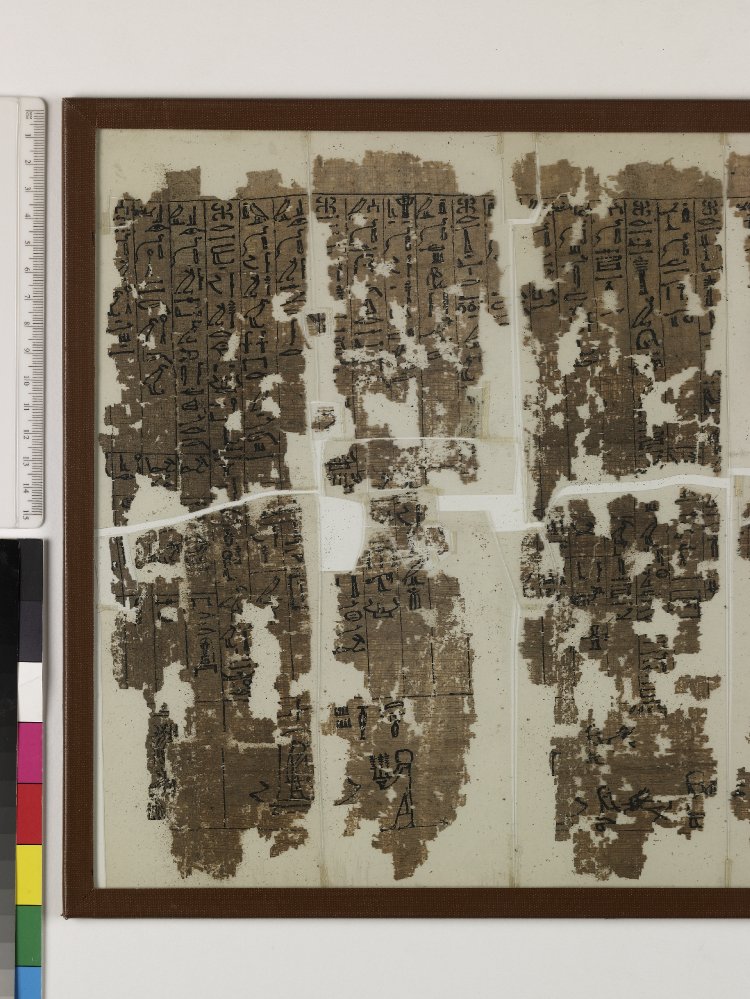
8
8: Papyrus Ramesseum B (the “Dramatic Papyrus”)
Thebes (Egypt)
The British Museum of London (UK)
1962-1928 BCE (Sesotris I)

9
9: The Shabaka Stone
Memphis (Egypt)
The British Museum of London (UK)
716-702 BCE
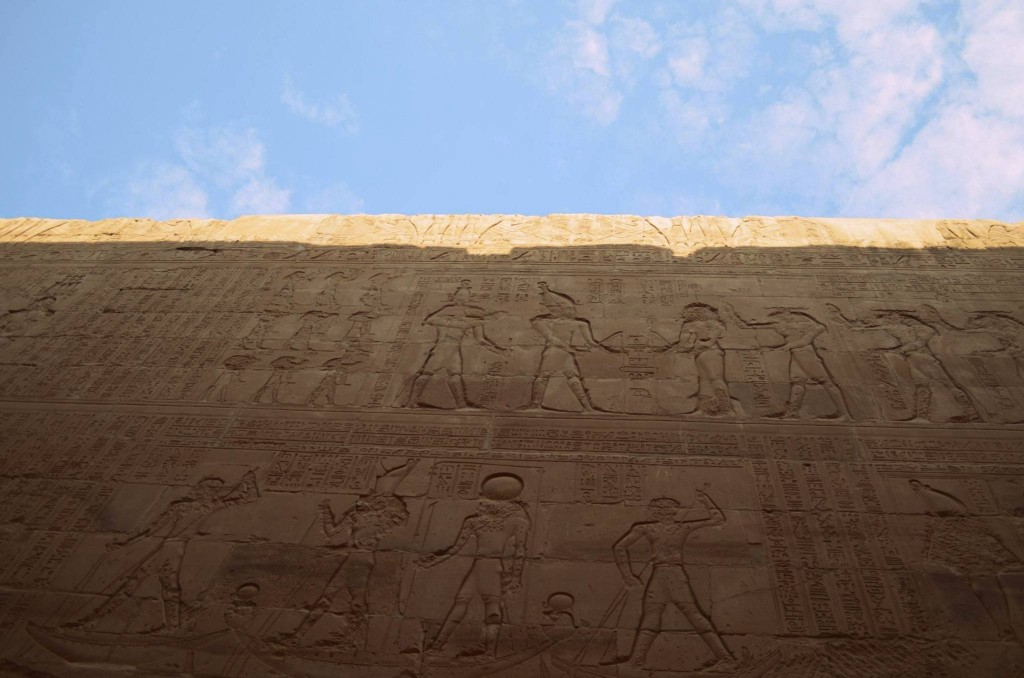
10
10: The Triumph of Horus
Edfou (Egypt)
in situ
110 BCE
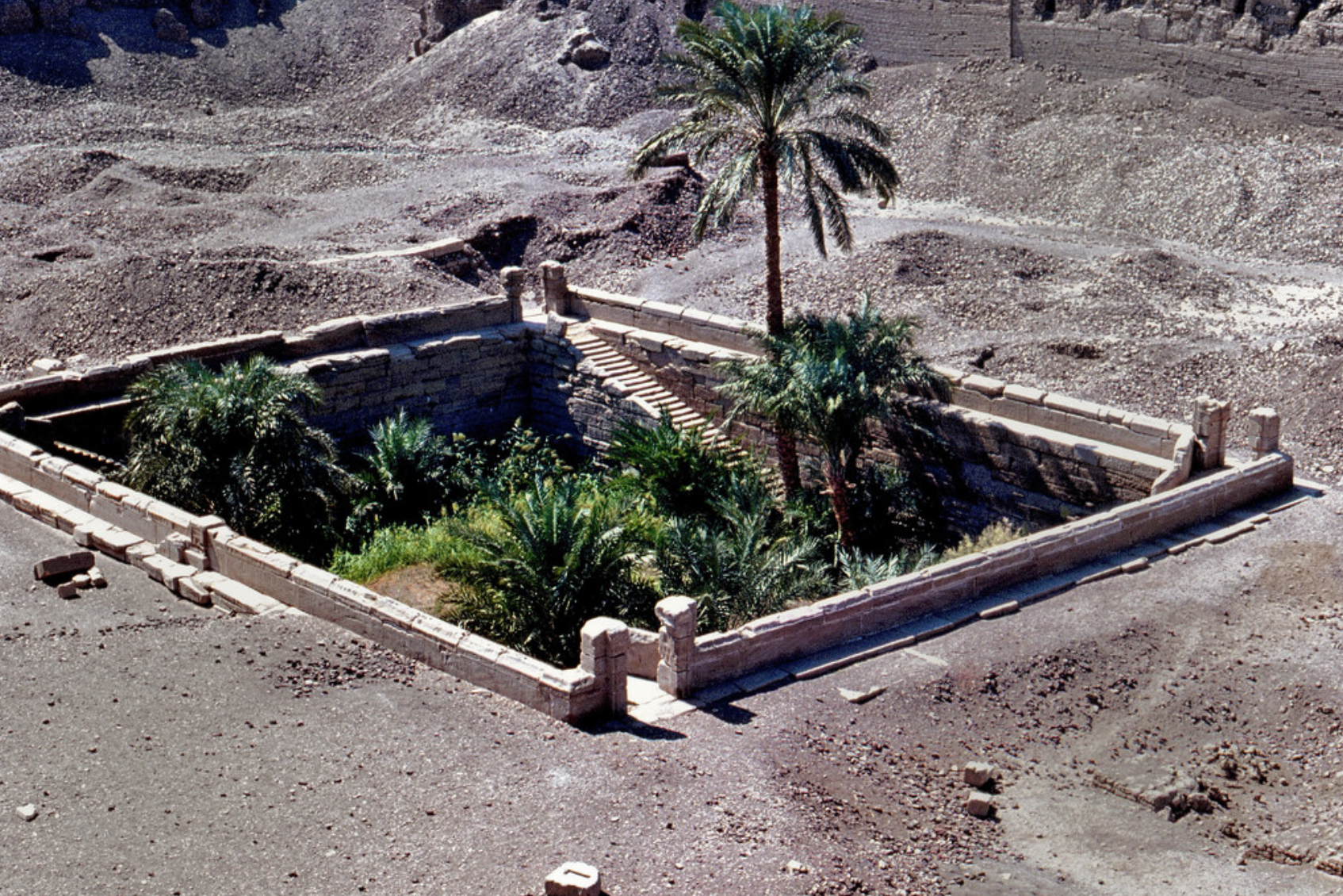
11
11: The Sacred Lake of the Dendera Temple Complex
Dendera (Egypt)
in situ
4th cent. BCE
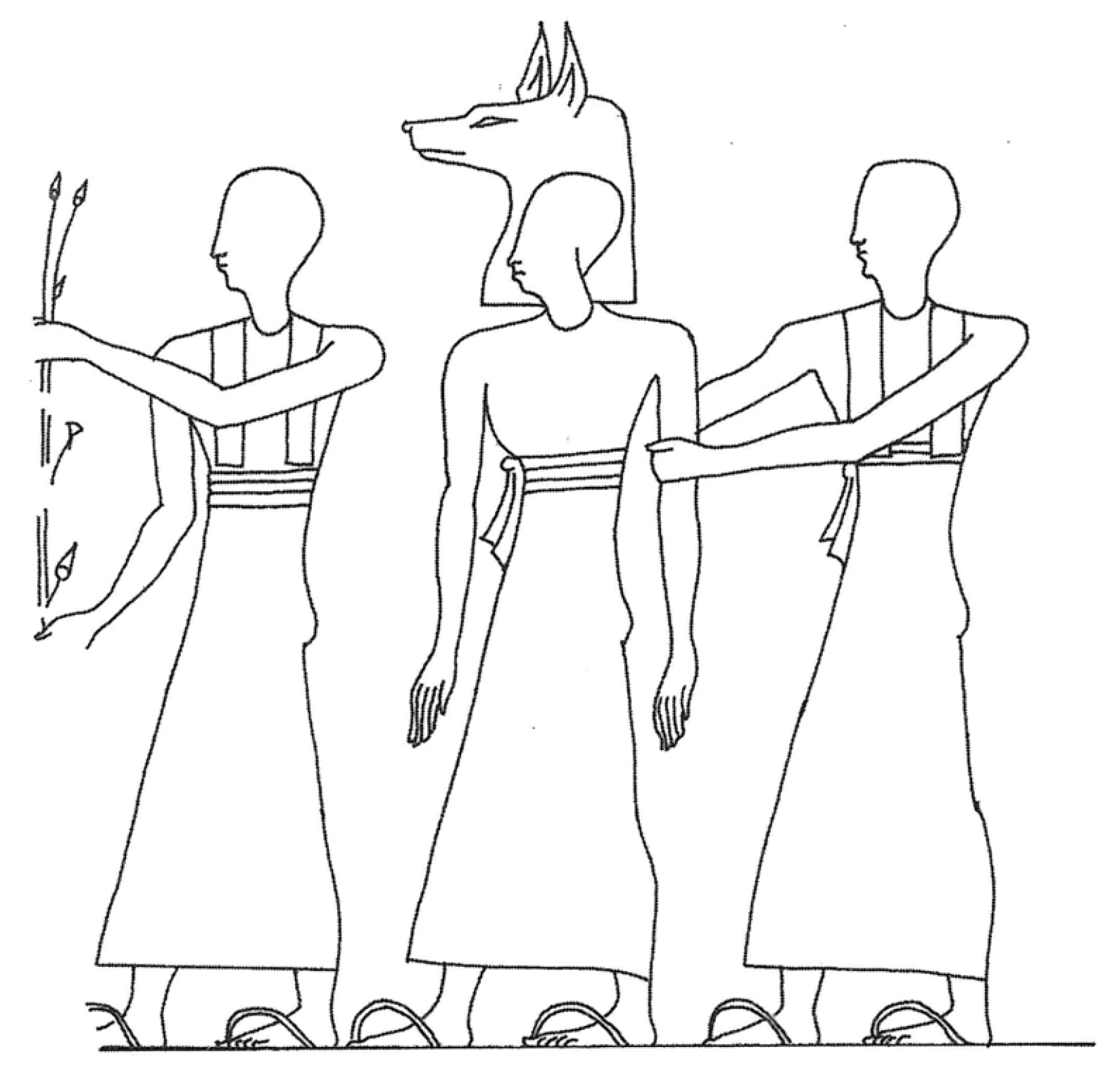
12
12: Procession of the Choiak festival
Denderah (Egypt)
in situ
4th cent. BCE

13
13: Cartonnage mask of Anubis
Thebes (Egypt)
Royal Pump Room Museum of Harrogate (UK)
8th-4th cent. BCE
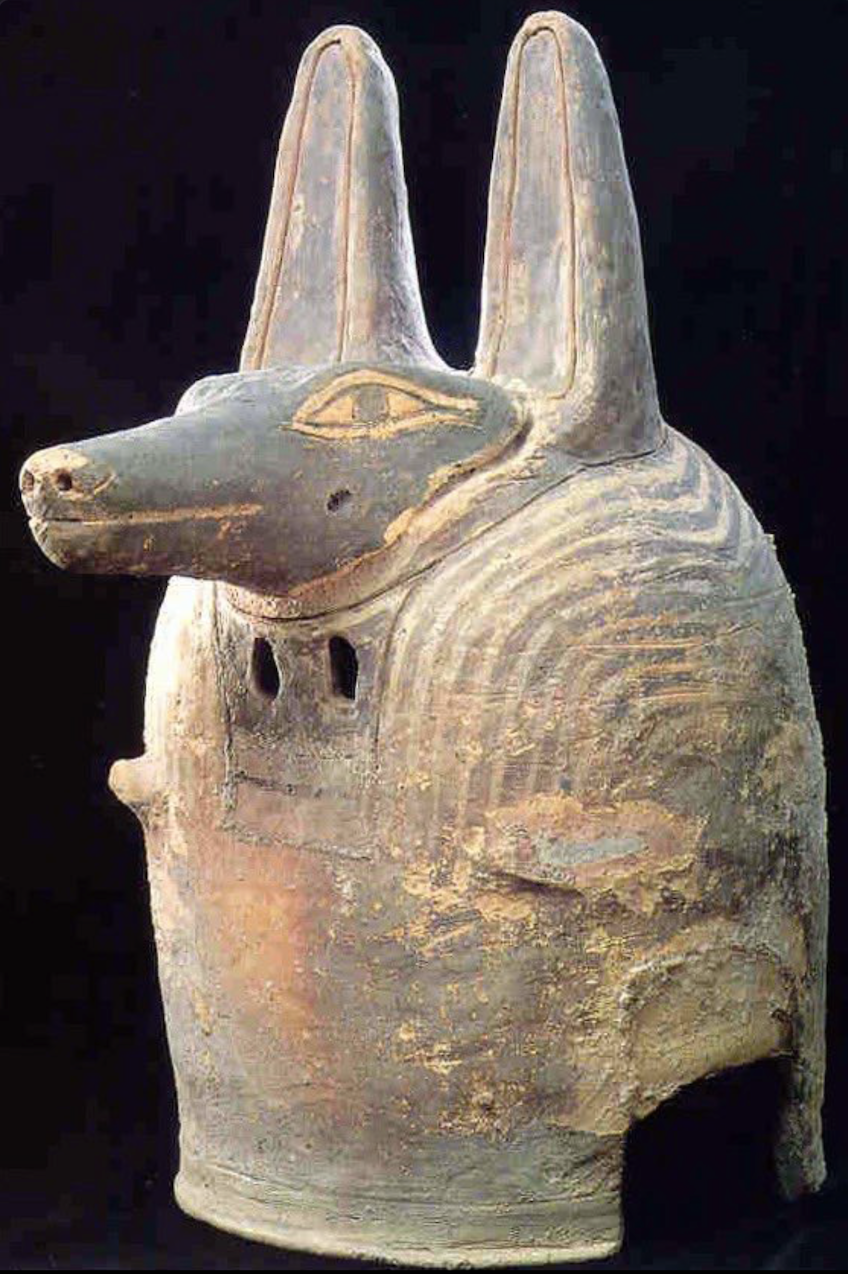
14
14: Terracotta mask of Anubis
Egypt
Pelizaeus Museum of Hildesheim (Germany)
6th cent. BCE

15
15: The ziggurat of Ur
Ur (Iraq)
in situ
2100 BCE
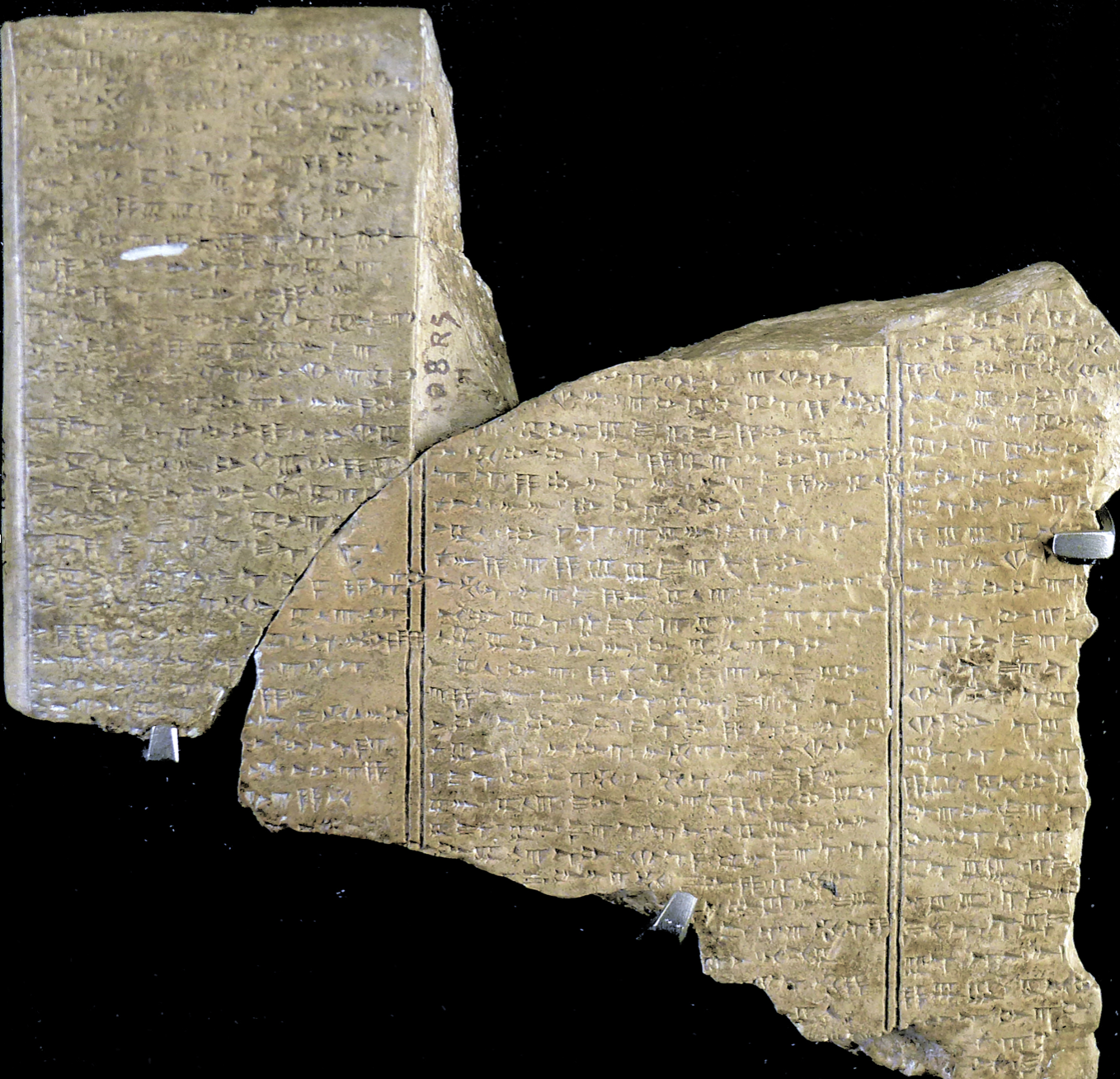
16
16: Clay tablet preserving the Baal Cycle
Ugarit (Syria)
?
1500 BCE
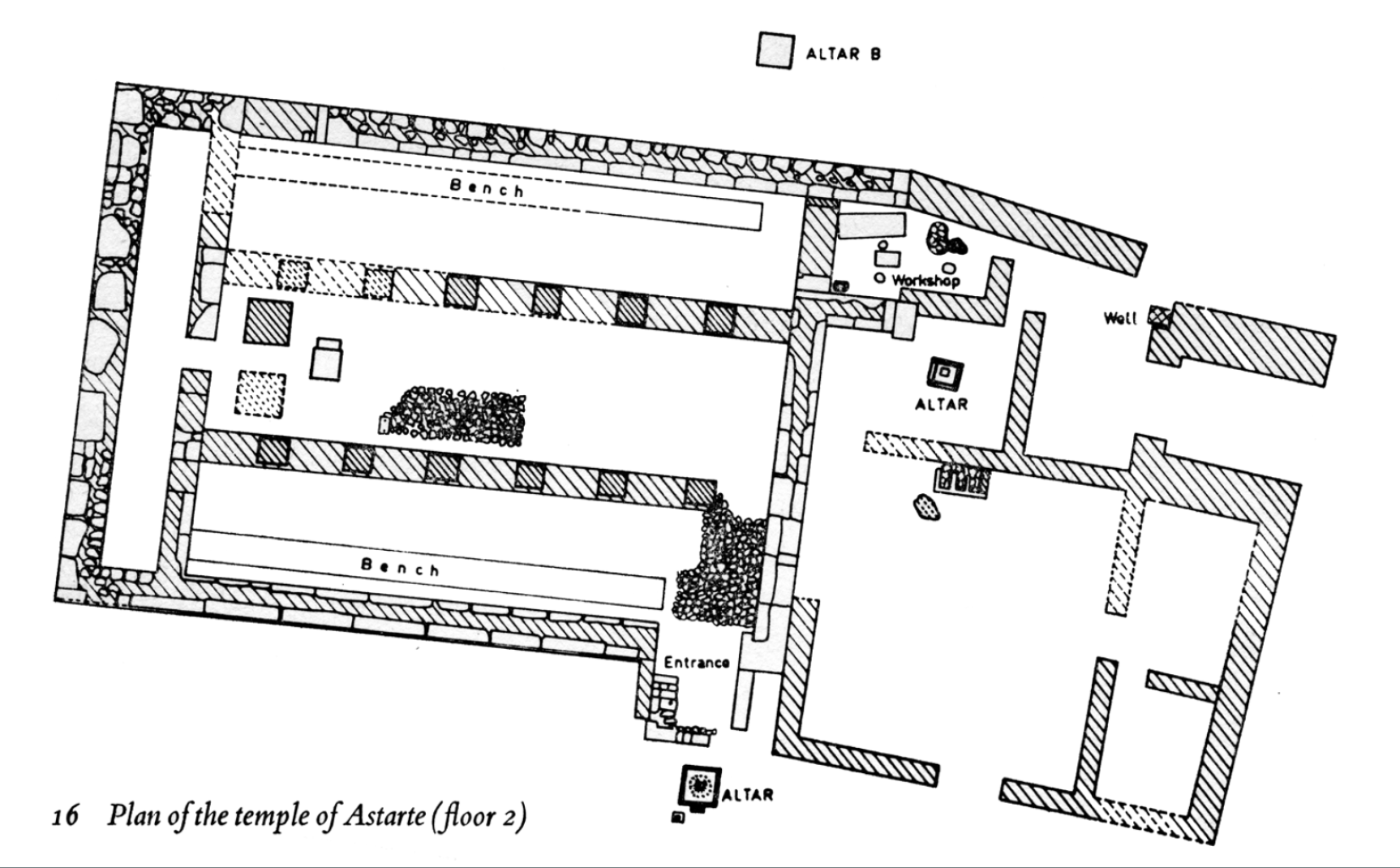
17
17: The Temple of Astarte at Kition
Kition (Cyprus)
in situ
6th-5th cent. BCE
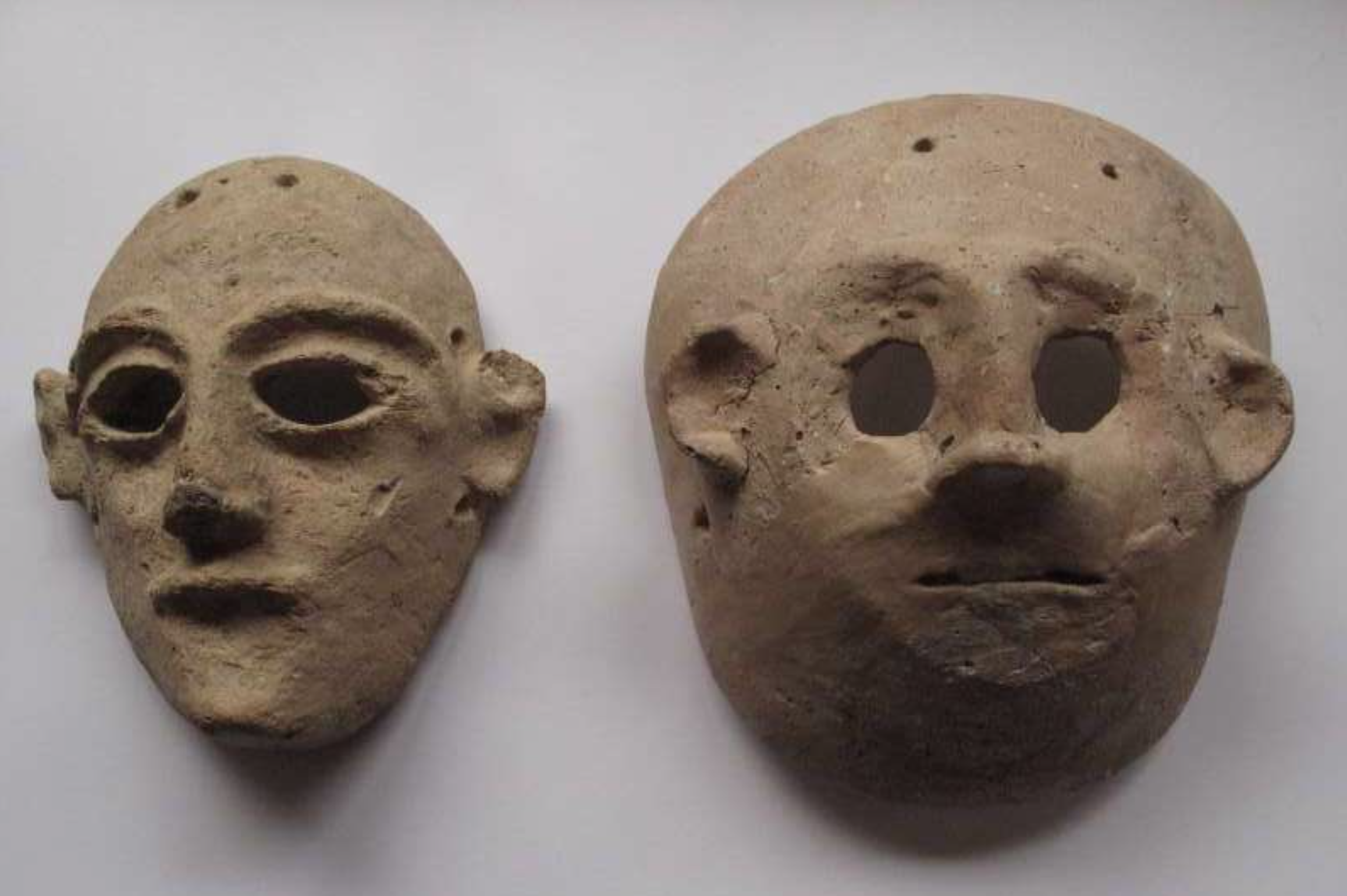
18
18: Canaanite terracotta masks (Baal?)
Hazor (Israel)
Israel Museum of Jerusalem (Israel)
14th-13th cent. BCE
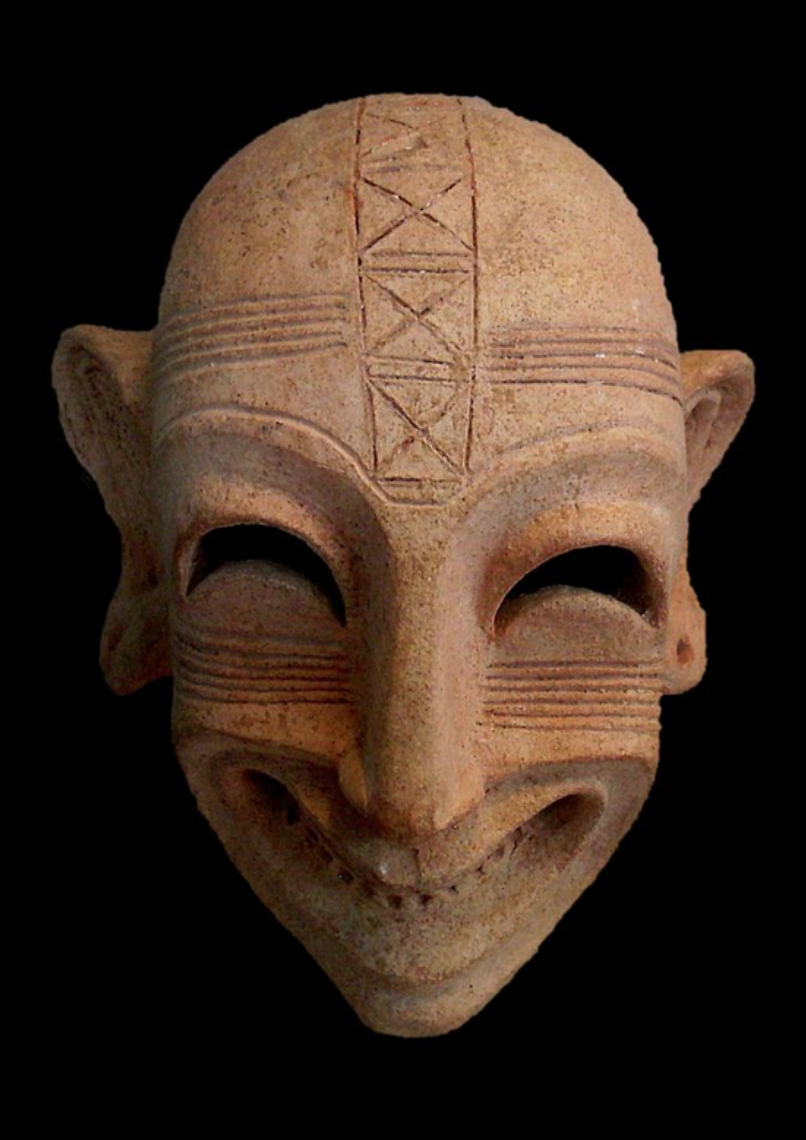
19
19: Phoenician terracotta grinning mask
Carthage (Tunisia)
Bardo Museum of Tunis (Tunisia)
6th cent. BCE
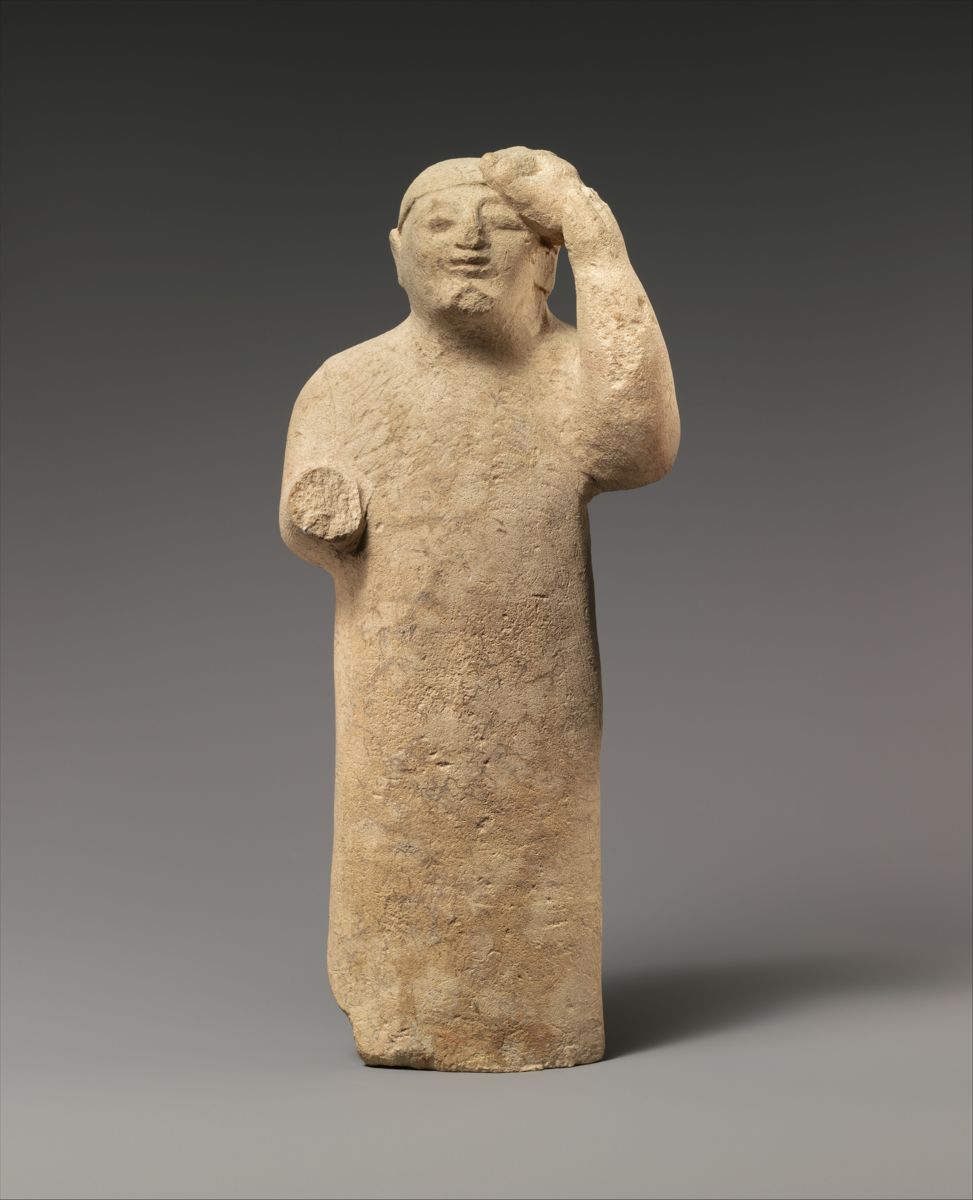
20
20: Limestone male figure holding a mask of a lion against his head with his left hand
Golgoi - Ayios Photios (Cyprus)
The Met (USA)
late 6th cent. BCE
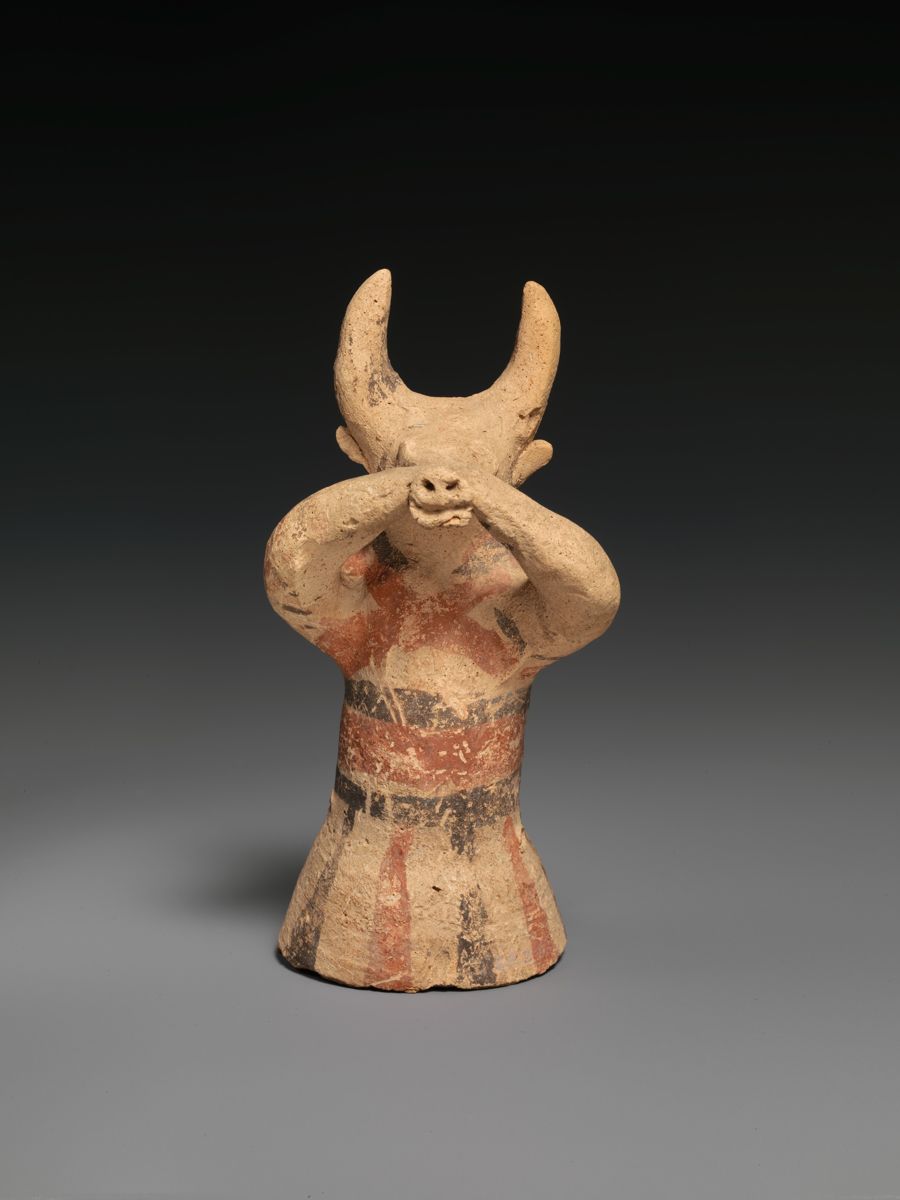
21
21: Terracotta figurine of a priest wearing a bull mask
Cyprus
The Met (USA)
750-600 BCE
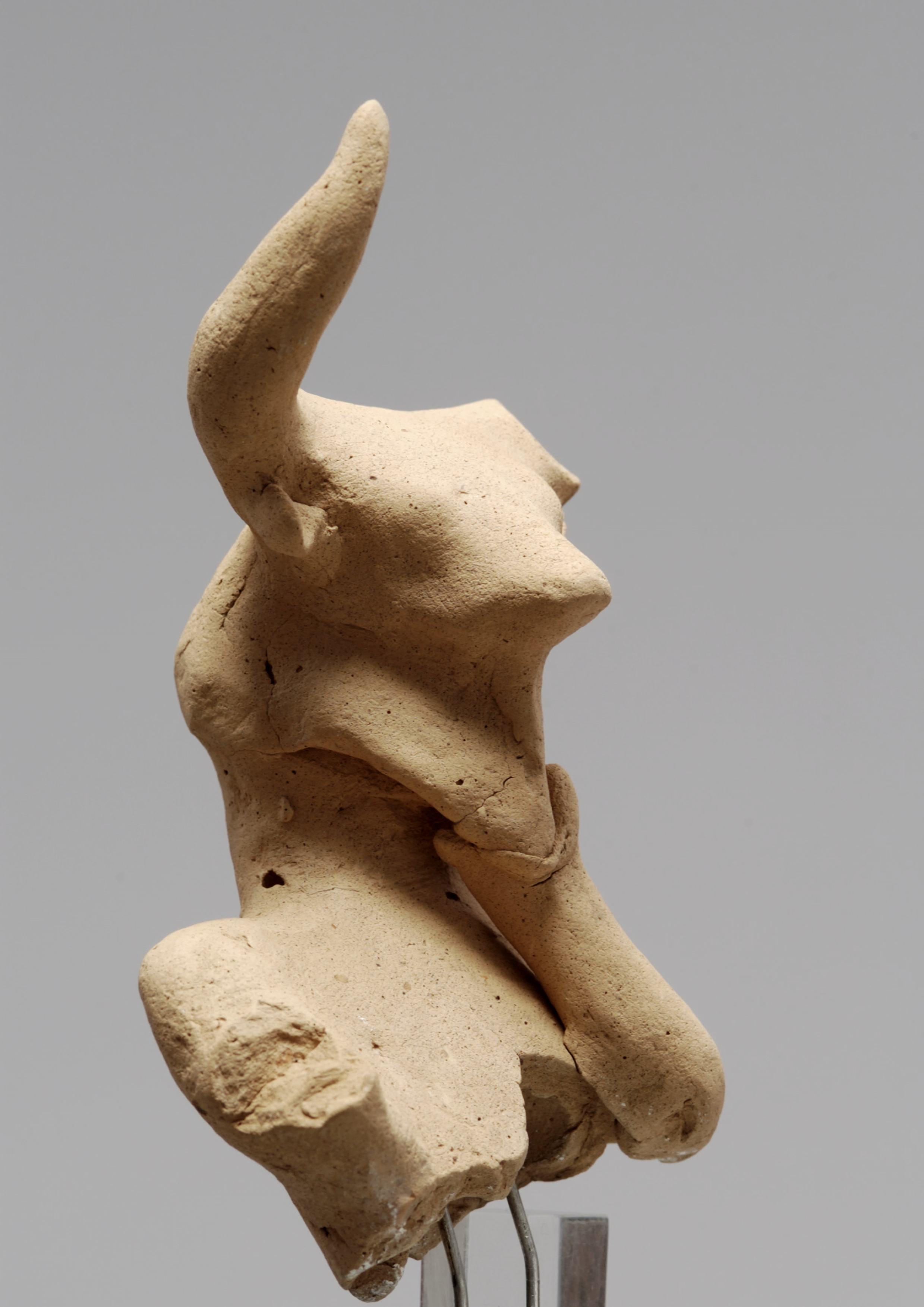
22
22: Terracotta statuette of a human wearing a bull mask
Agia Irini (Cyprus)
Medelhavsmuseet of Stockholm (Sweden)
7th cent. BCE
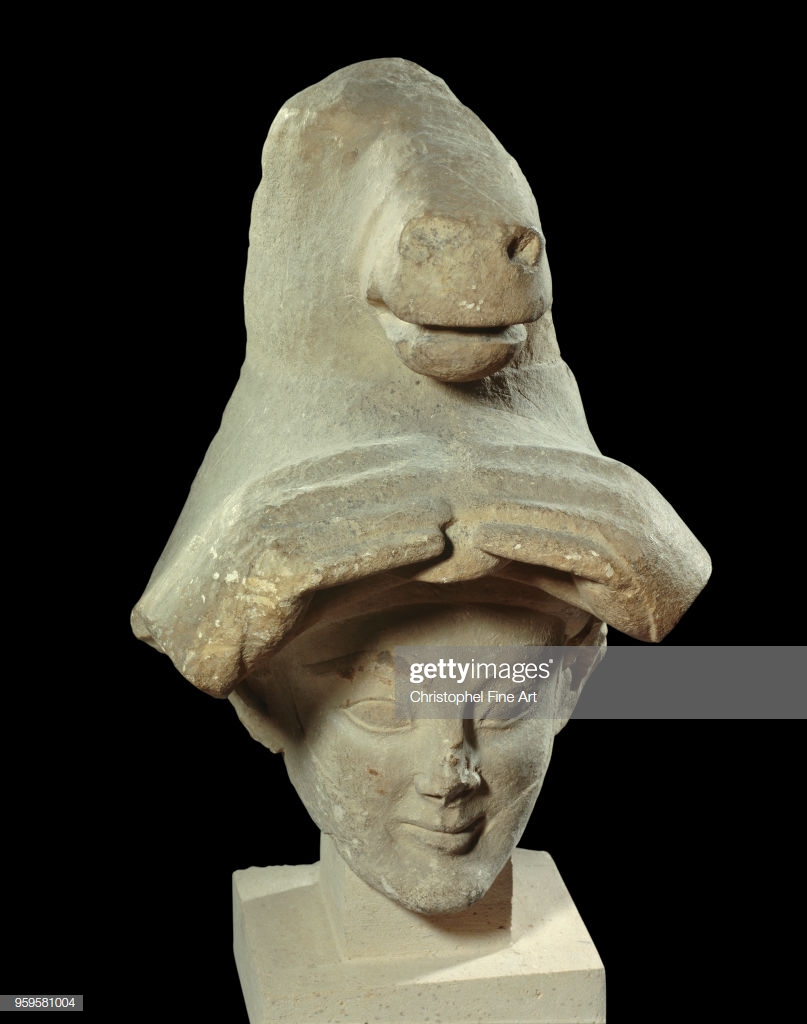
23
23: Priest wearing a bull mask
Cyprus
Louvre (France)
530-520 BCE

24
24: Limestone figure with a stag mask
Golgoi - Ayios Photios (Cyprus)
The Met (USA)
6th cent. BCE
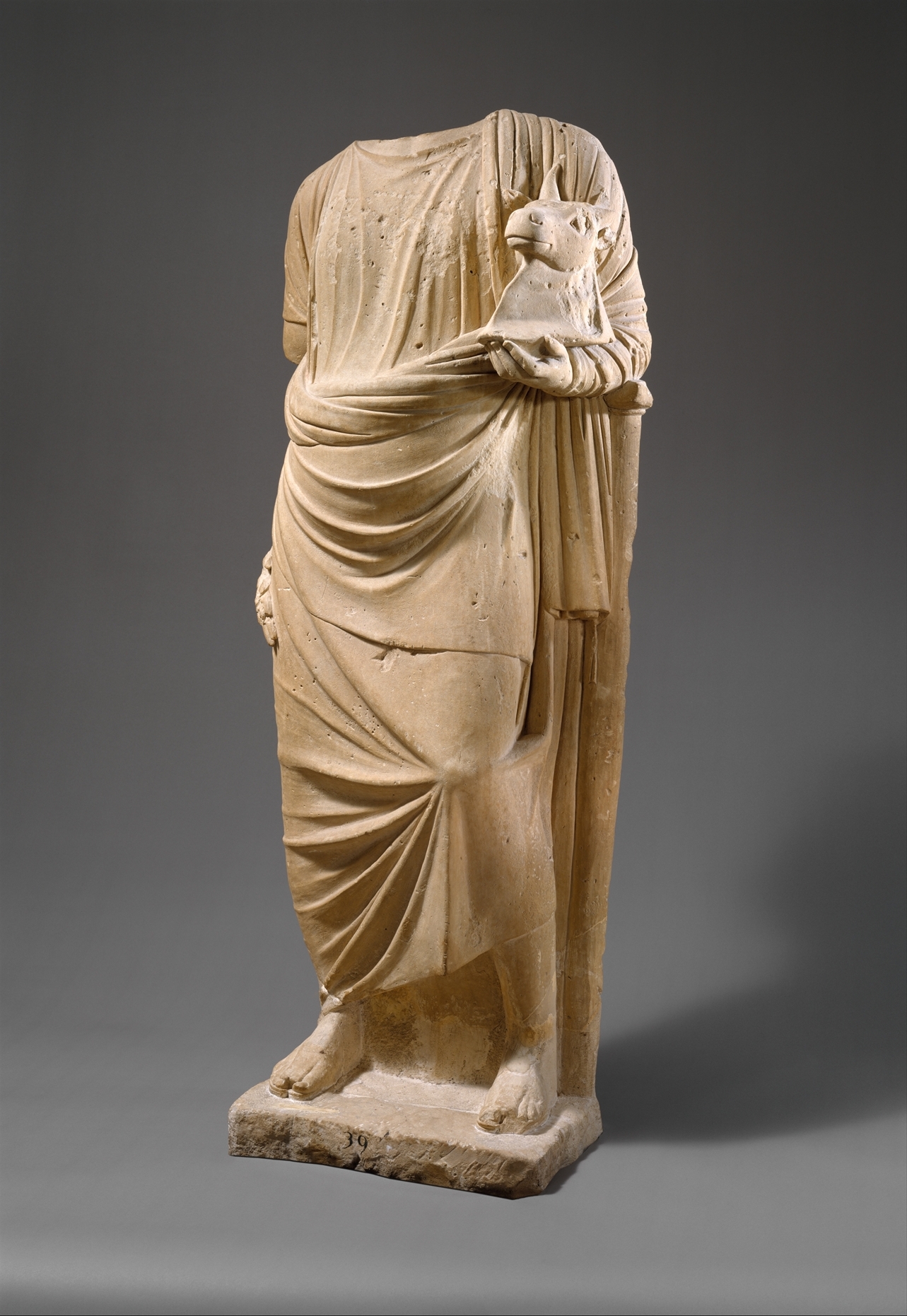
25
25: Limestone statue of a man hoding a mask in the form of a bull’s head
Golgoi - Ayios Photios (Cyprus)
The Met (USA)
400-350 BCE
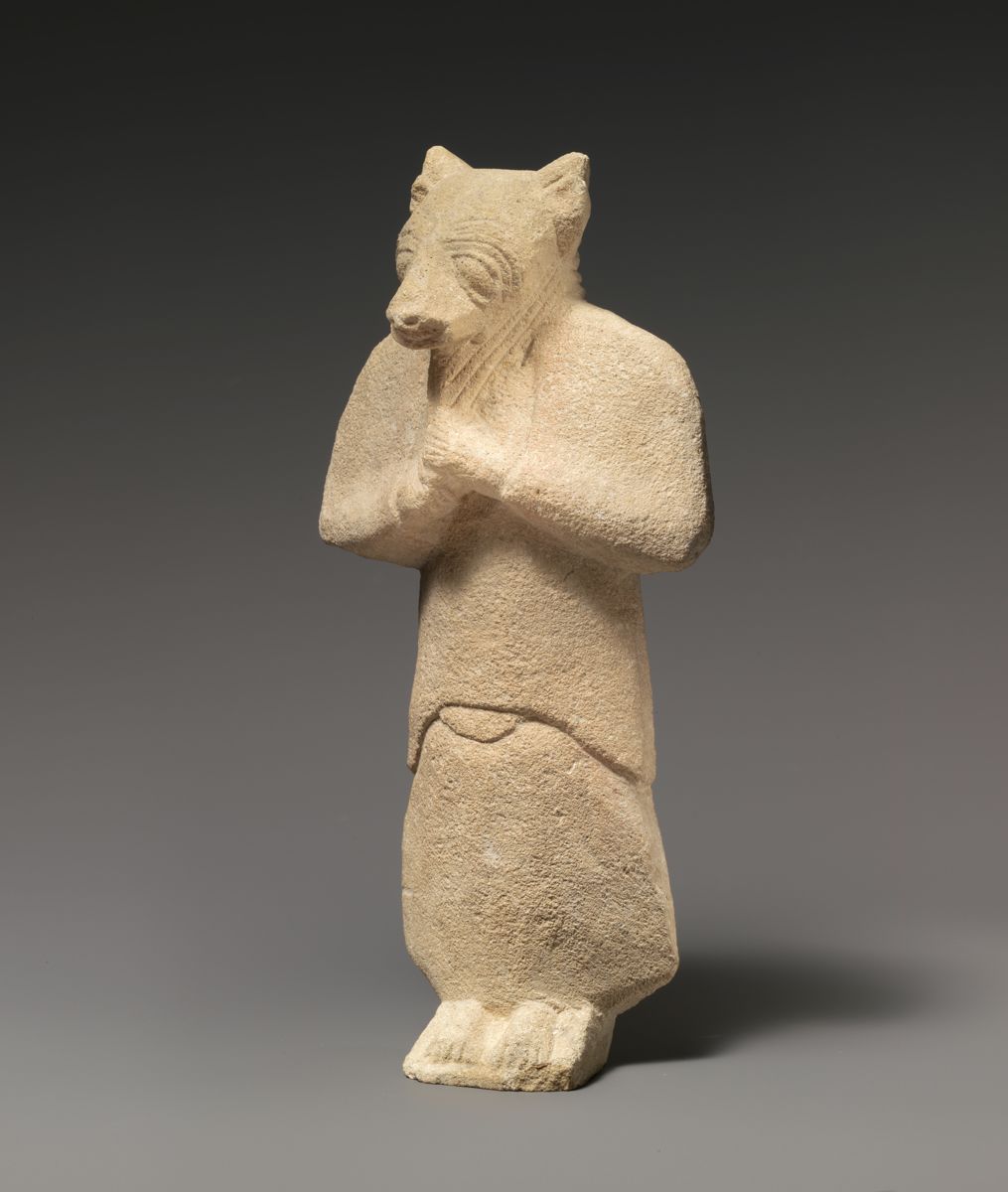
26
26: Limestone figure wearing a mask
Golgoi - Ayios Photios (Cyprus)
The Met (USA)
575-550 BCE
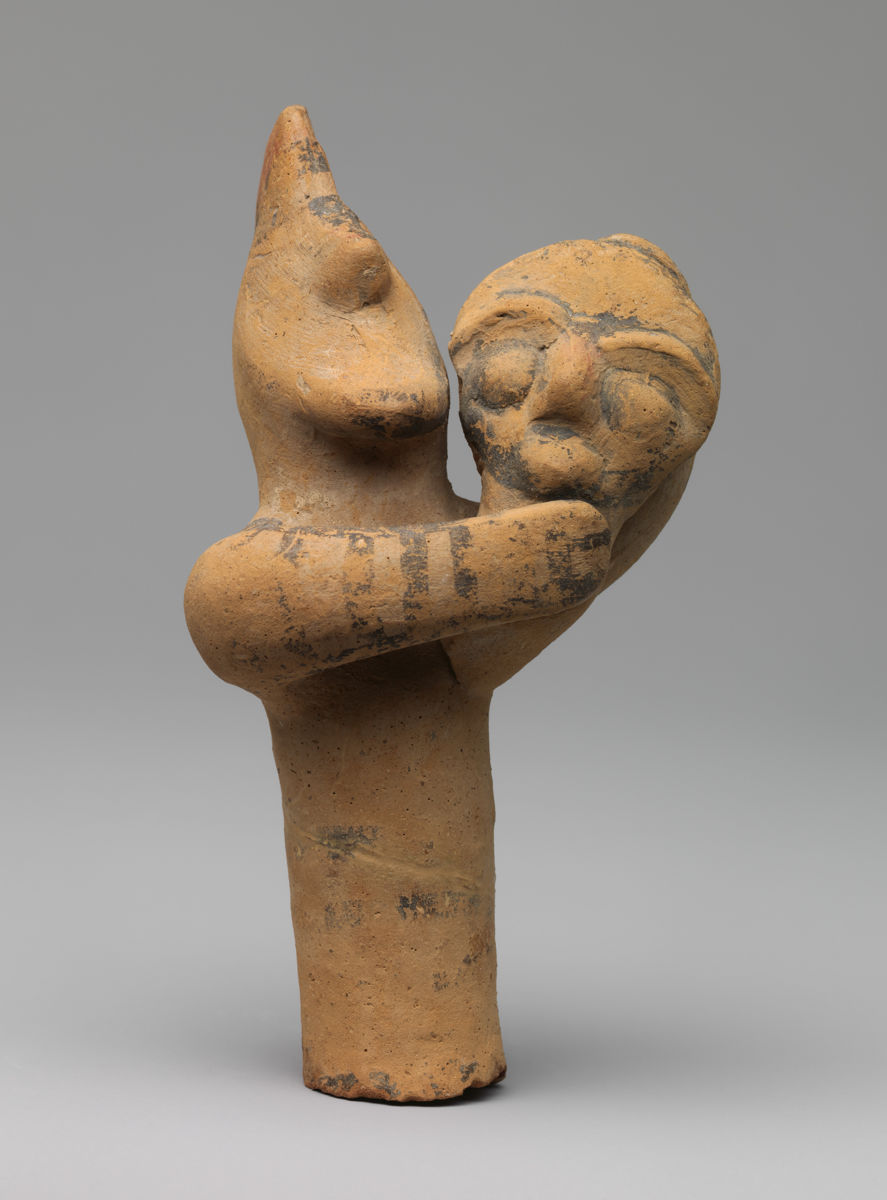
27
27: Terracotta statuette of a male figure holding the head and neck of a mask or image
necropolis of Ormidhia (Cyprus)
The Met (USA)
750-600 BCE
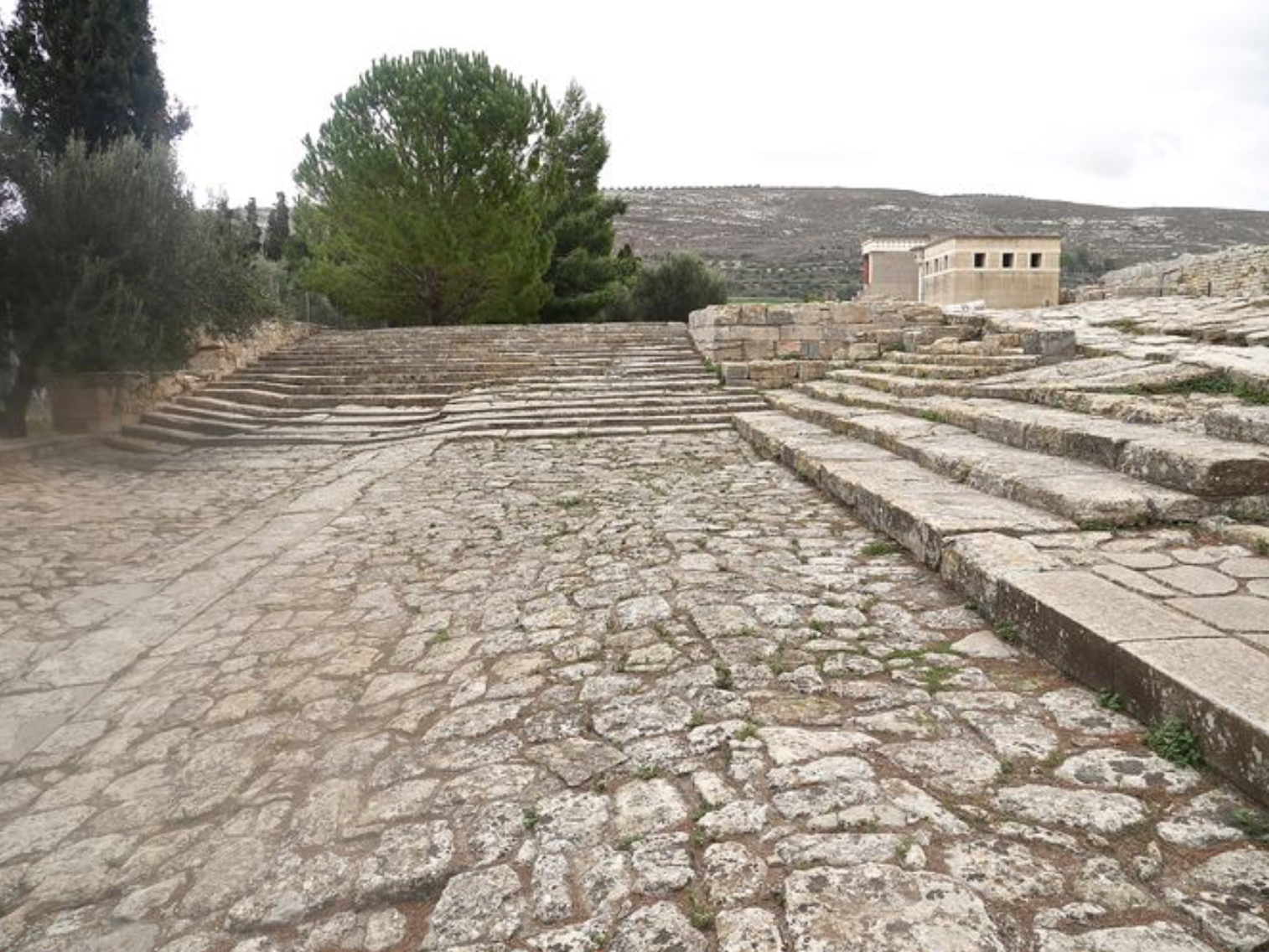
28
28: The “Theatral Area”
Knossos, Crete (Greece)
in situ
ca. 1,500 BCE
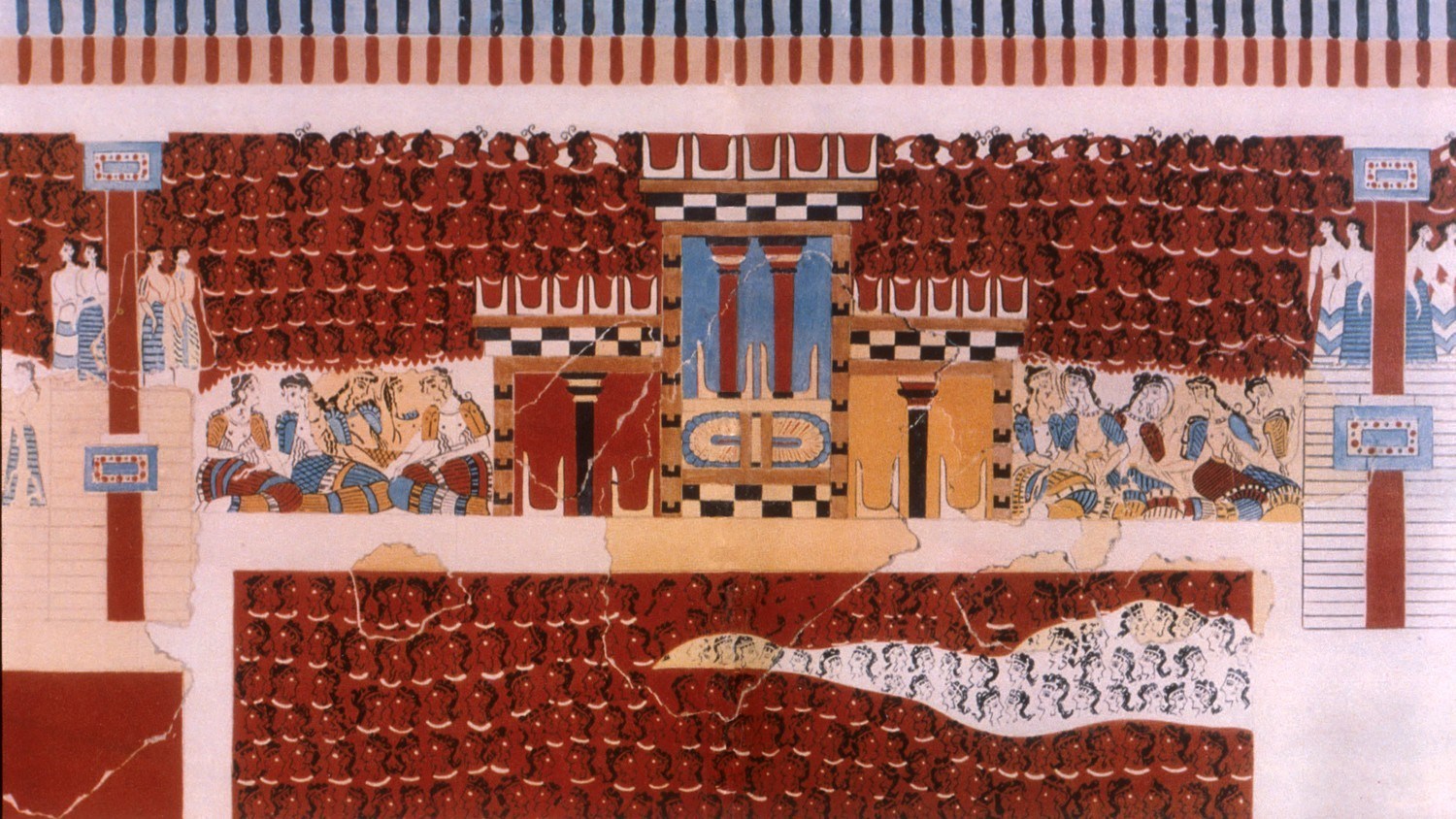
29
29: The “Grandstand” fresco
Knossos, Crete (Greece)
Museum of Cycladic Art at Athens (Greece)
ca. 1,500 BCE
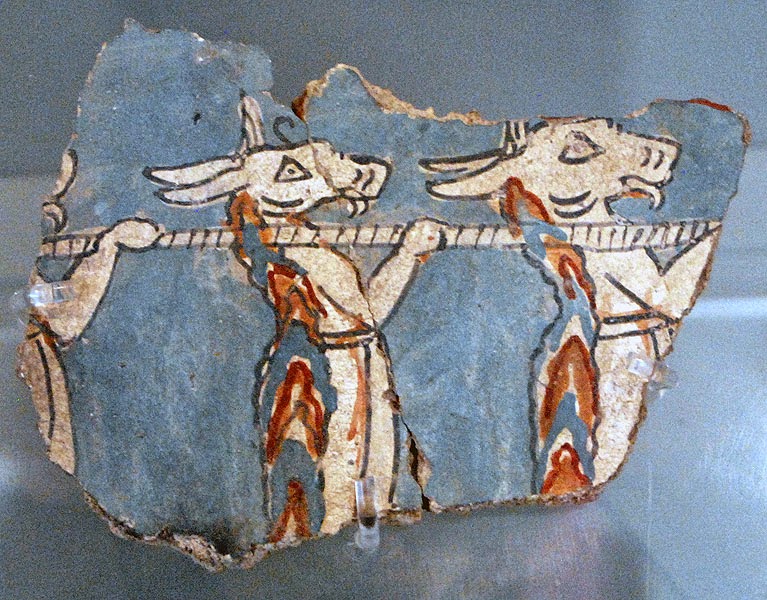
30
30: Fresco fragment with three donkey-headed daemons holding a wooden pole from which their prey hangs
Mycenae (Greece)
National Archaeological Museum / Archaeological Sit of Mycenae (Greece)
14th cent. BCE
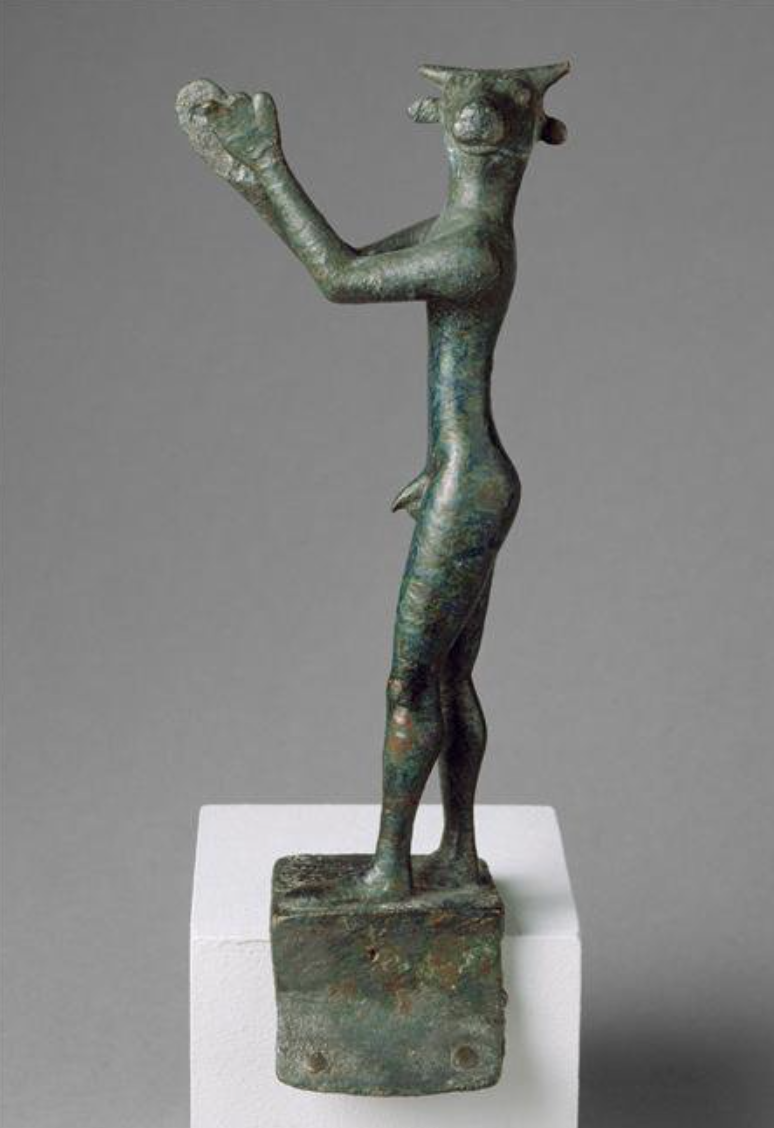
31
31: Bronze statuette of Minotaur
Olympia (Greece)
Louvre (Paris)
8th-7th cent. BCE
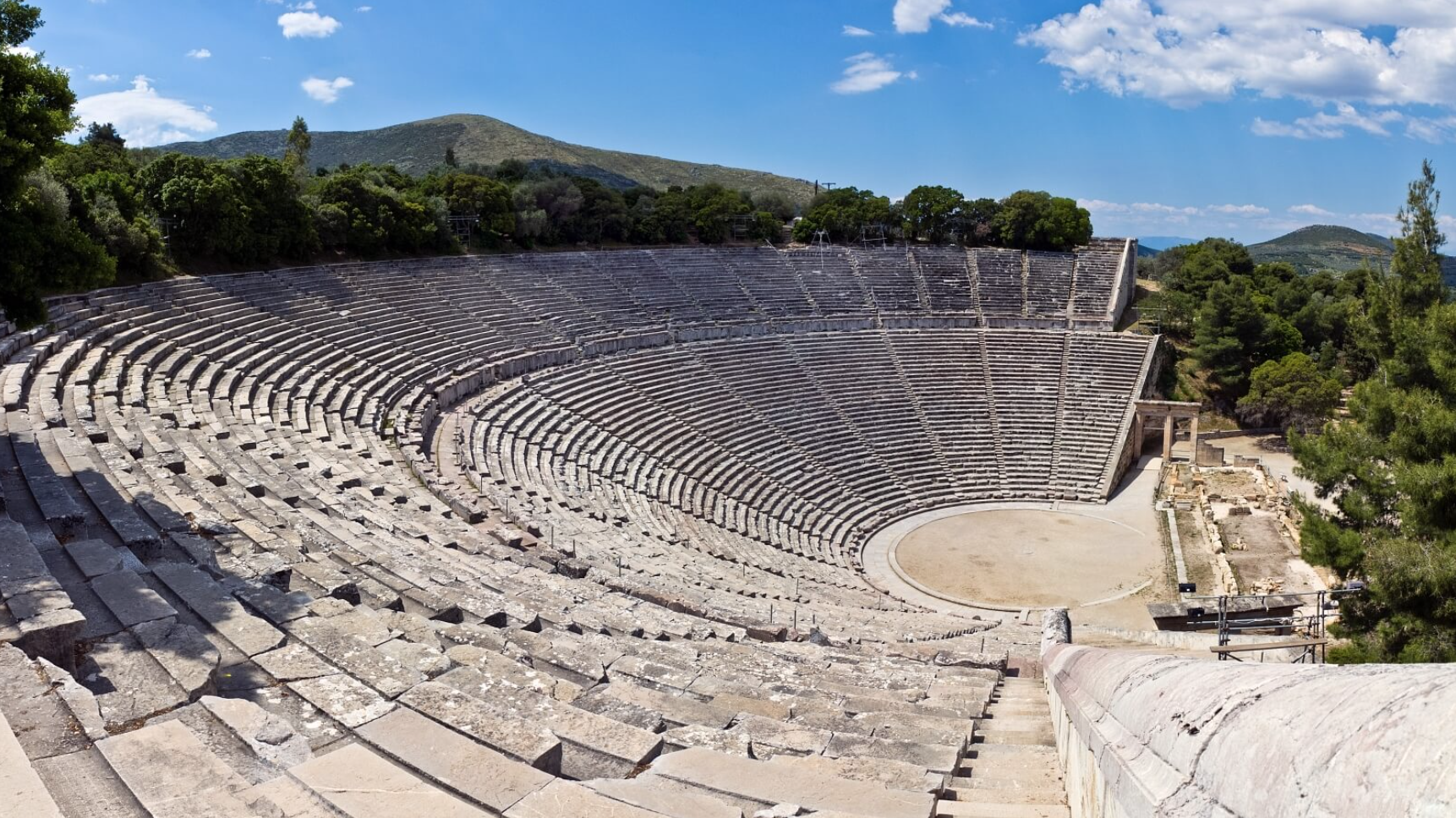
32
32: The theatre of Epidauros
Epidauros (Greece)
in situ
4th cent. BCE
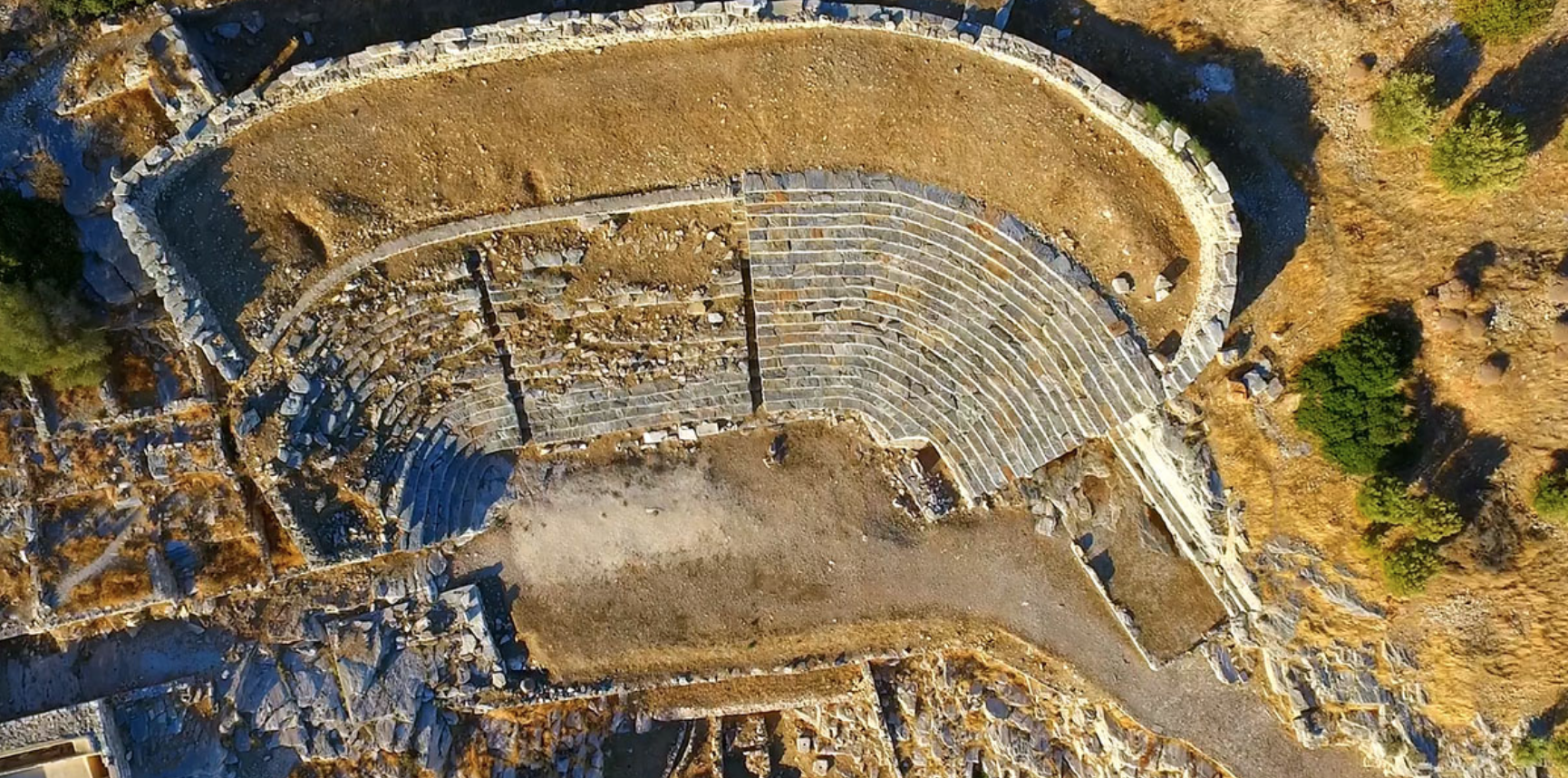
33
33: The theatre of Thorikos
Thorikos (Greece)
in situ
525-480 BCE
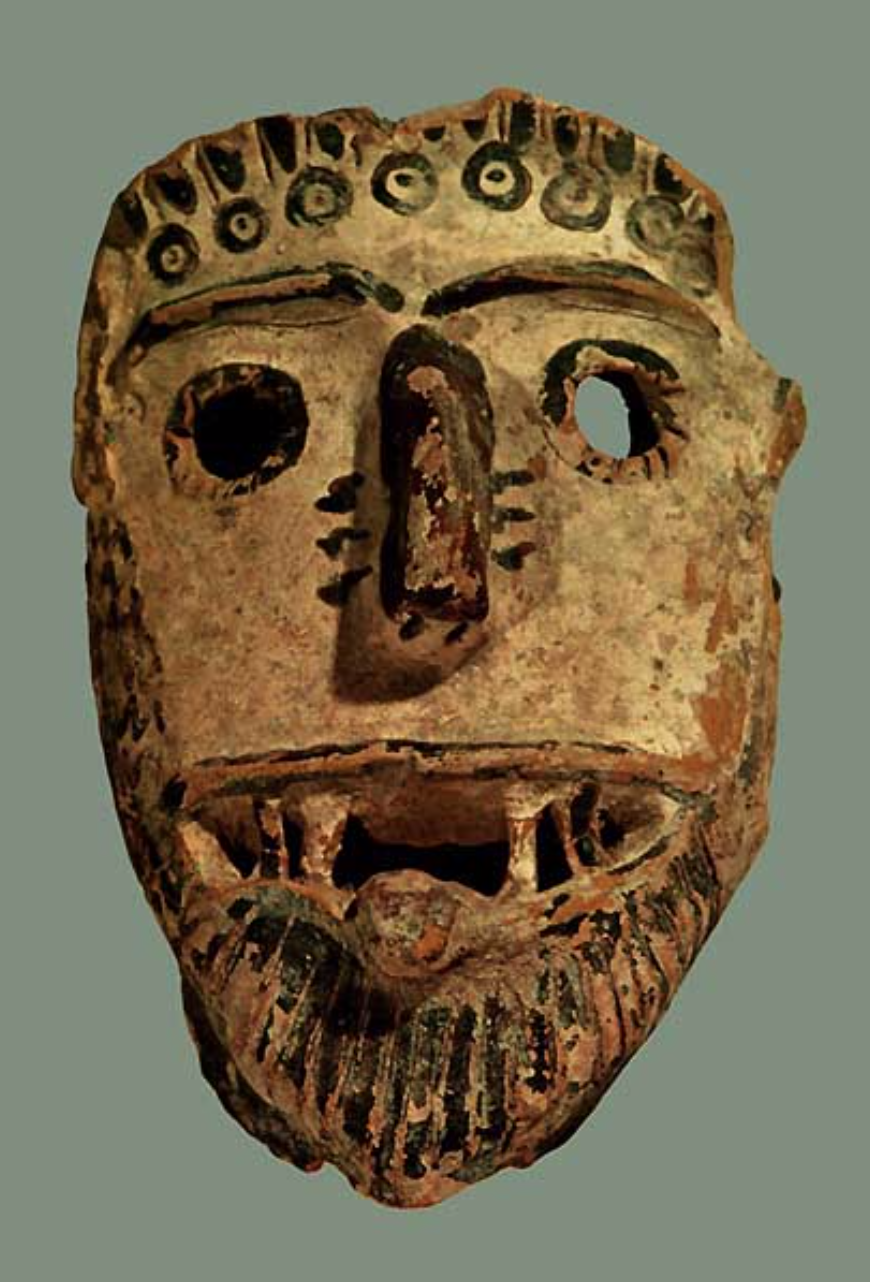
34
34: Mask from the sanctuary of theatre of Artemis Orthia
Sparta (Greece)
?
end of 7th - beginning of 6th cent. BCE

35
35: The sanctuary of Artemis Orthia
Sparta (Greece)
in situ
570 BCE
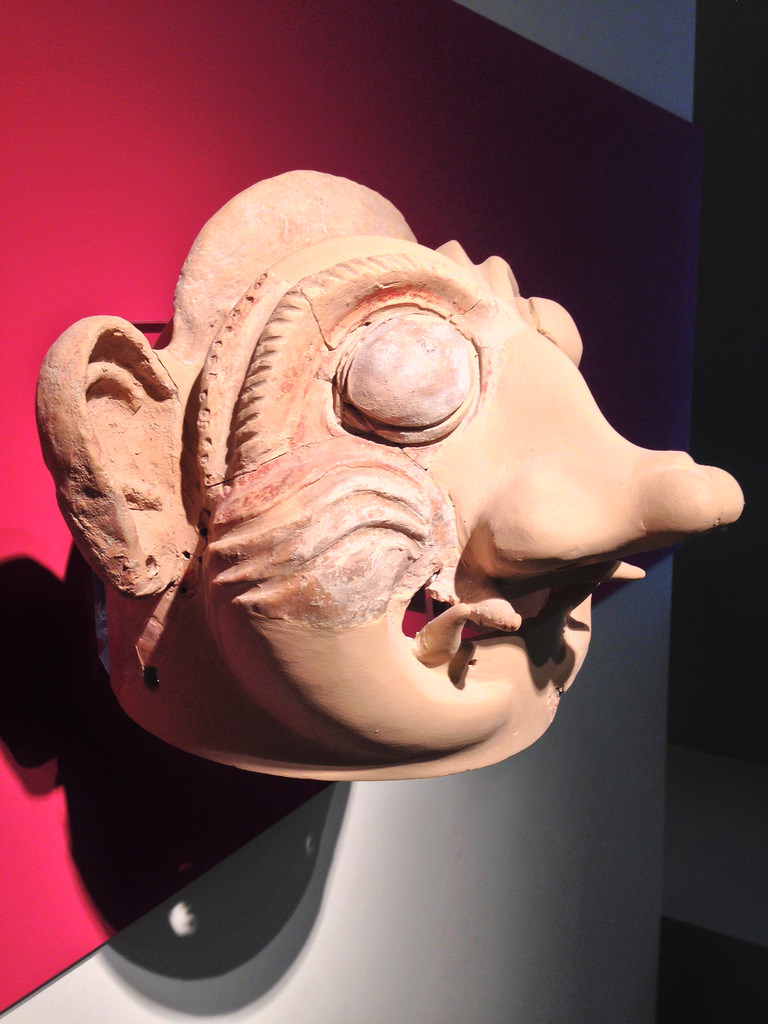
36
36: Terracotta ceremonial mask
Tiryns (Greece)
Nafplion Archaeological Museum (Greece)
7th cent. BCE
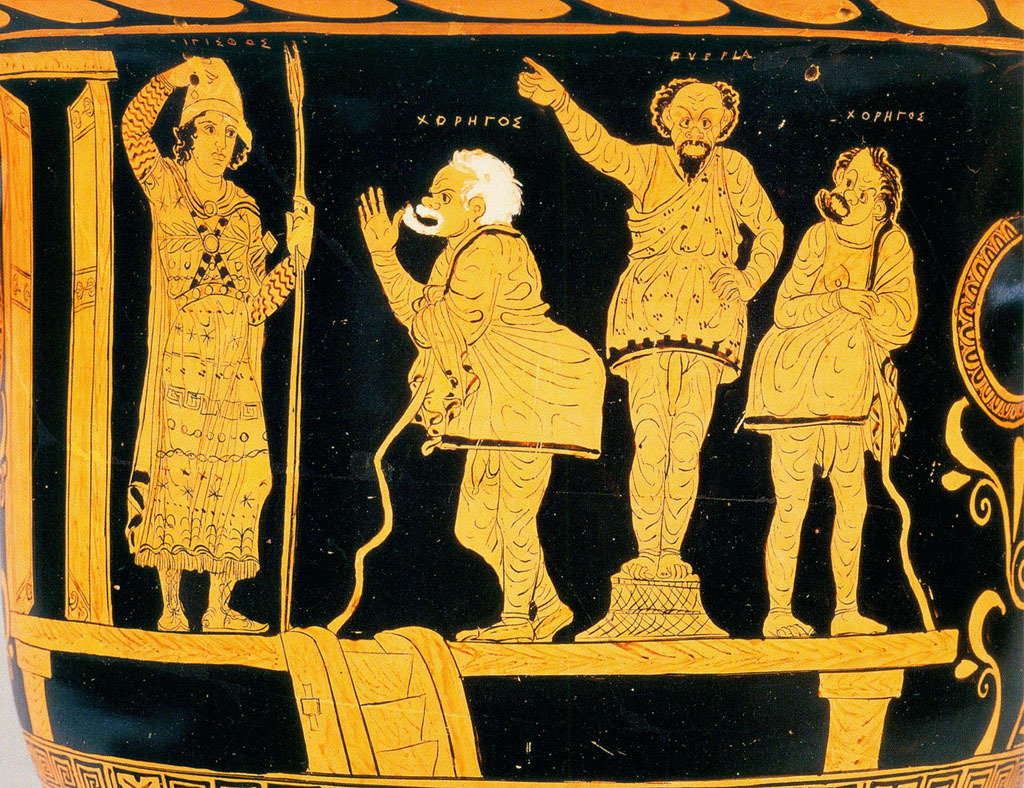
37
37: The Choregoi vase
Puglia (Italy)
J. Paul Getty Museum at Malibu (USA)
380 BCE
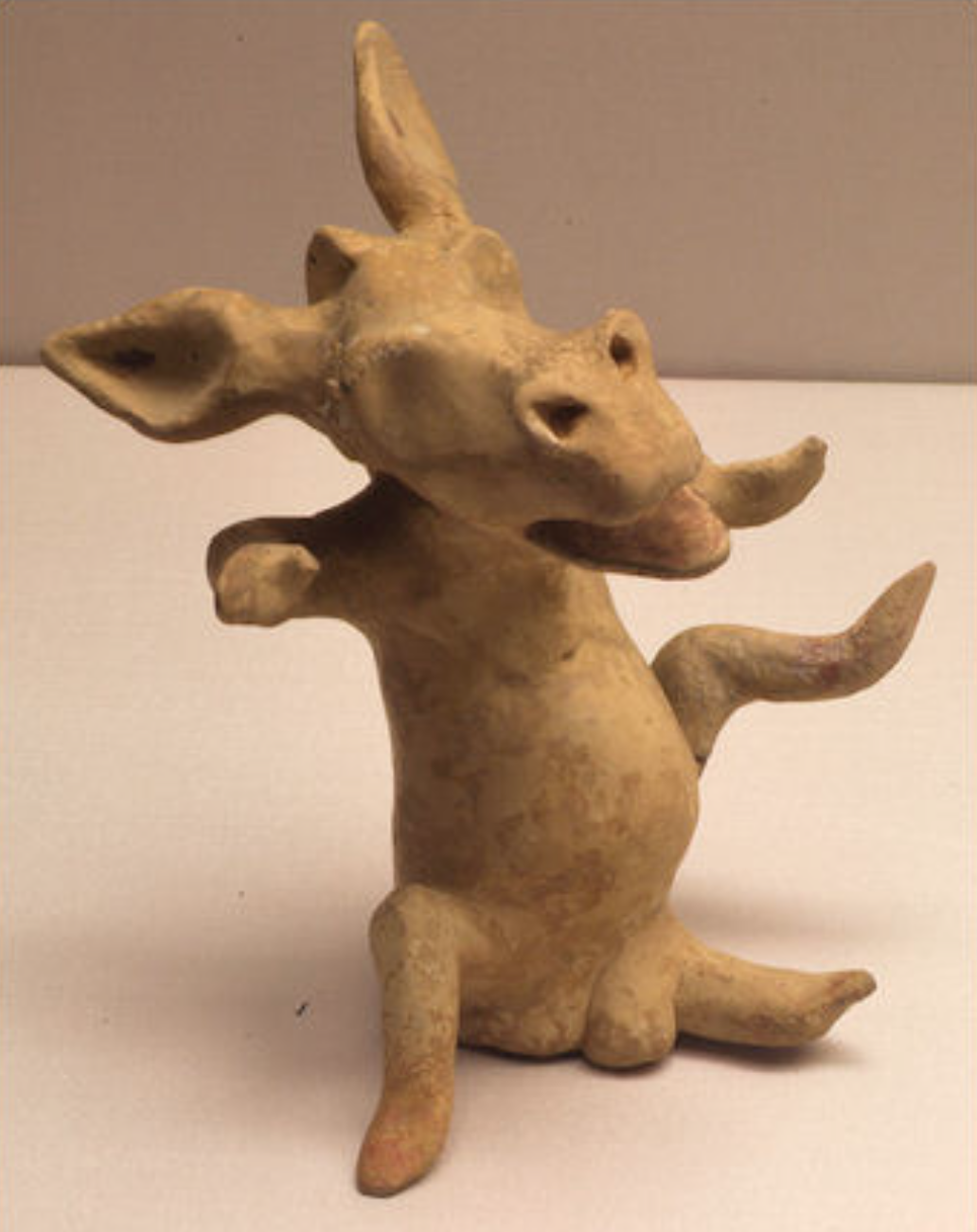
38
38: Terracotta figurine of actor as donkey
unknown
Staatliche Antikensammlungen at Munchen (Germany)
5th cent. BCE
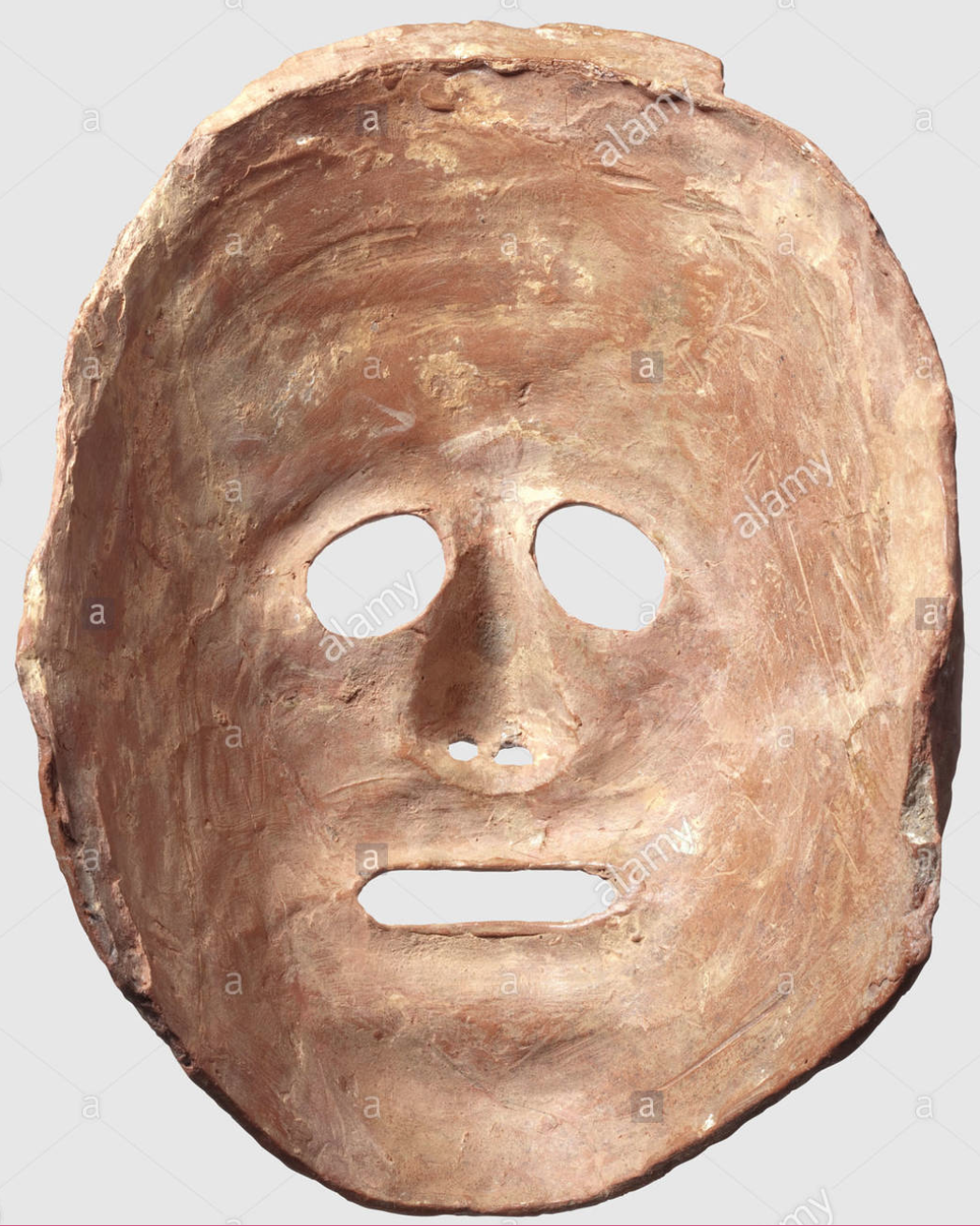
39
39: Greek ceramic theatre mask
unknown
Bochum (Germany)
6th-5th cent. BCE
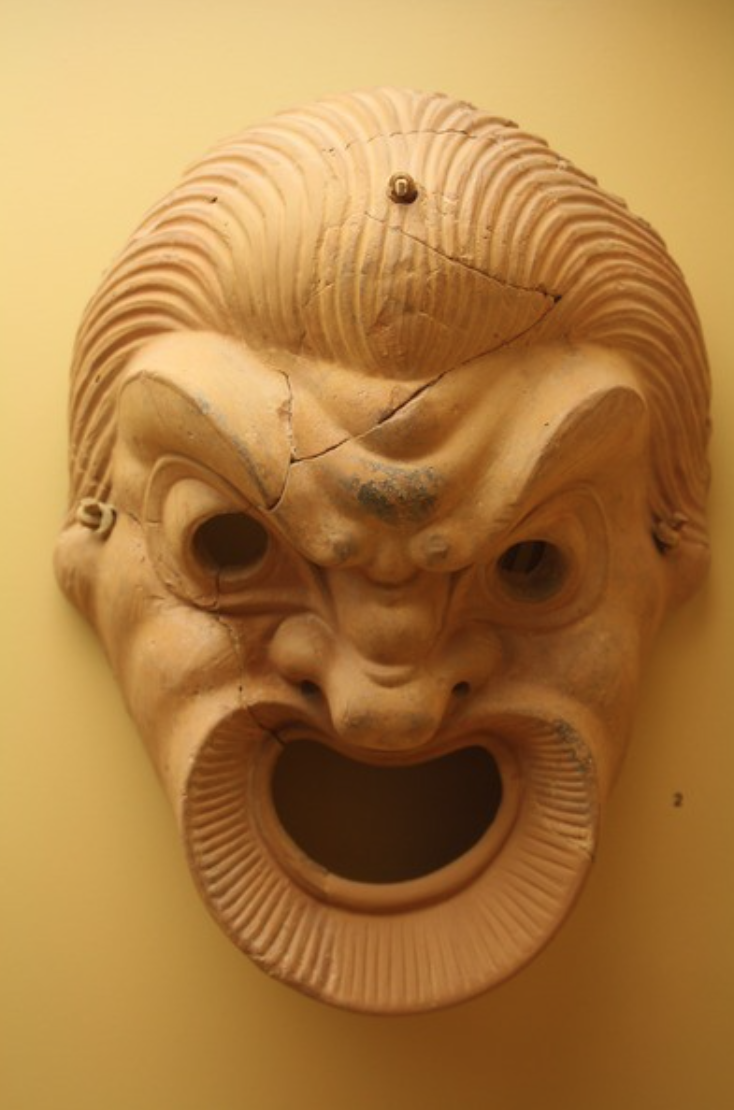
40
40: Terracotta comic mask
Athens, Stoà of Attalus (Greece)
Stoà of Attalus Museum
250-200 BCE
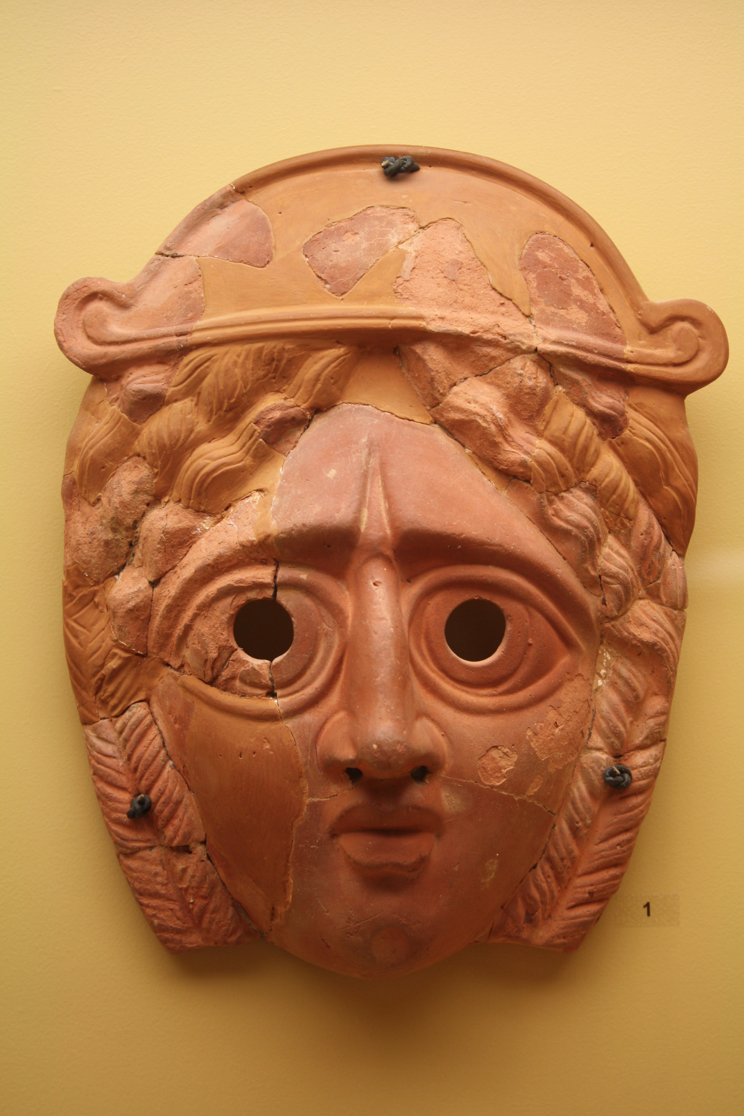
41
41: Terracotta theatre mask
Athens, Stoà of Attalus (Greece)
Stoà of Attalus Museum
250-200 BCE
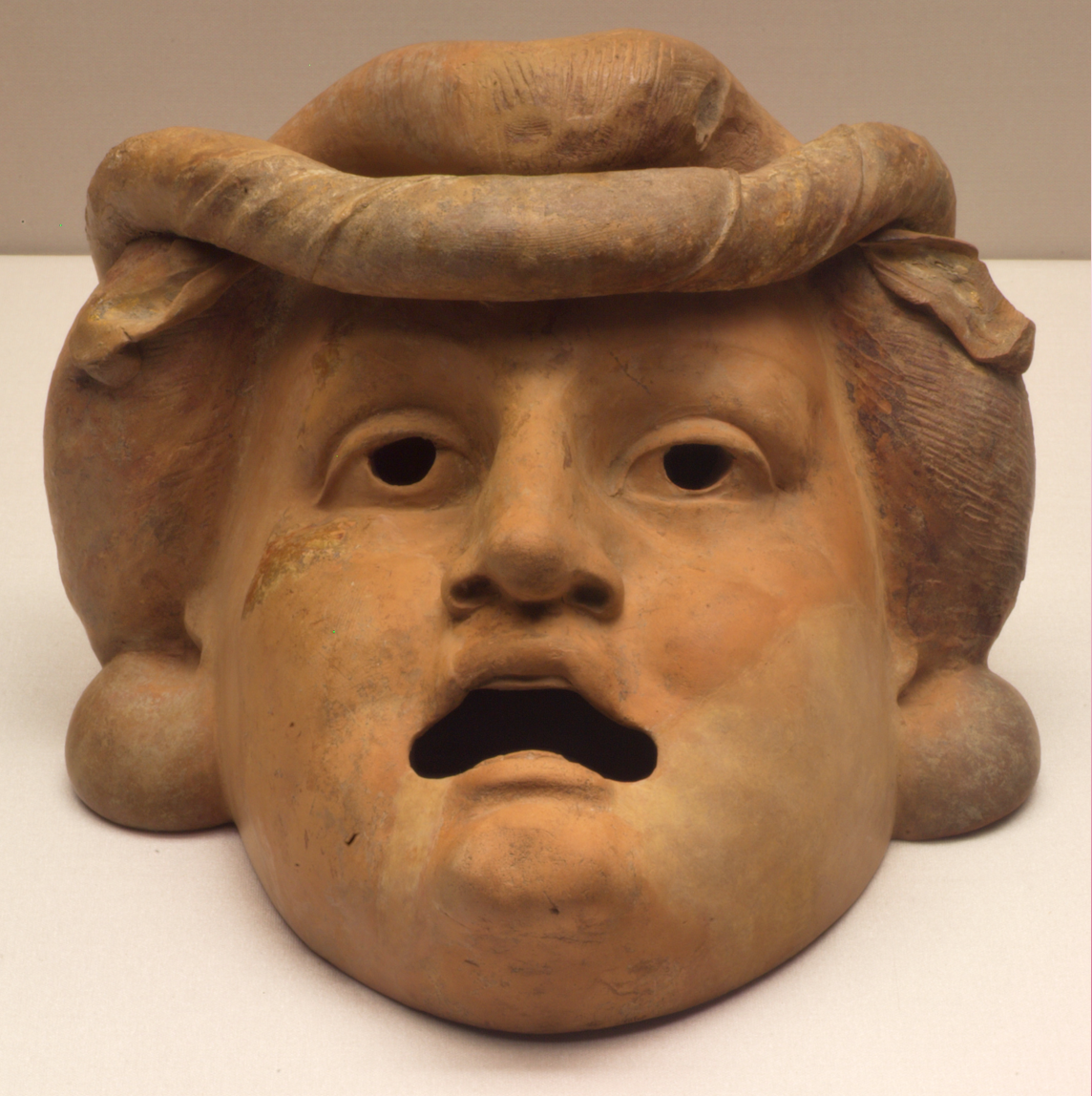
42
42: Terracotta theatre mask of young man
unknown
Staatliche Antikensammlungen at Munich (Germany)
2nd cent. BCE43
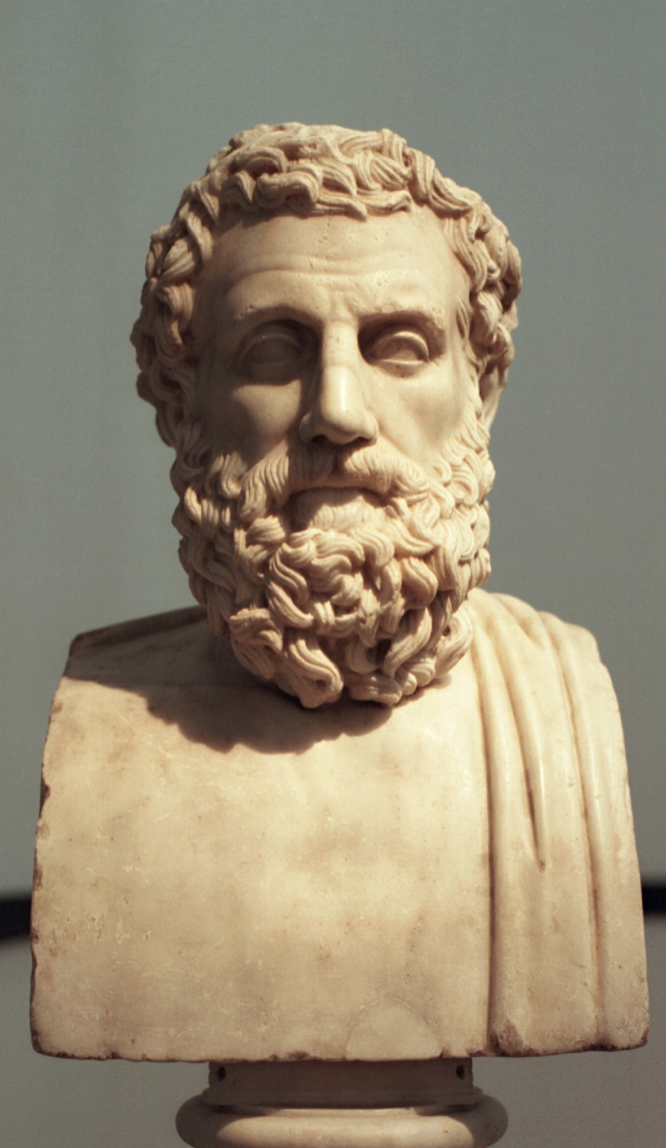
43
43: Bust of Aeschylus (ca. 525/524 - ca. 456/455 BCE)
unknown
National Archaeological Museum of Naples (Italy)
Roman copy (30 BCE) of an ordinal Greek bronze herms (340-320 BCE)
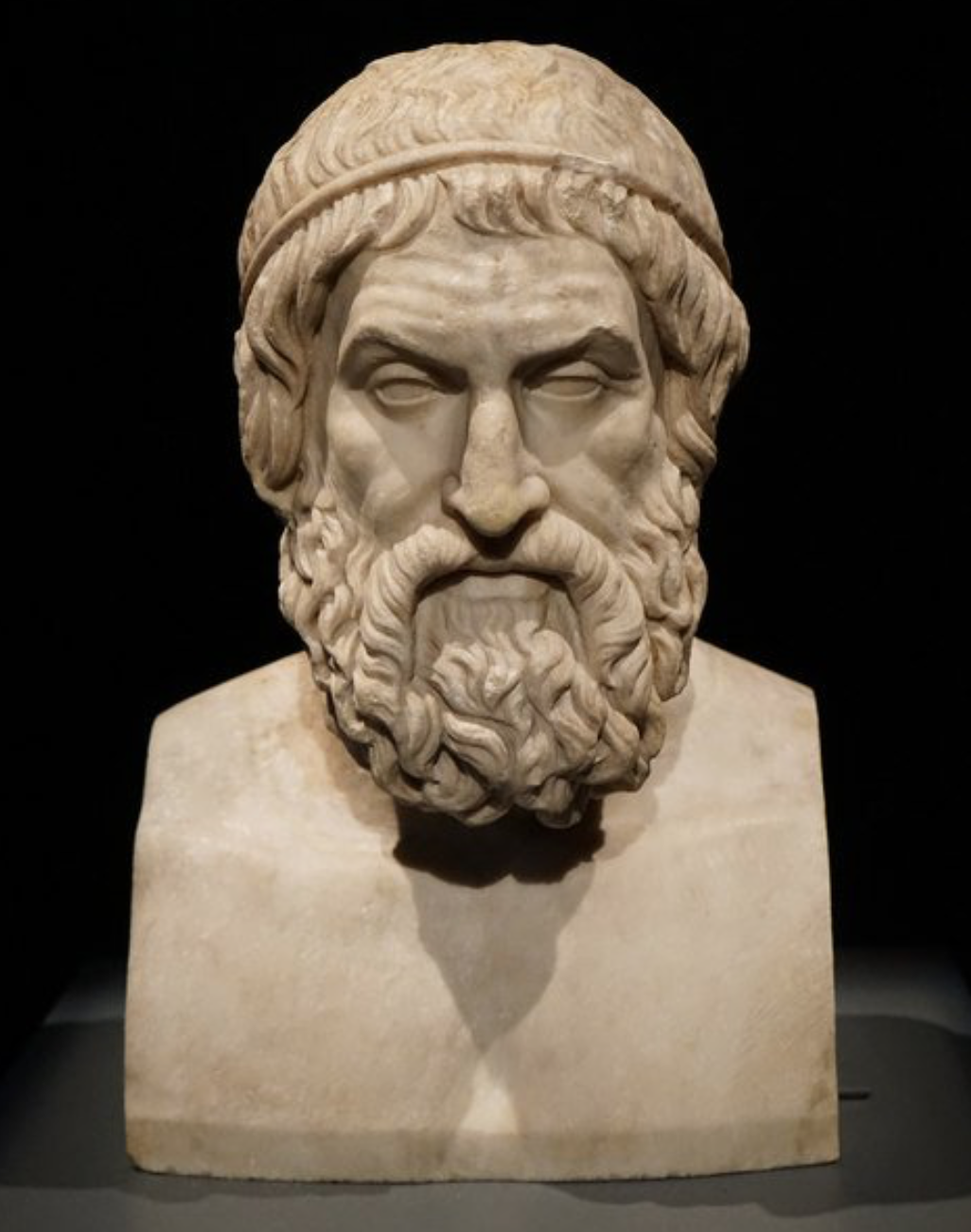
44
44: Bust of Sophocles (ca. 497/496 - 406/405 BCE)
Latium (Italy)
Prado (Spain)
150 CE
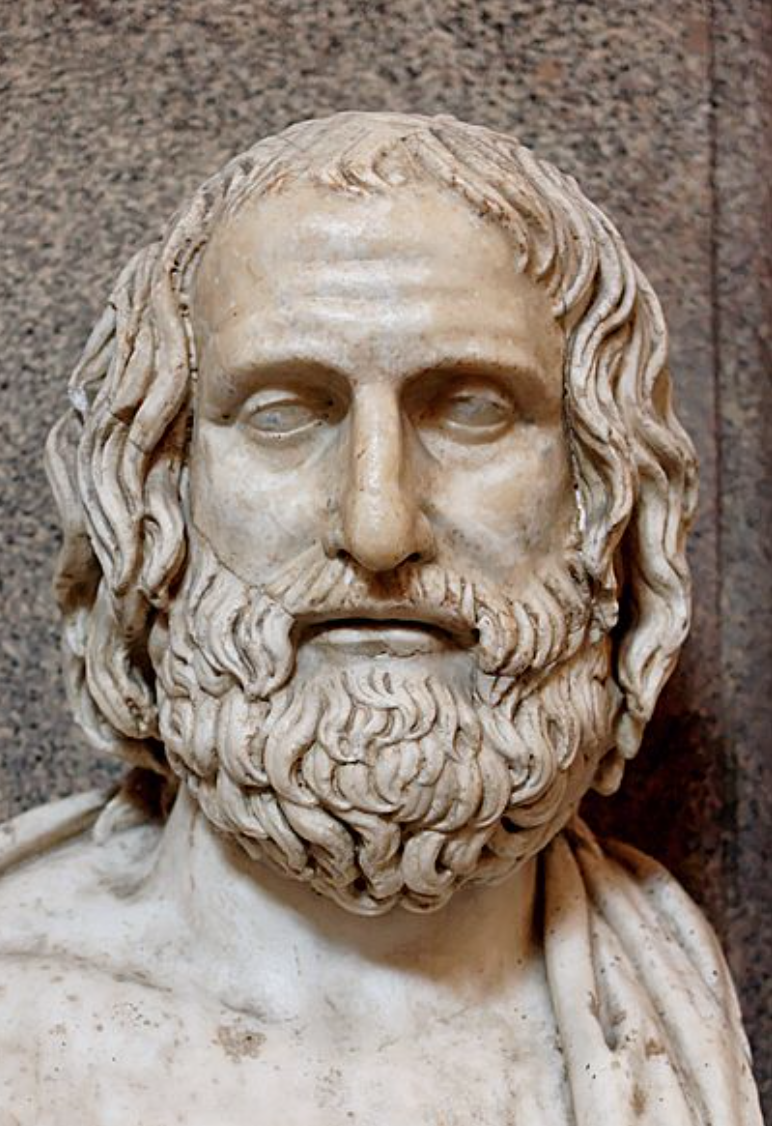
45
45: Bust of Euripides (ca. 480 - ca. 406 BCE)
unknown
Vatican Museum at Rome (Italy)
Roman copy of a Greek original (4th cent. BCE)
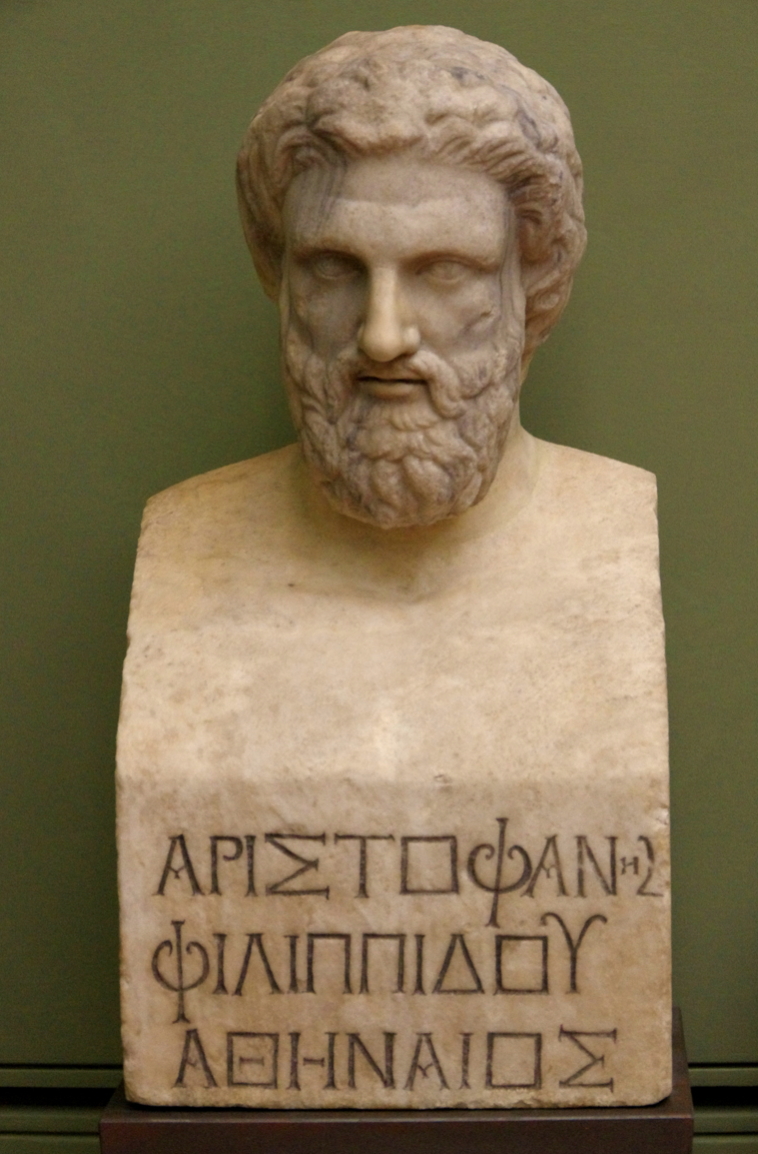
46
46: Bust of Aristophanes (ca. 450-385 BCE)
Tivoli (Italy)
Uffizi Gallery (Florence)
2nd cent. CE Roman copy of a Greek original
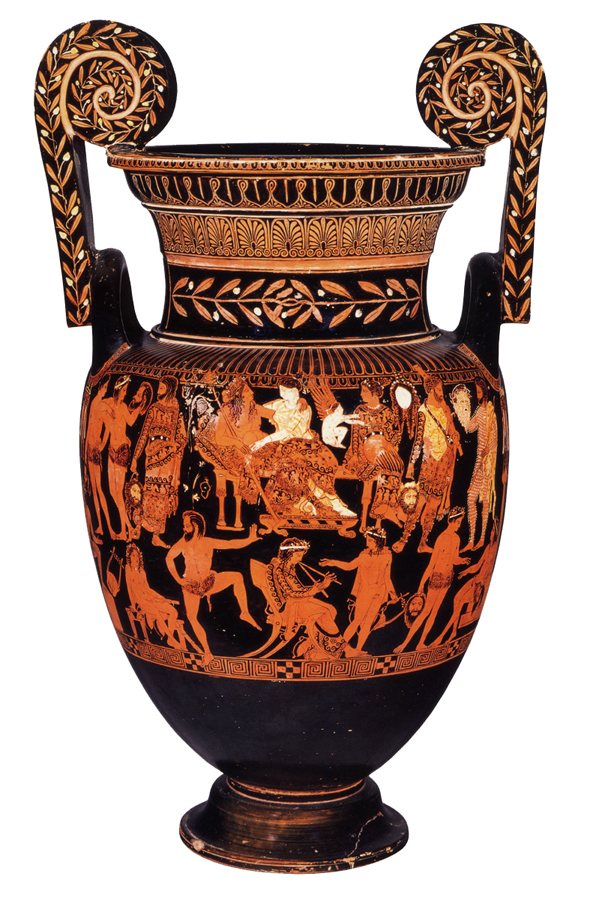
47
47: The Pronomos vase
Ruvo (Italy)
National Archaeological Museum of Naples (Italy)
400 BCE
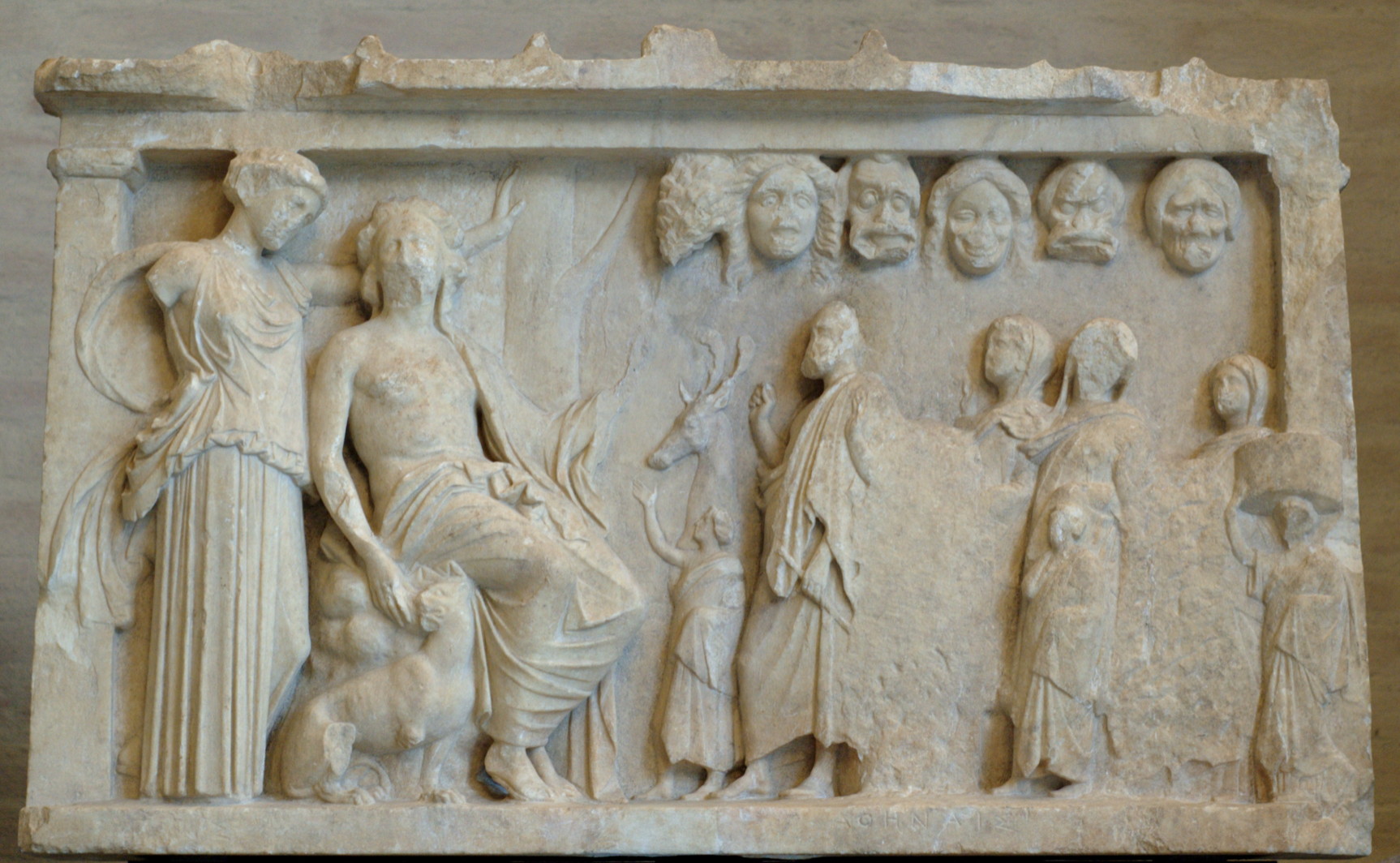
48
48: Stone relief showing an aulos player and his family standing before Dionysus and Ariadne, with theatrical masks
Attica (Greece)
Glyptothek Munich (Germany)
4th cent. BCE
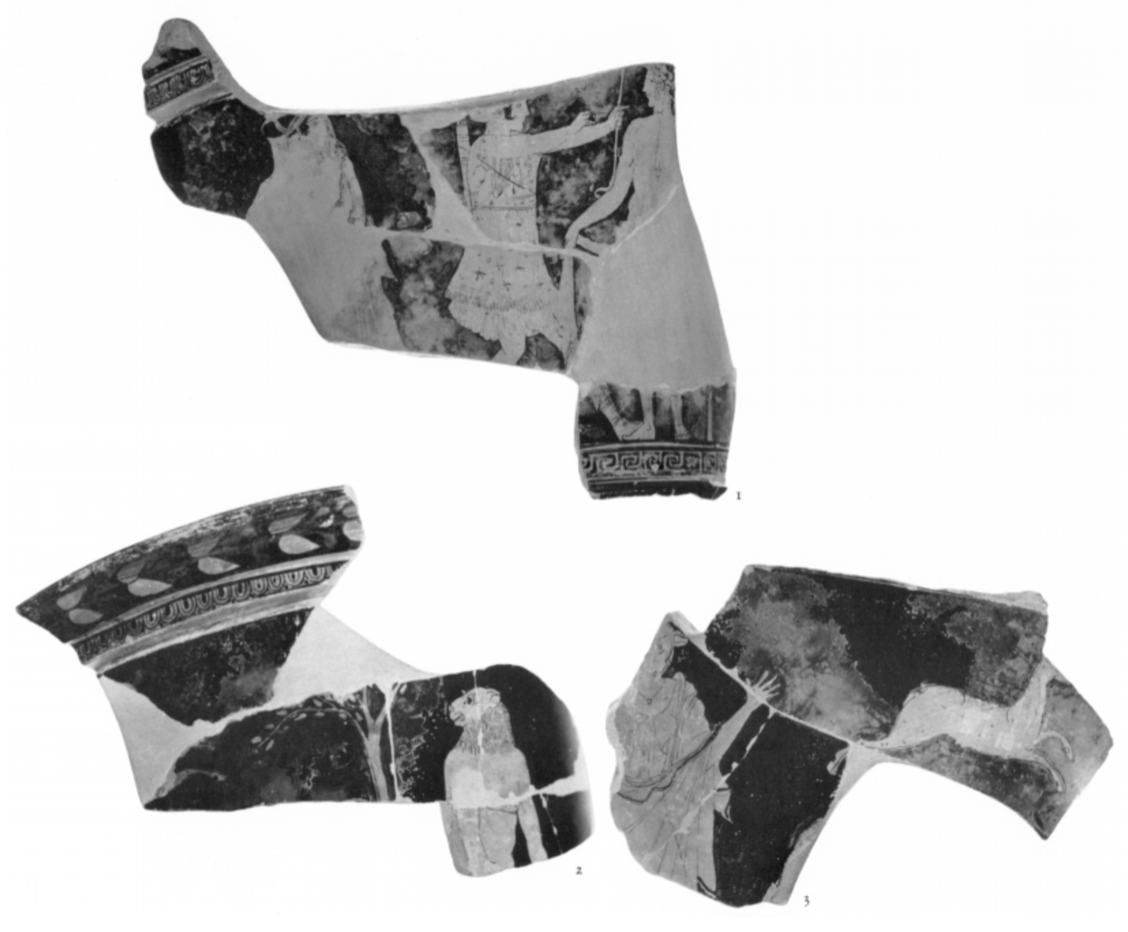
49
49: Pottery with representation of Arktoi
Brauron (Greece)
Museum of Brauron (Greece)
450-400 BCE
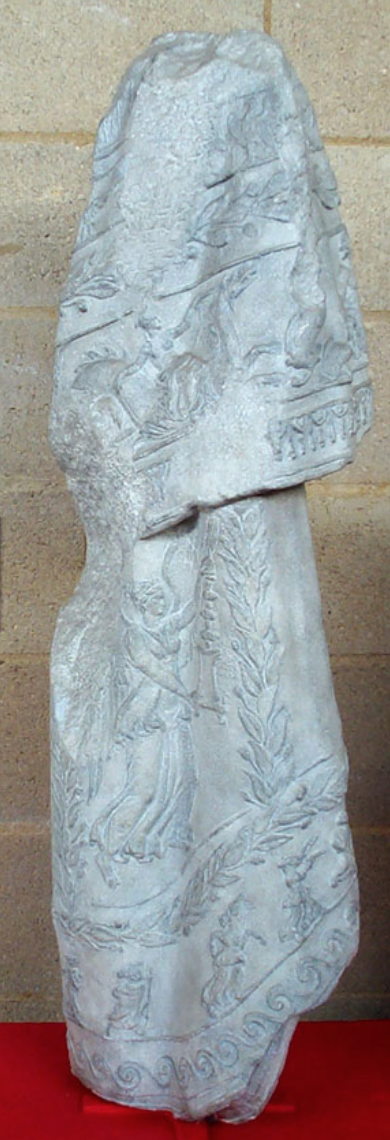
50
50: The veil of Despoina
Lykosoura (Greece)
National Archaeological Museum at Athens (Greece)
175-150 BCE
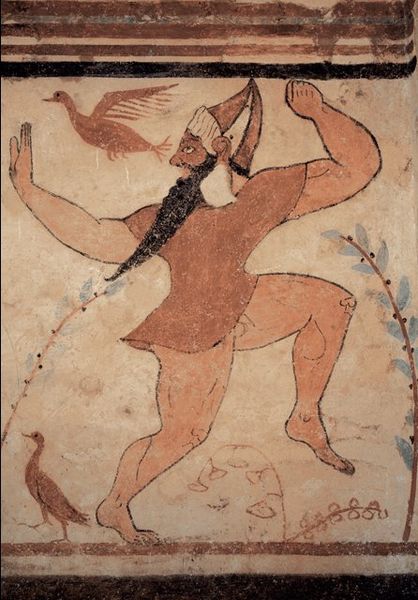
51
51: Fresco with representation of a dancing ‘phersu’
Tomb of the Augurs, Tarquinia (Italy)
in situ
530-520 BCE
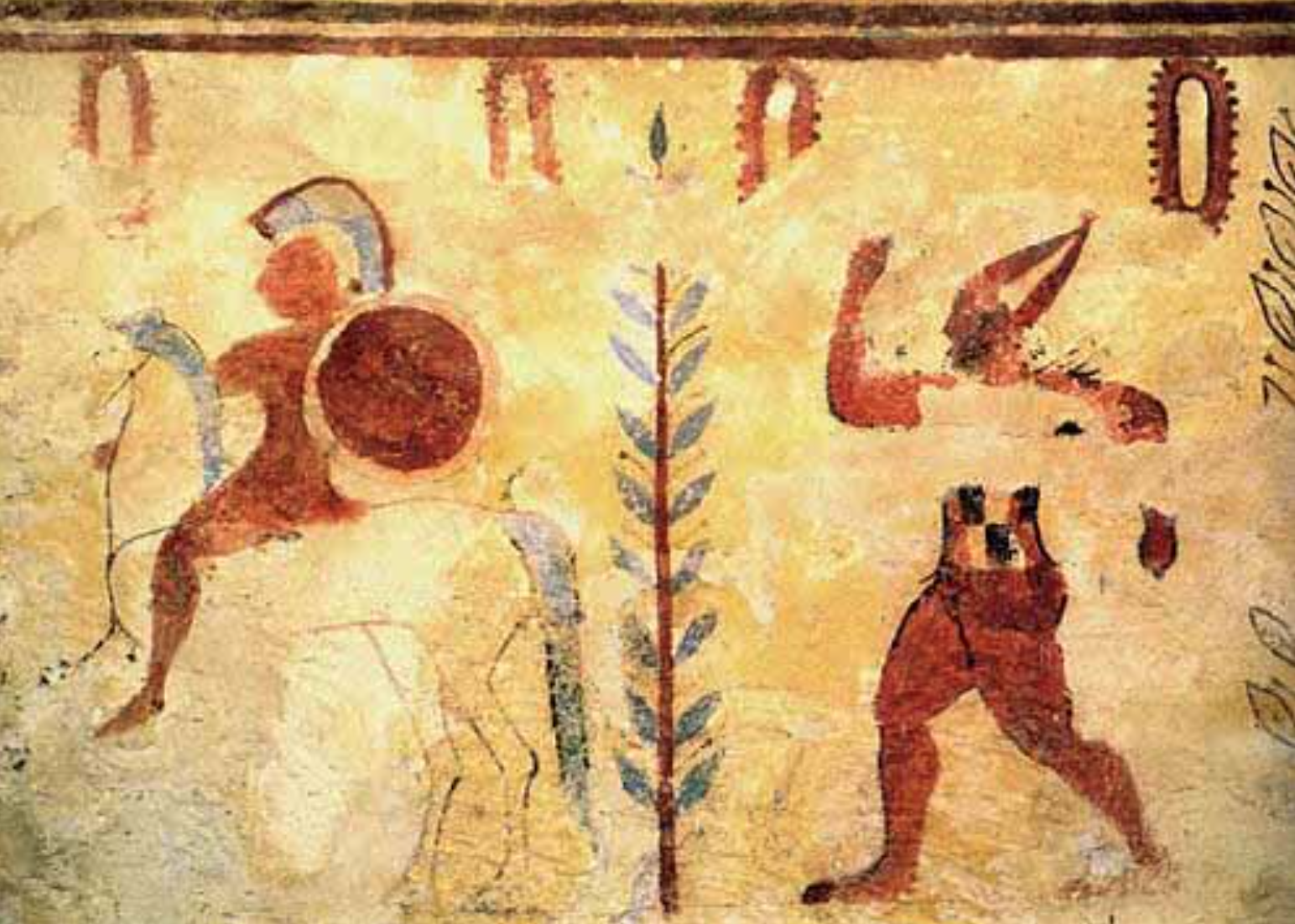
52
52: Fresco with representation of a ‘phersu’
Tomb of Pulcinella, Tarquinia (Italy)
in situ
510-500 BCE
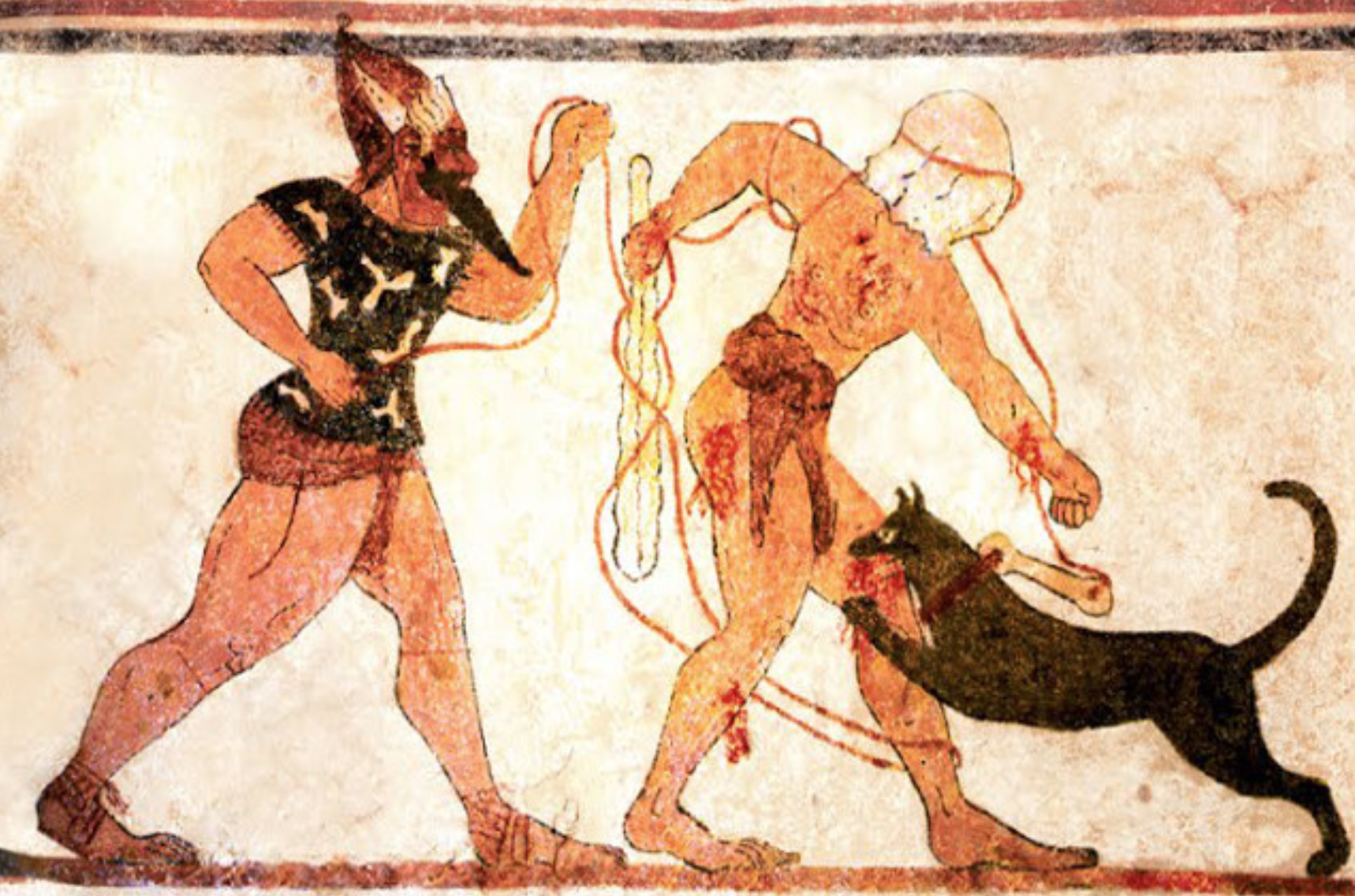
53
53: Fresco with representation of a ‘phersu’
Tomb of the Augurs, Tarquinia (Italy)
in situ
530-520 BCE
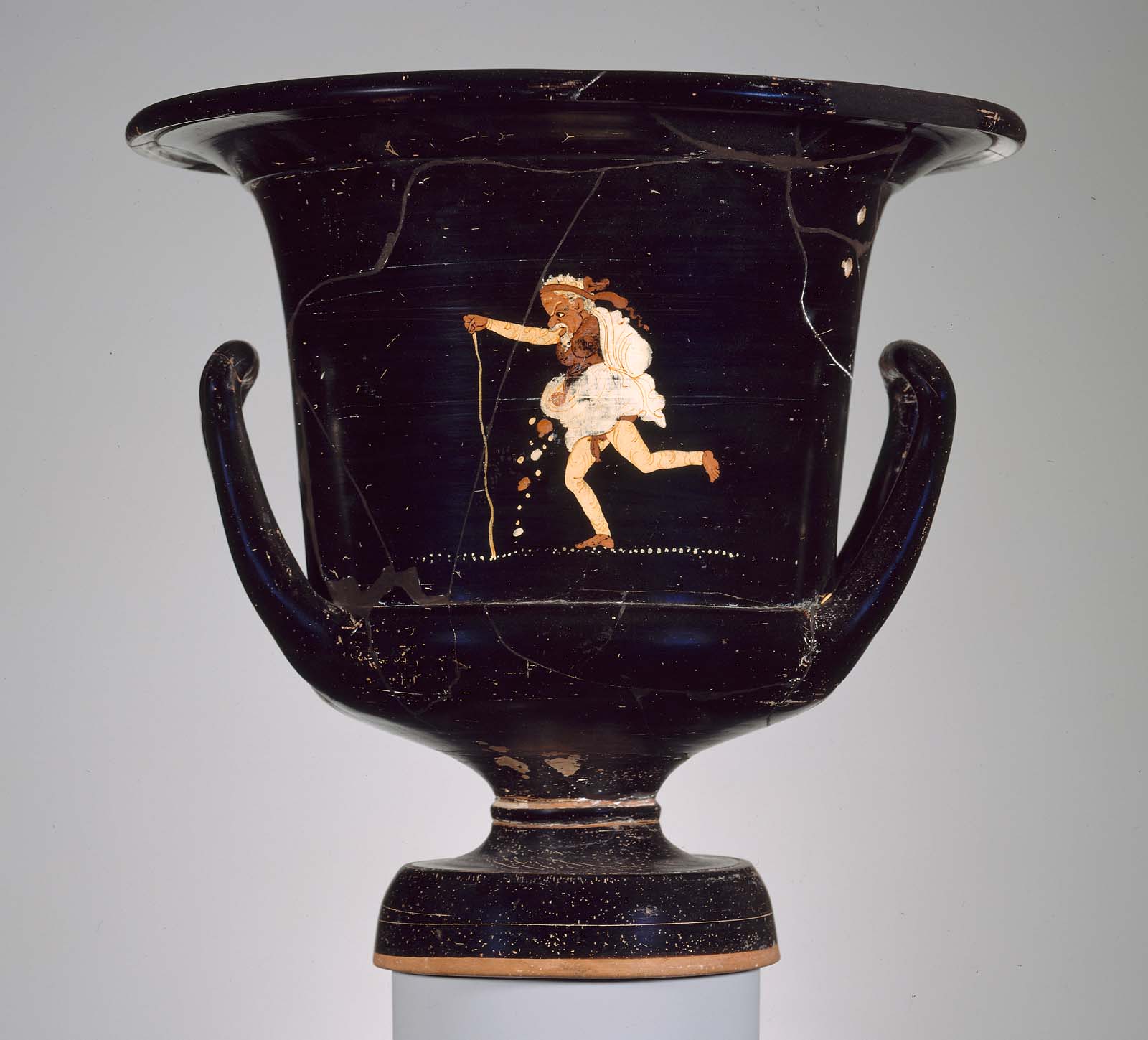
54
54: Mixing bowl (phlyax krater) with comic actor costumed as an old man running with cakes and fruits
Taranto (Italy)
Museum of Fine Arts at Boston (USA)
350 BCE
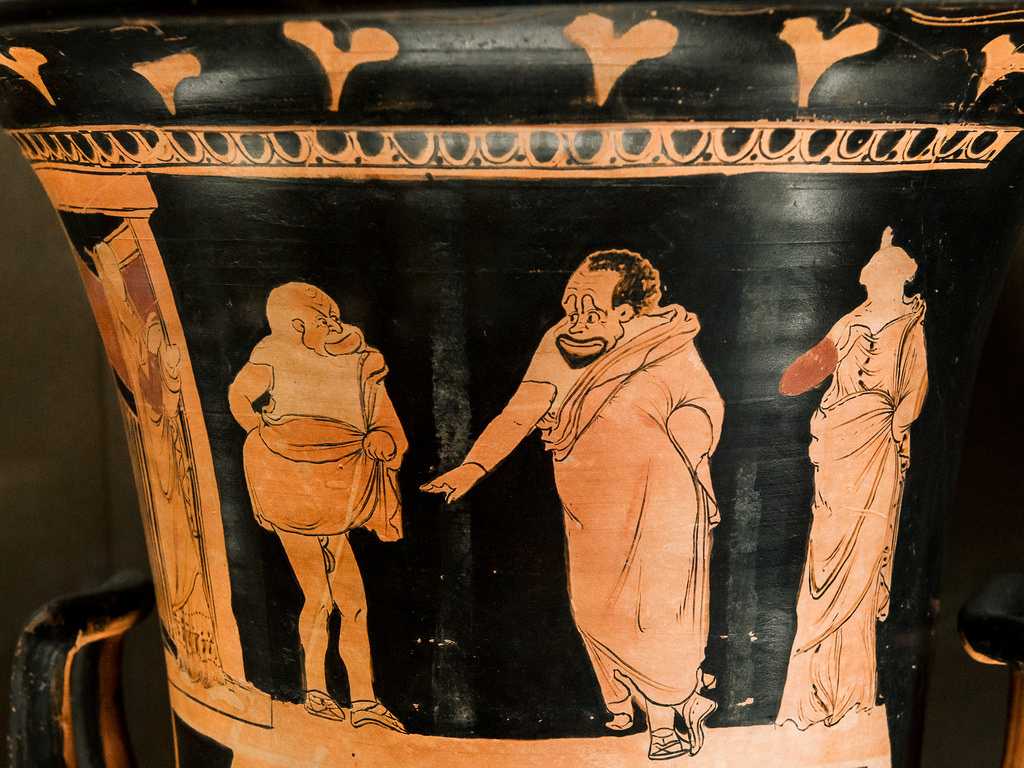
55
55: Sicilian red-figured calyx-krater representing a phylax scene with master and slave
Sicily (Italy)
Louvre (France)
350-340 BCE
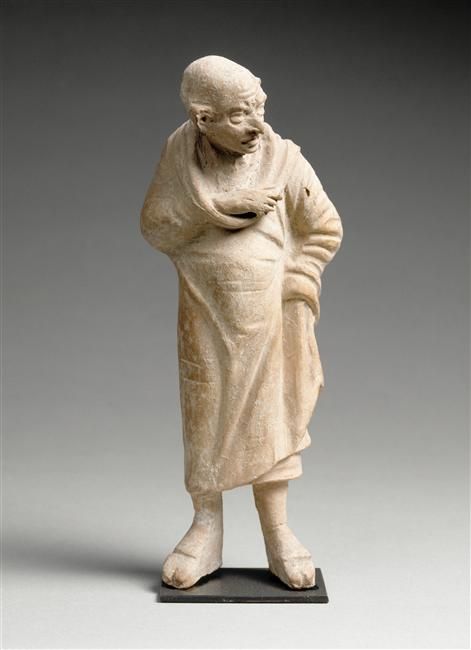
56
56: Terracotta figurine of a Maccus actor from the Atellan farce
unknown (Italy)
Louvre (France)
1st cent. BCE
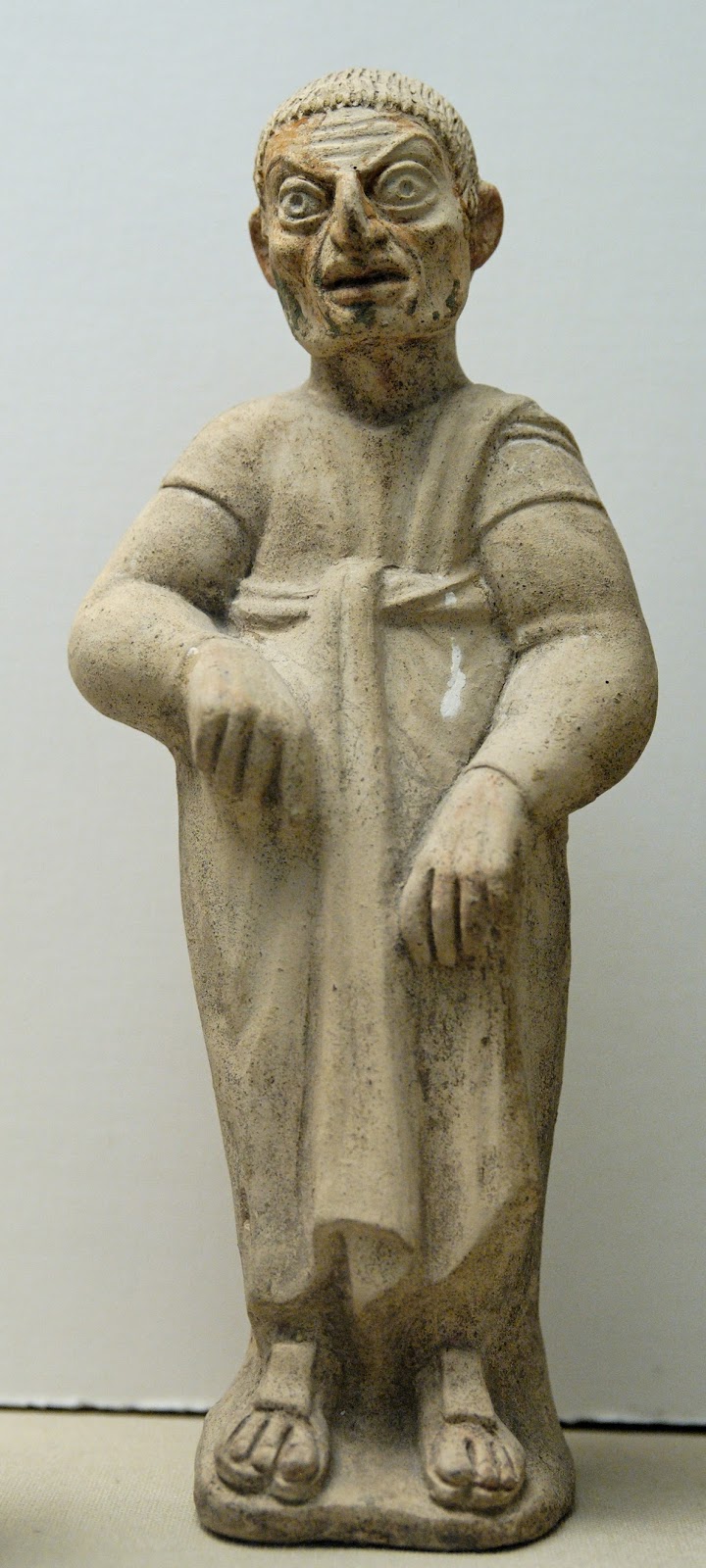
57
57: Terracotta figurine of an actor from the Atellan farce
Canino (Italy)
British Museum (UK)
2nd cent. BCE
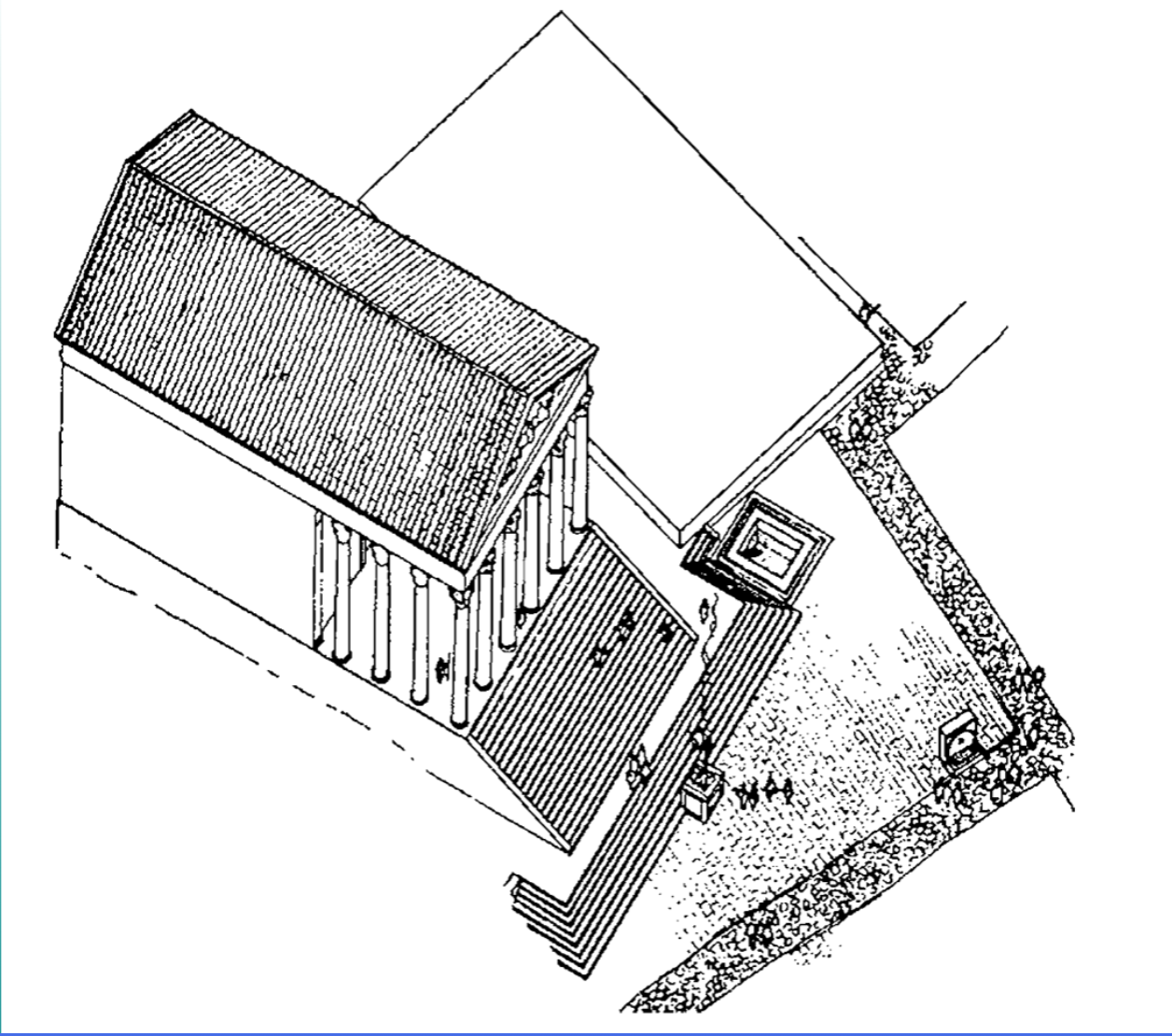
58
58: Reconstruction of the temple of the Great Mother on the Palantine Hill at Rome
Rome (Italy)
in situ
2nd cent. BCE
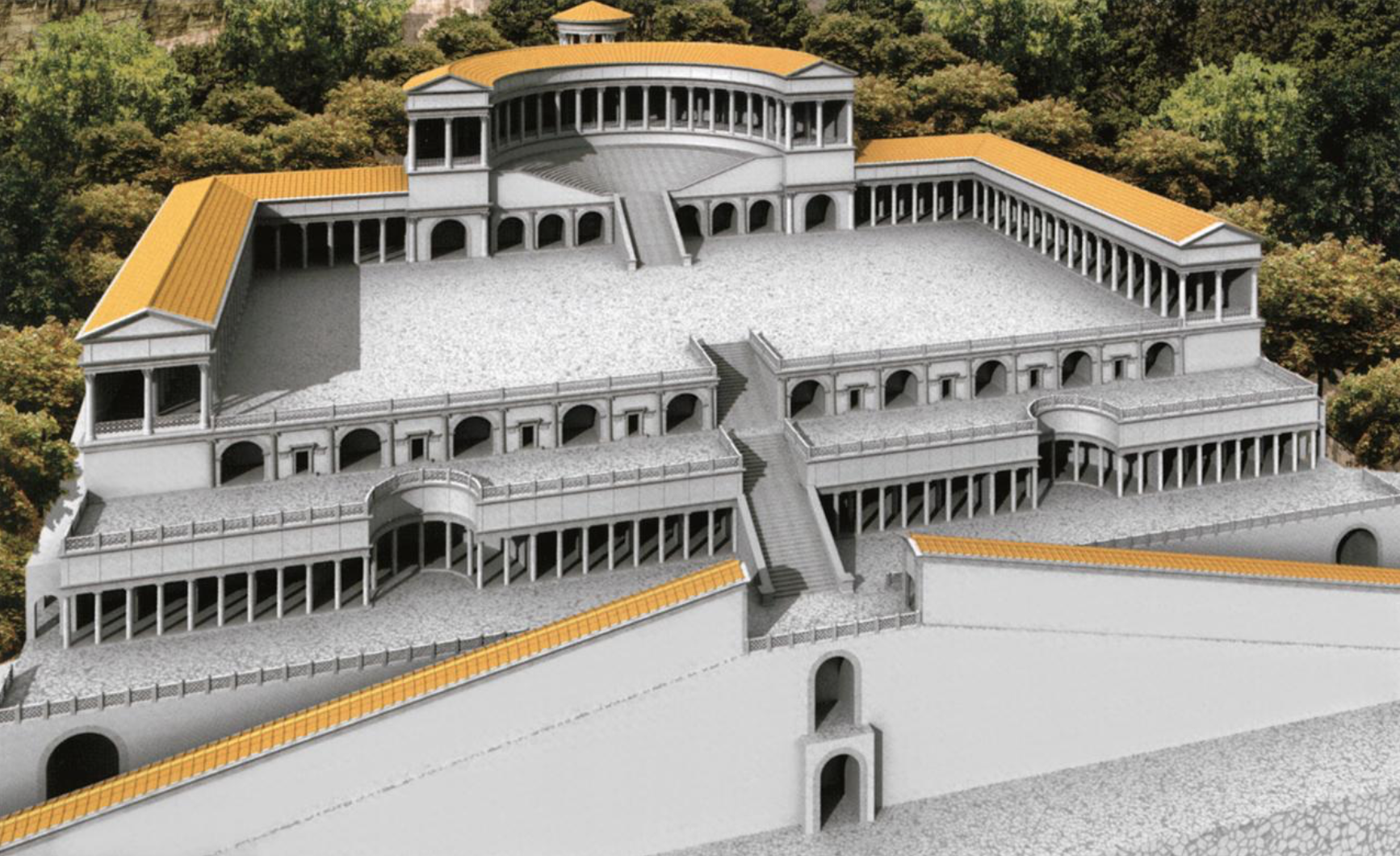
59
59: Reconstruction of the temple of the Fortuna Primigenia at Palestrina
Palestrina (Italy)
in situ
2nd cent. BCE
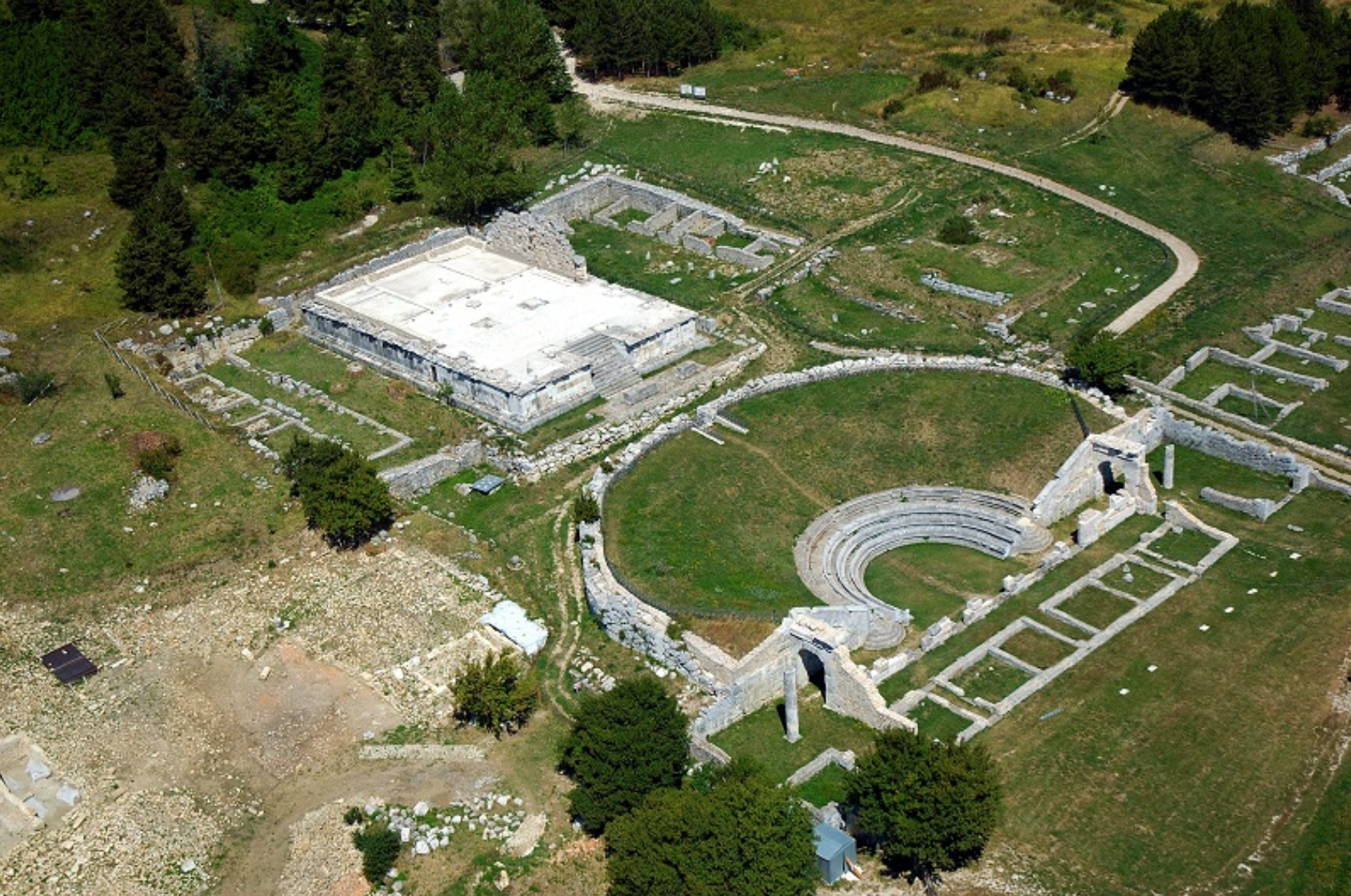
60
60: The temple B at Pietrabbondante
Pietrabbondante (Italy)
in situ
120-90 BCE
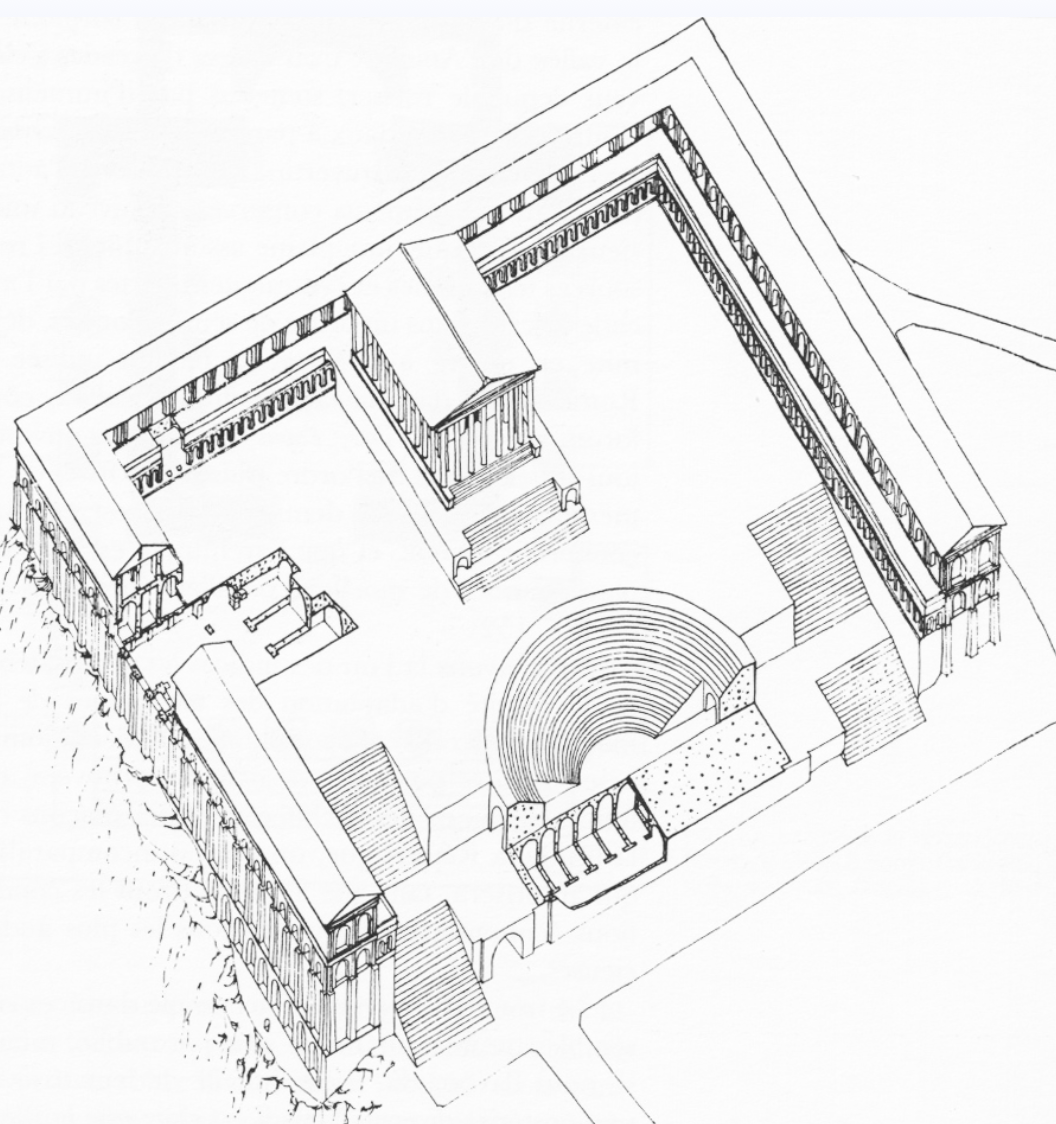
61
61: Reconstruction of the temple of Hercules Victor at Tivoli
Tivoli (Italy)
in situ
2nd cent. BCE
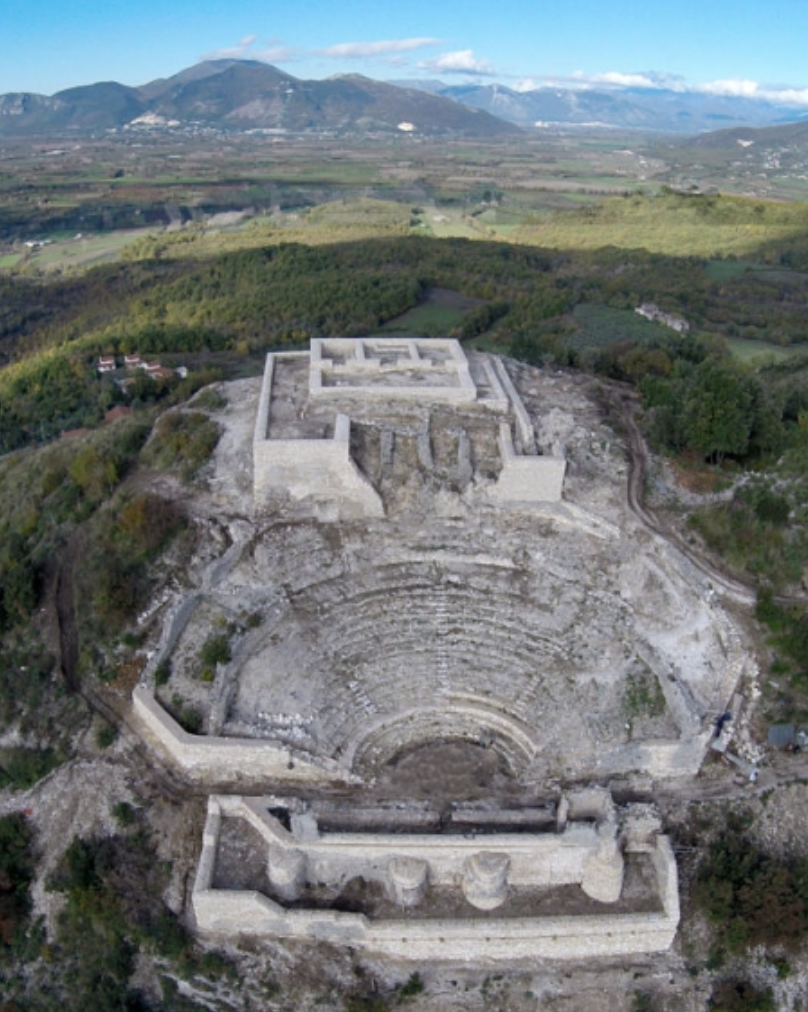
62
62: The theatre-temple complex of Pietravairano
Mount San Nicola, Pietravairano (Italy)
in situ
2nd cent. BCE
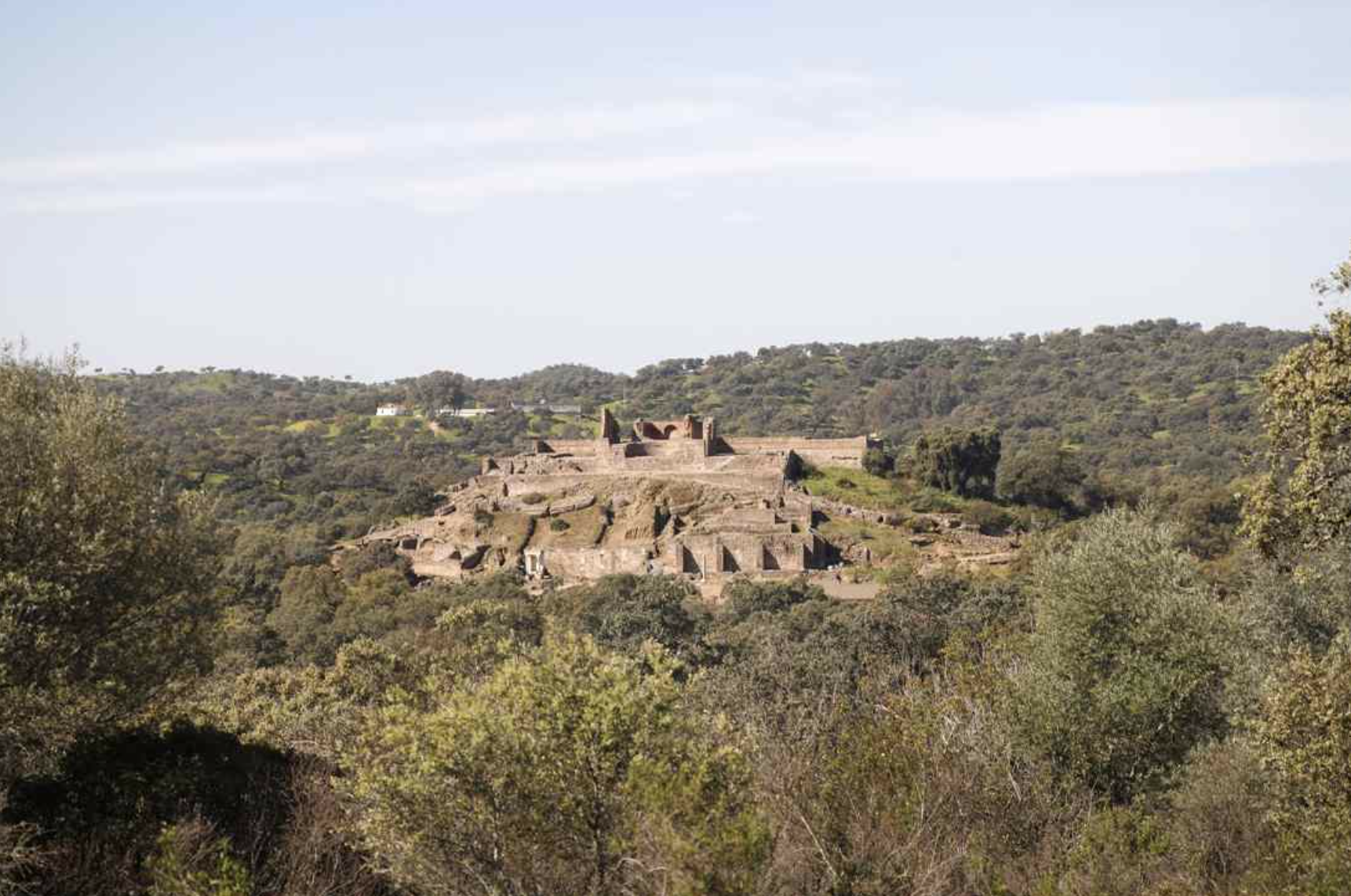
63
63: The theatre-temple complex of Munigua
Munigua, Sevilla (Spain)
in situ
1st cent. CE

64
64: The theatre of Pompey at Rome
Rome (Italy)
in situ
55 BCE

65
65: Terracotta tragic mask
Rome (Italy)
British Museum of London (UK)
1st-2nd cent. CE
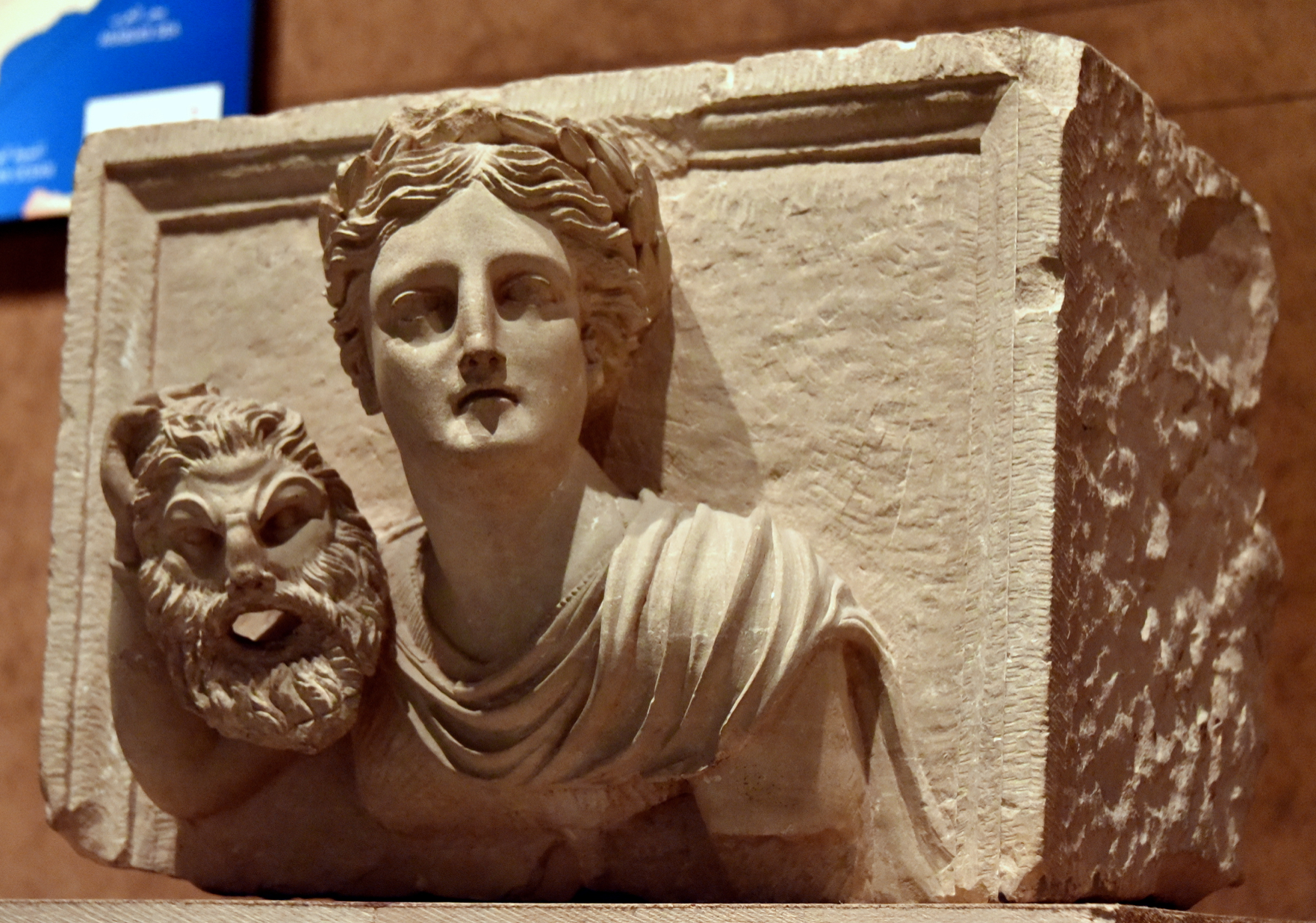
66
66: Relief with Melpomene (Muse of tragedy) holding a mask of satyr
Temple of Qasr al-Bint in Raqmu-Petra (Jordan)
The Jordan Museum, Ammam (Jordan)
1st half of 1st cent. CE
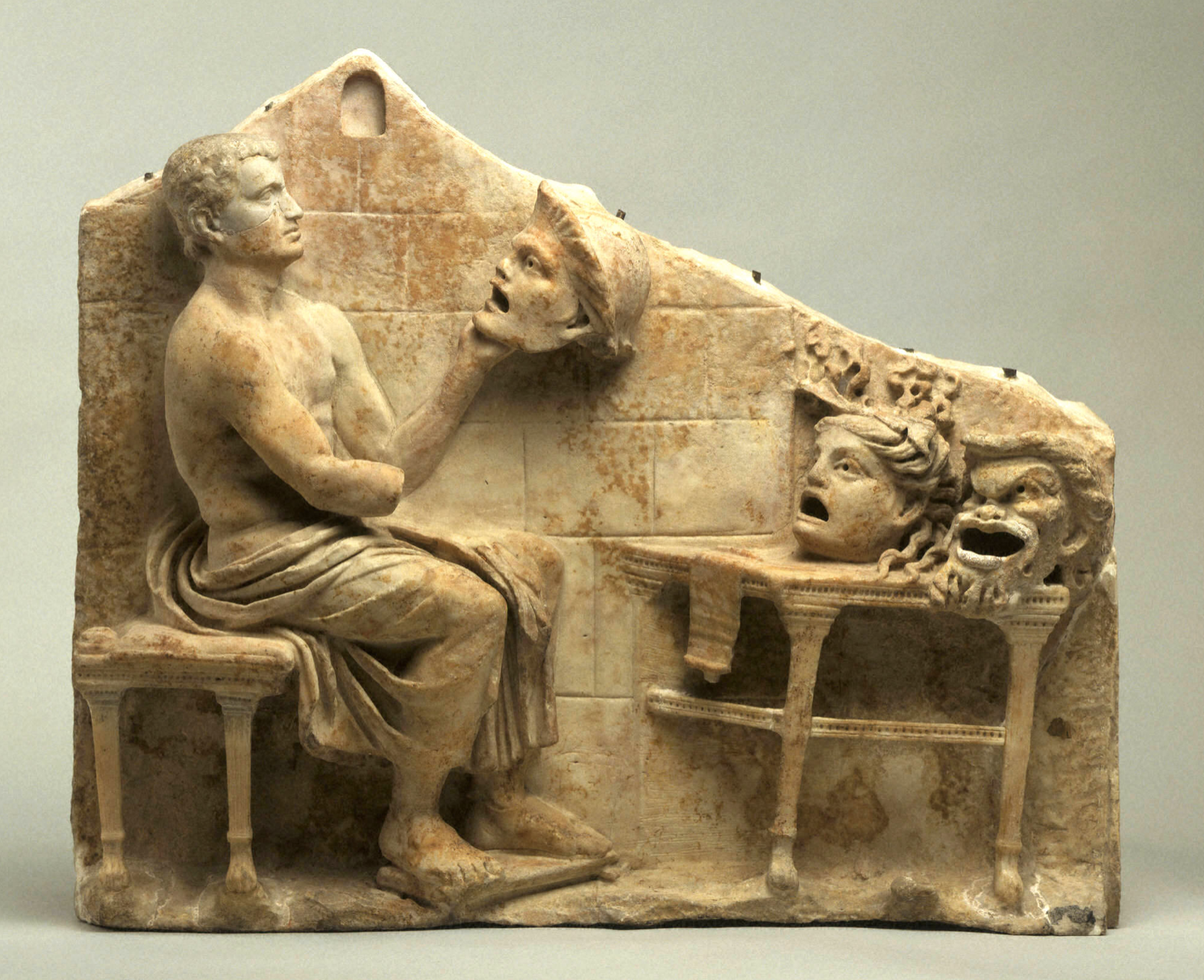
67
67: Relief with the poet Menander with masks of New Comedy
Rome (Italy)
Princeton Art Museum (USA)
1st cent. BCE - early 1st cent. CE
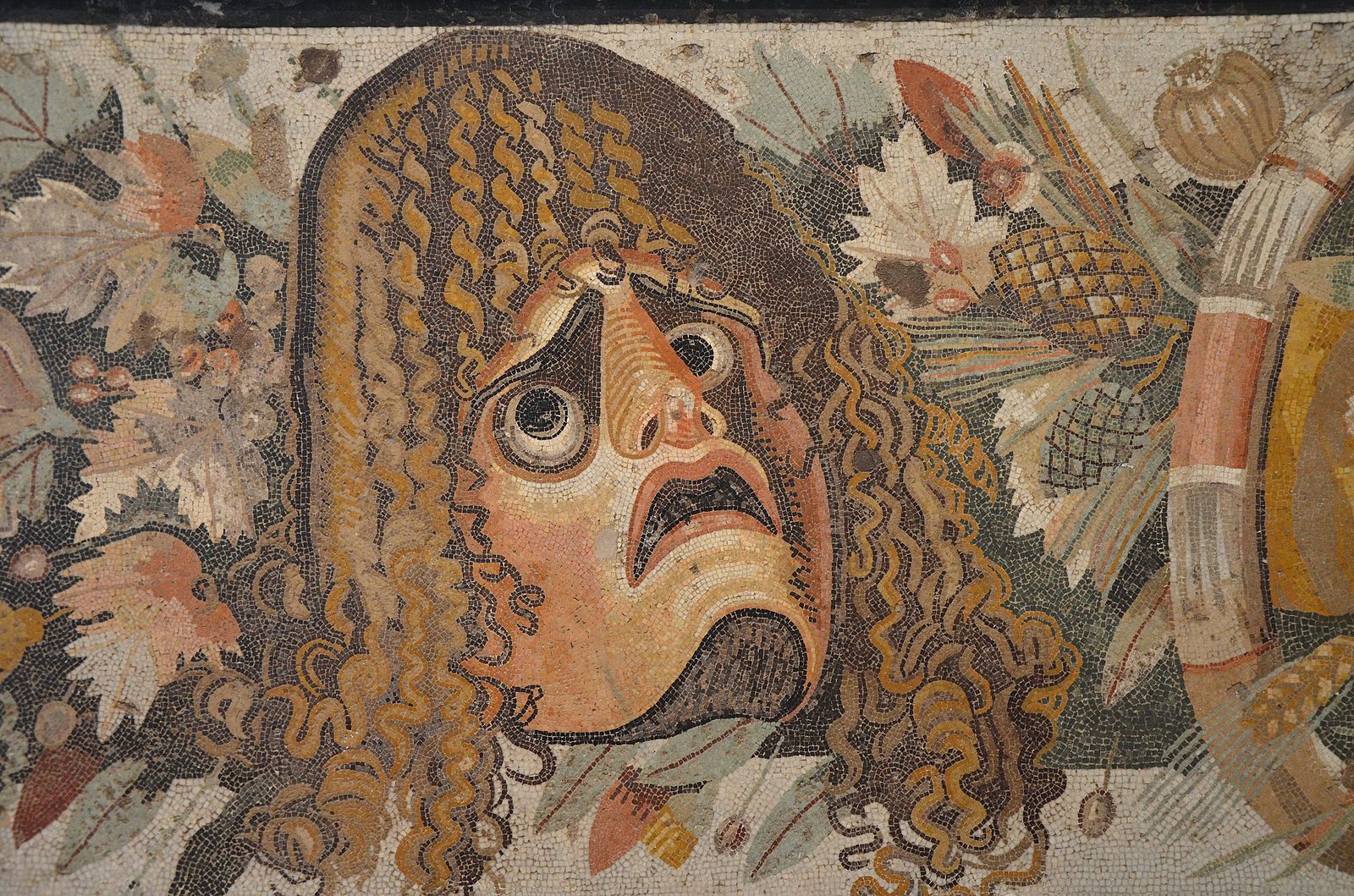
68
68: Mosaic depicting a tragic mask in the midst of fruits, flowers, and garlands
House of the Faun, Pompeii (Italy)
National Archaeological Museum of Naples (Italy)
1st cent. BCE
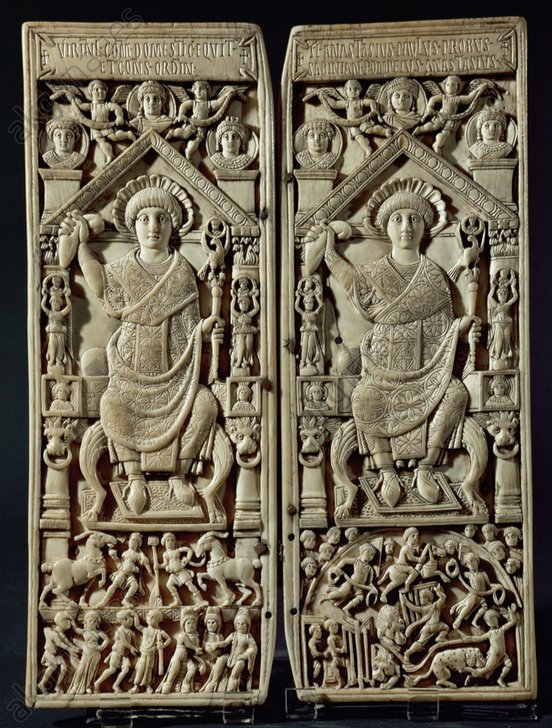
69
69: Ivory diptych of Consul Flavius Anastasius with circus scenes
Byzantium (Turkey)
Bibliotheque Nationale, Cabinet des Medailles, Paris (France)
517 CE
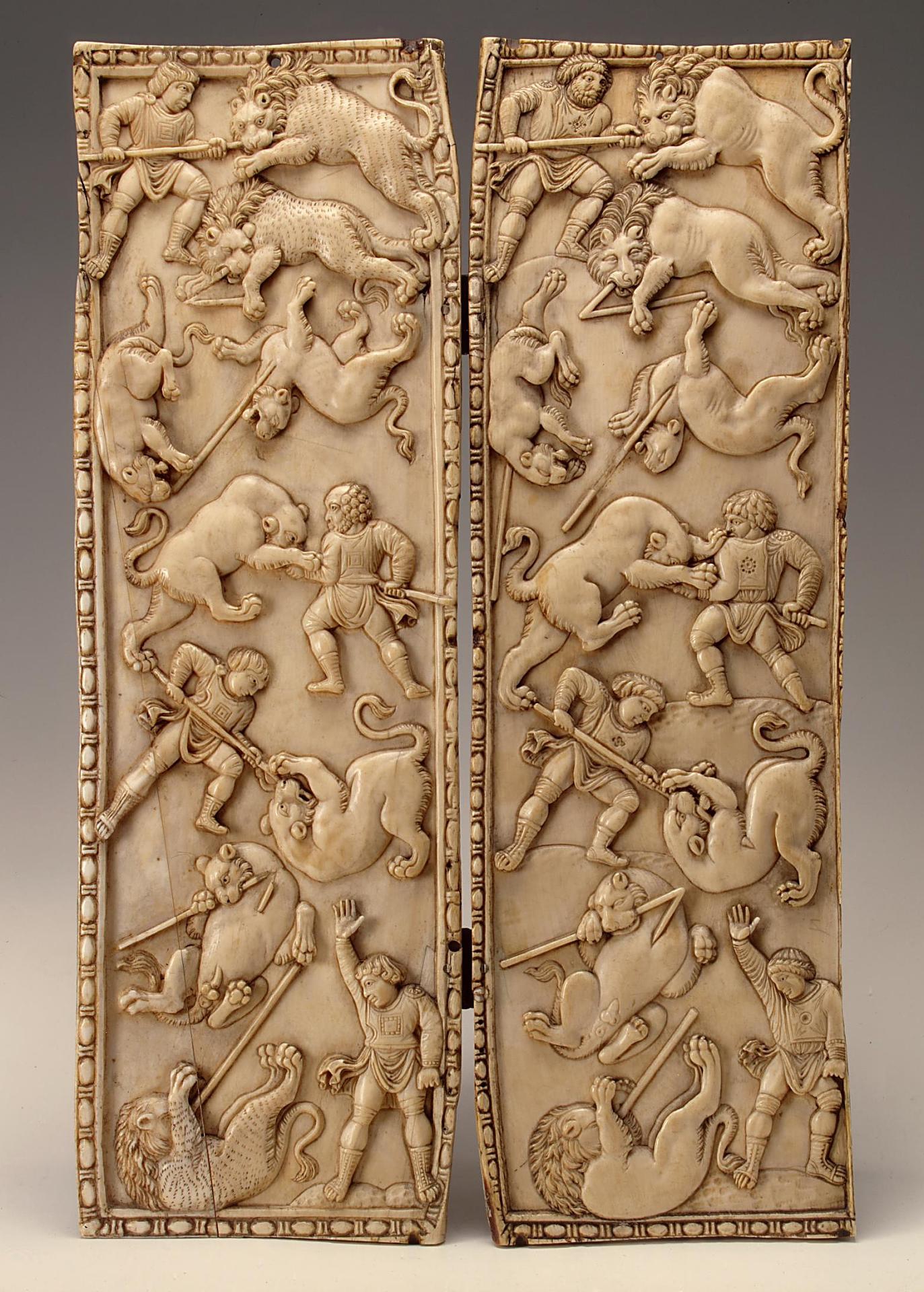
70
70: Ivory diptych with circus scenes
Byzantium (Turkey)
Hermitage Museum, St. Petersburg (Russia)
5th cent. CE
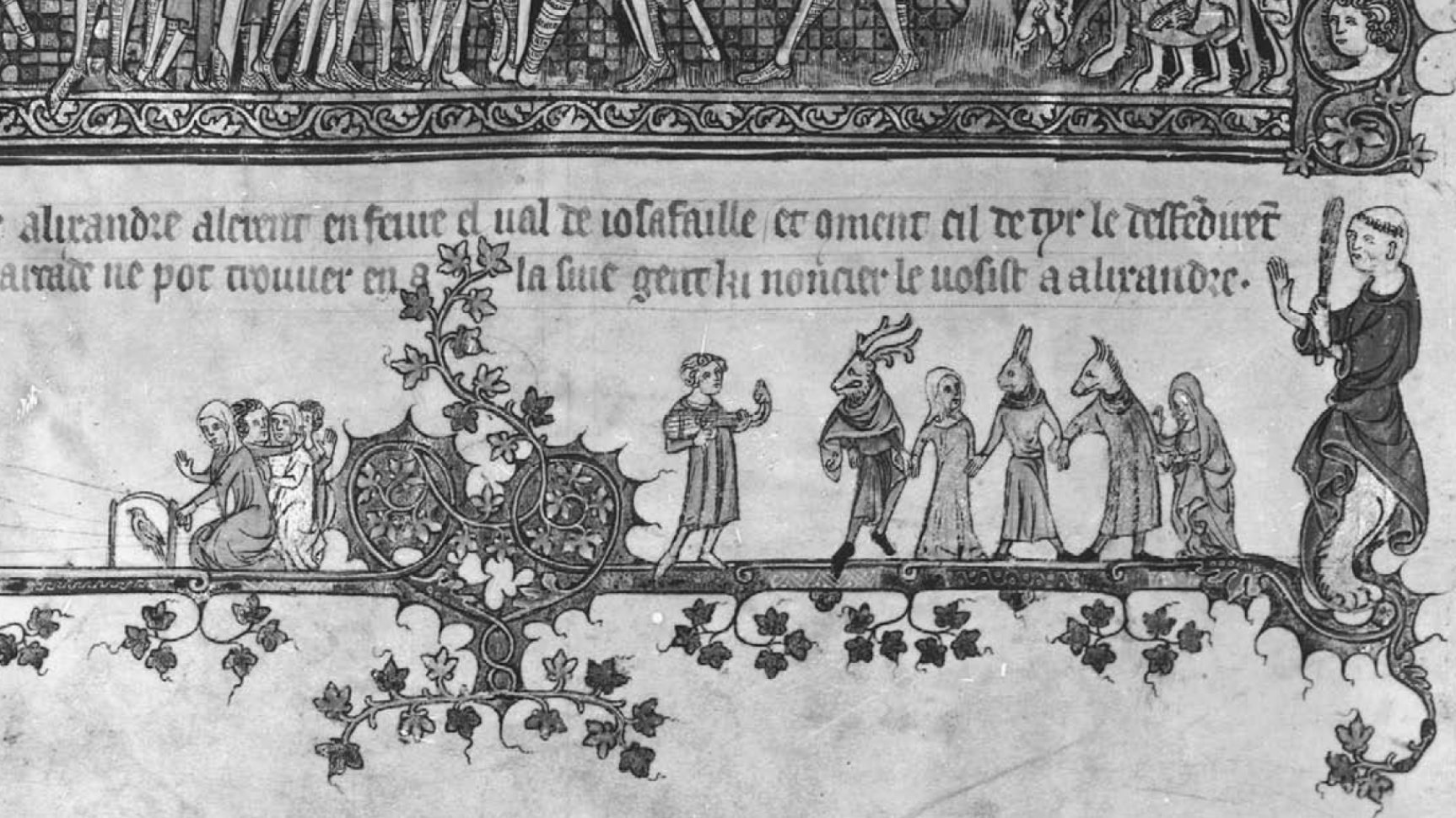
71
71: Miniature from “Li Romans d’Alixandre” with figures wearing animal masks
unknown
Bodleian Library of Oxford (UK)
1340 CE
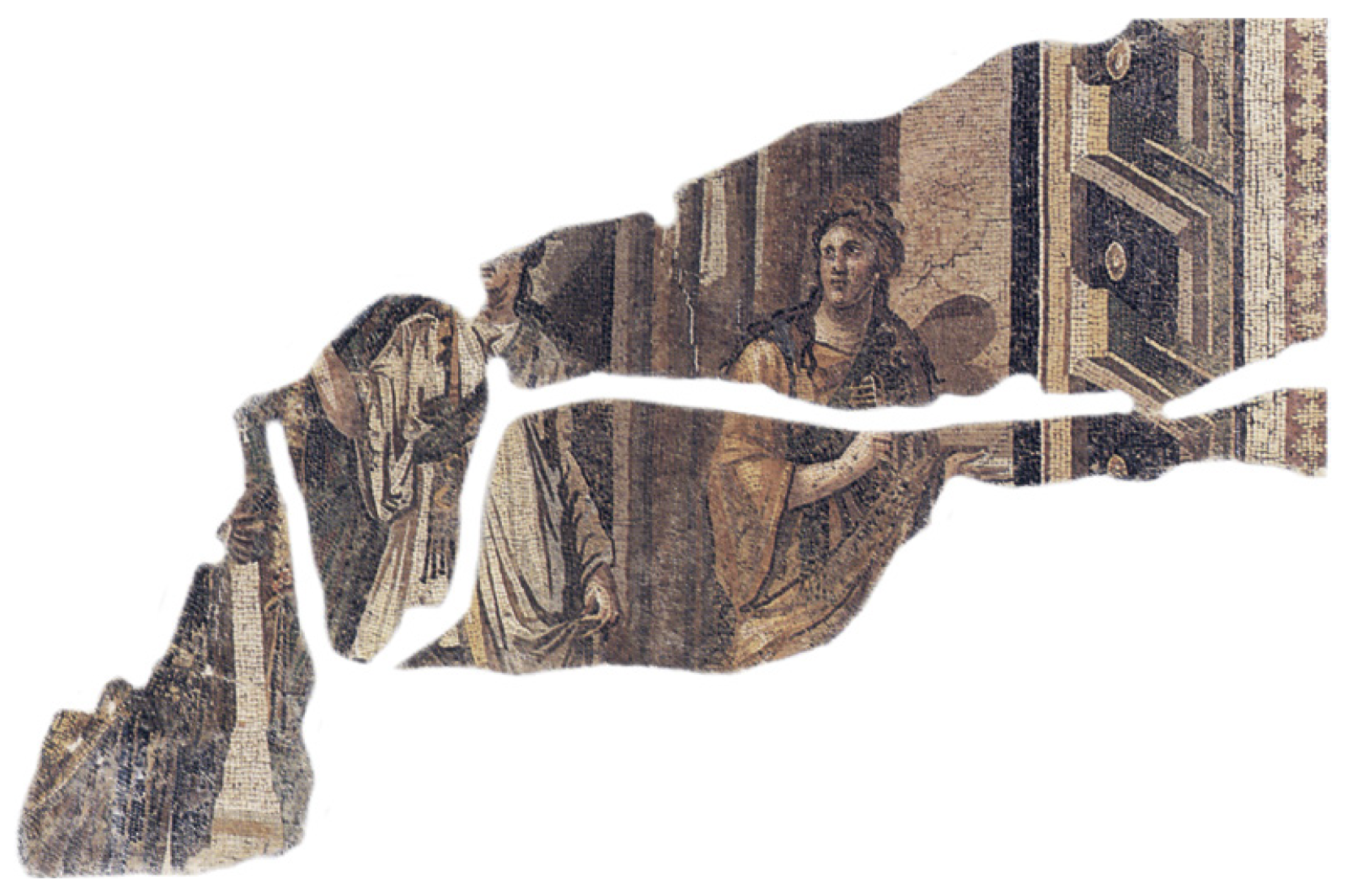
72
72: Mosaic possibly representing a scene of Isiac initiation
Daphne, Antakya (Turkey)
Hatay Arkeoloji Müzesi, Antakya (Turkey)
2nd cent. CE
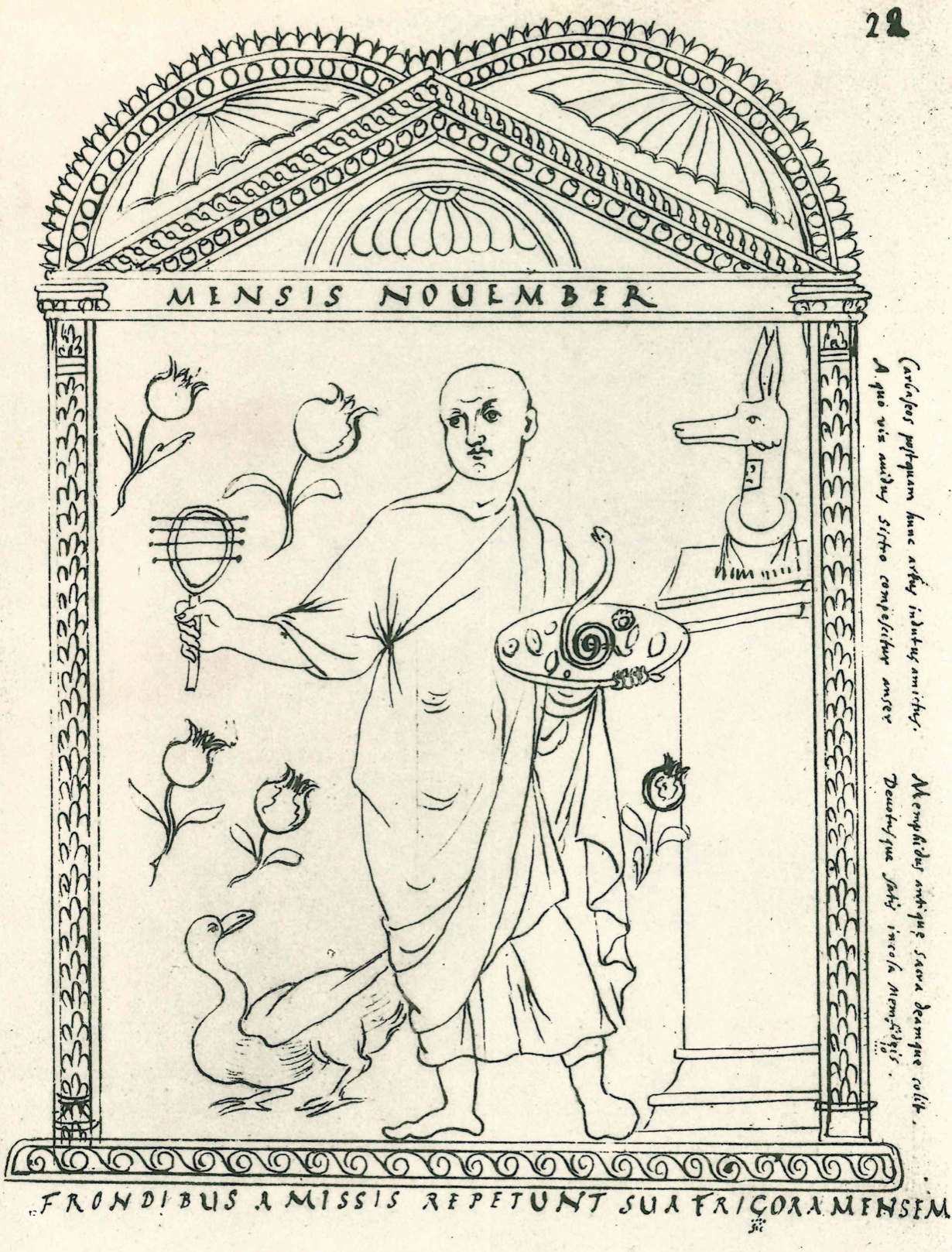
73
73: Vignette of the month of November in Philocalus’ Calendar from the Codex Barberini
unknown
Bibliotheca Apostolica Vaticana, Rome (Italy)
354 CE
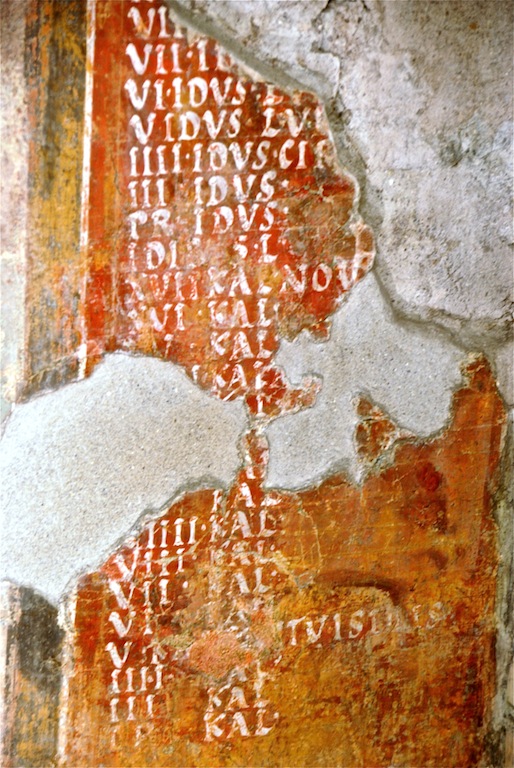
74
74: Painted calendar with the month of October
Santa Maria Maggiore, Rome (Italy)
in situ
beginning of 4th cent. CE
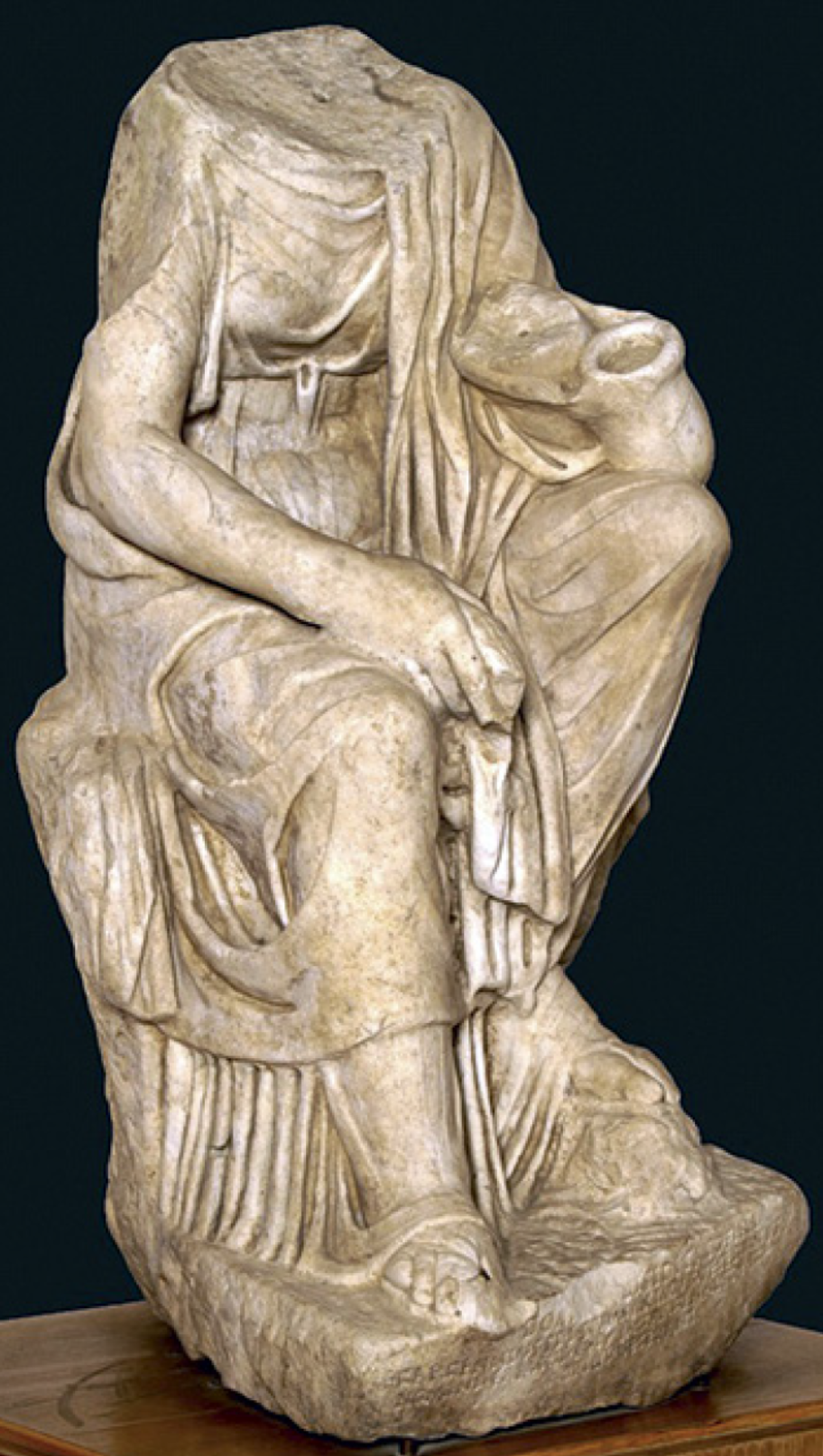
75
75: Marble statue of mourning Isis
Fiesole (Italy)
Civic Museum of Fiesole (Italy)
2nd cent. CE
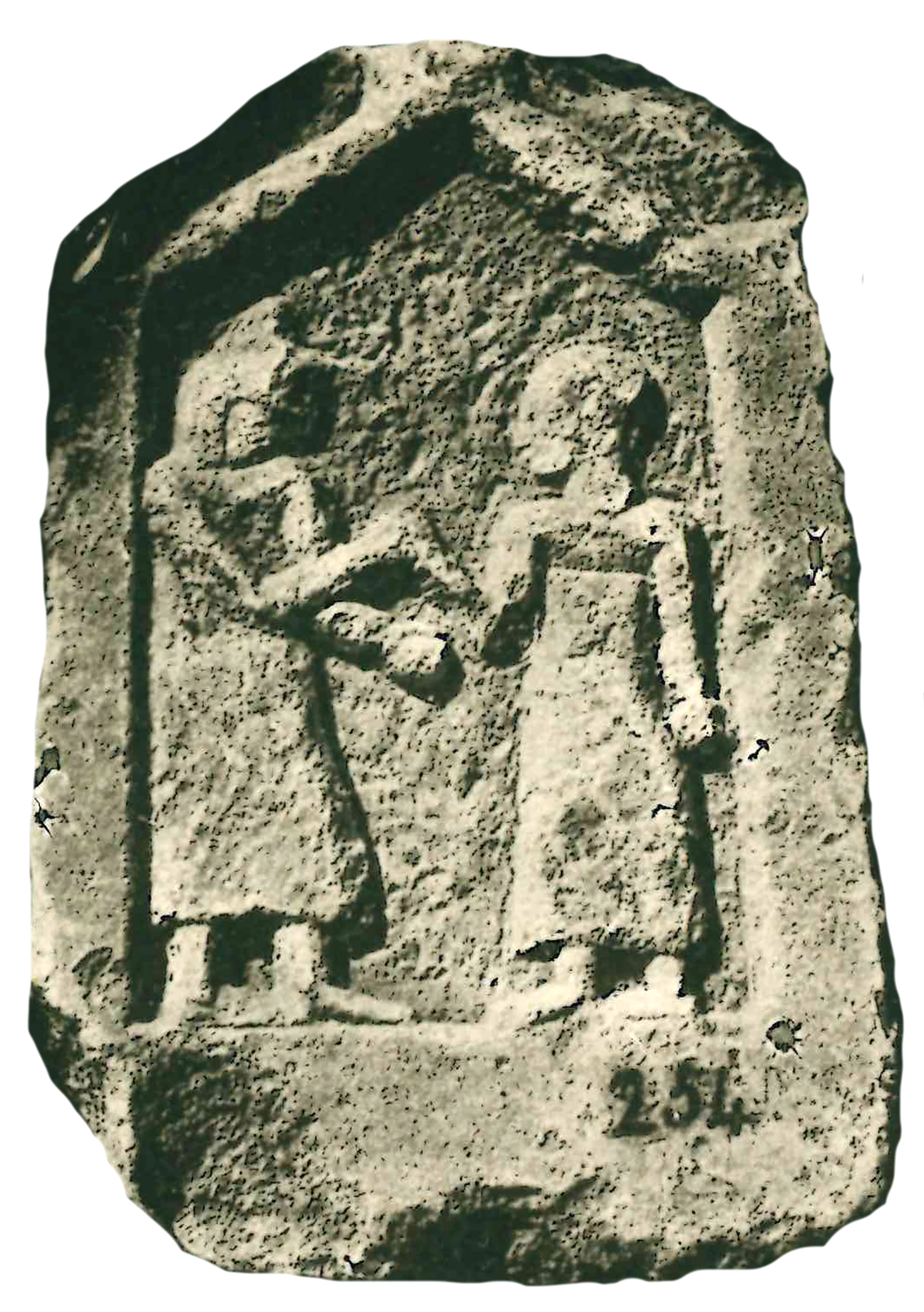
76
76: Stela with representation of two Isiac priests (one of them an Anubophorus)
Samos (Greece)
Vathic Archaeological Museum at Samos (Greece)
2nd cent. BCE
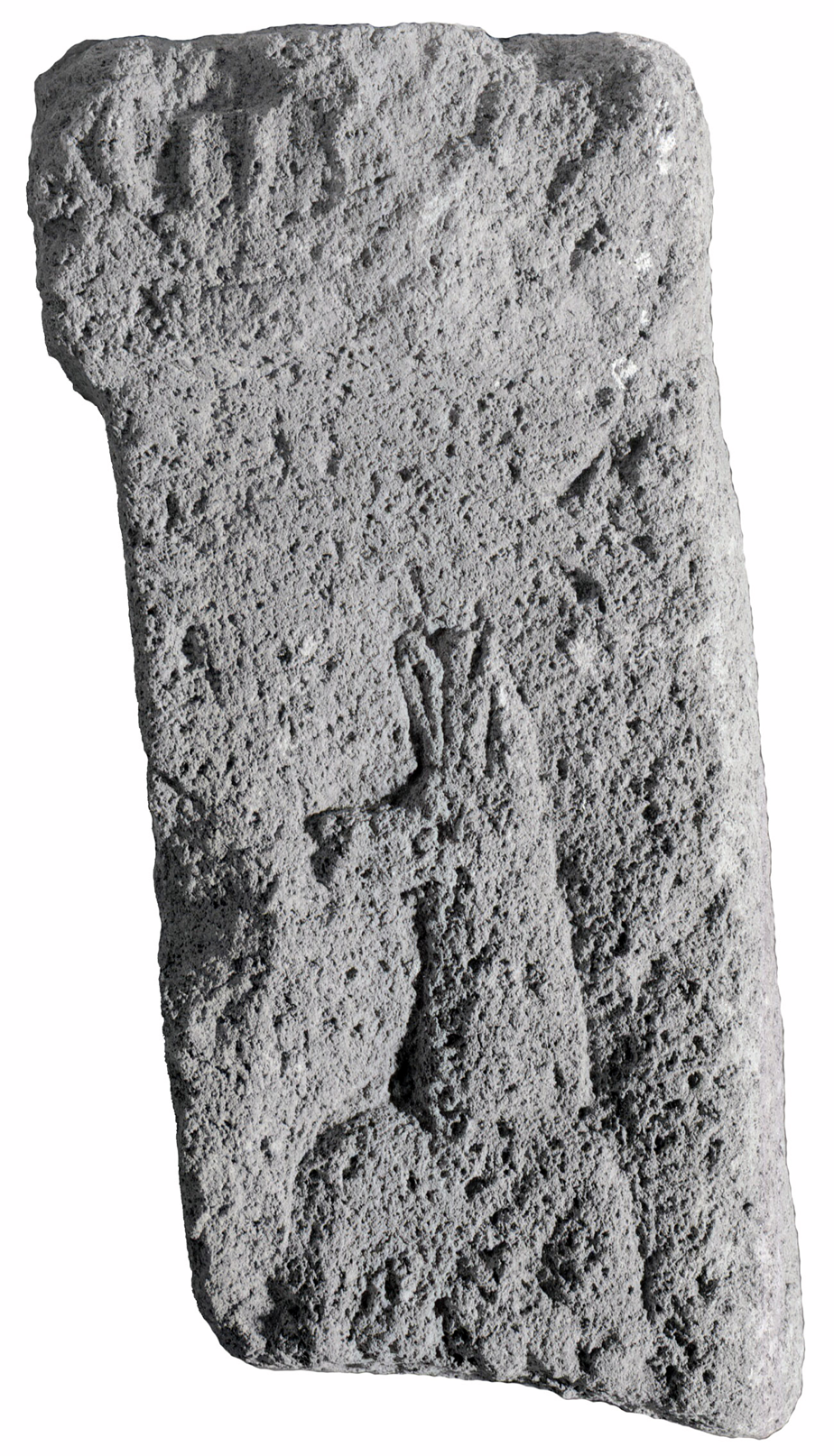
77
77: Altar with representation of Anubophorus
Sisak (Croatia)
National Museum of Slovenia (Slovenia)
late 2nd - early 3rd cent. CE
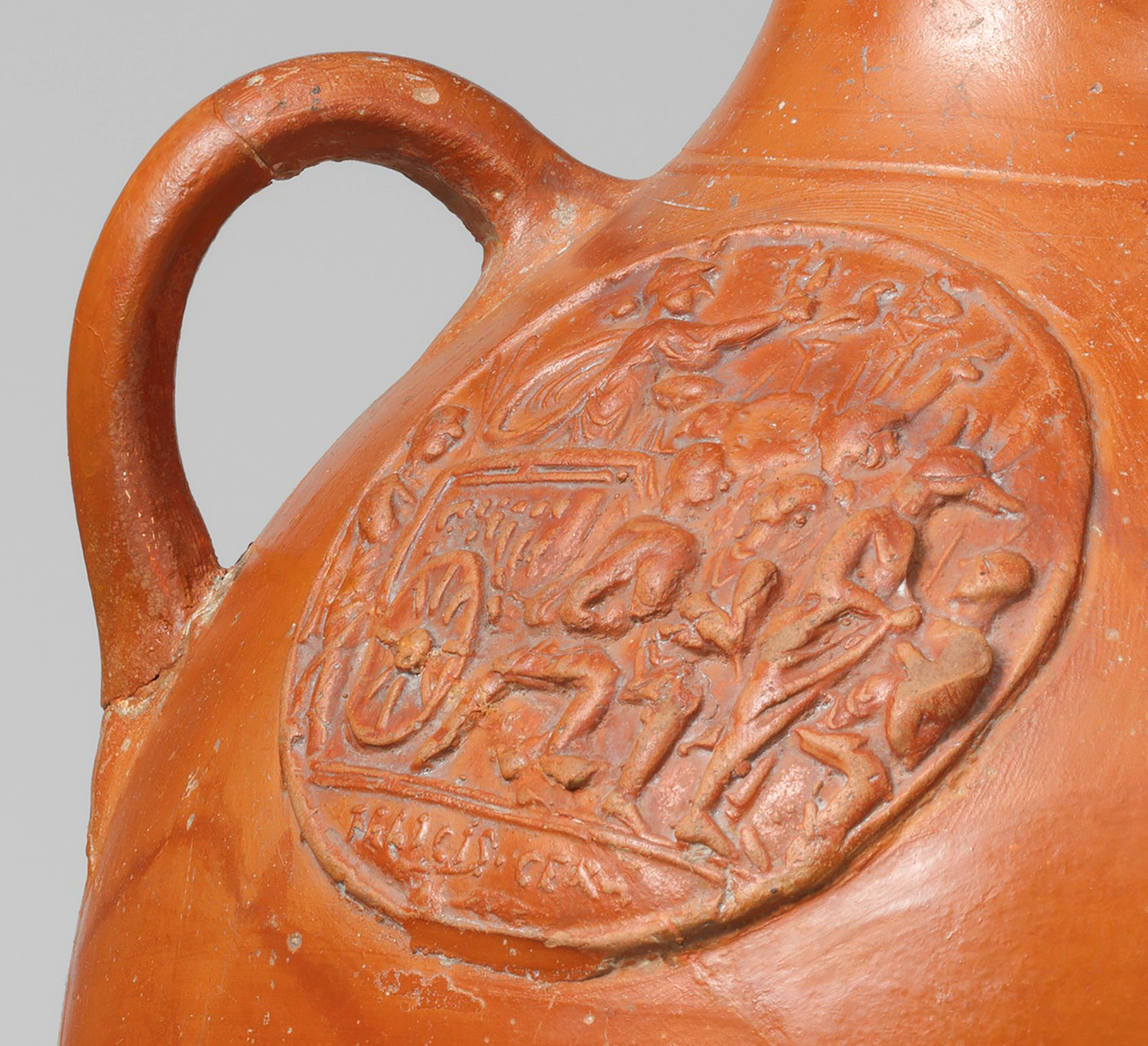
78
78: Three-handled jug decorated with representation of Isiac procession
Orange (France)
The Met (USA)
end of the 2nd - beginning of the 3rd cent. CE

79
79: Fresco with representation of Anubophorus
Pompeii (Italy)
National Archaeological Museum of Naples (Italy)
62-79 CE
80
80: Mosaic with representation of the month November
El Djem (Tunisia)
Archaeological Museum of Sousse (Tunisia)
3rd cent. CE
81
81: Egyptian wall-paiting with fight between a demon and a human figure
Tomb of 1897, Akhmim (Egypt)
in situ
1st-2nd cent. CE
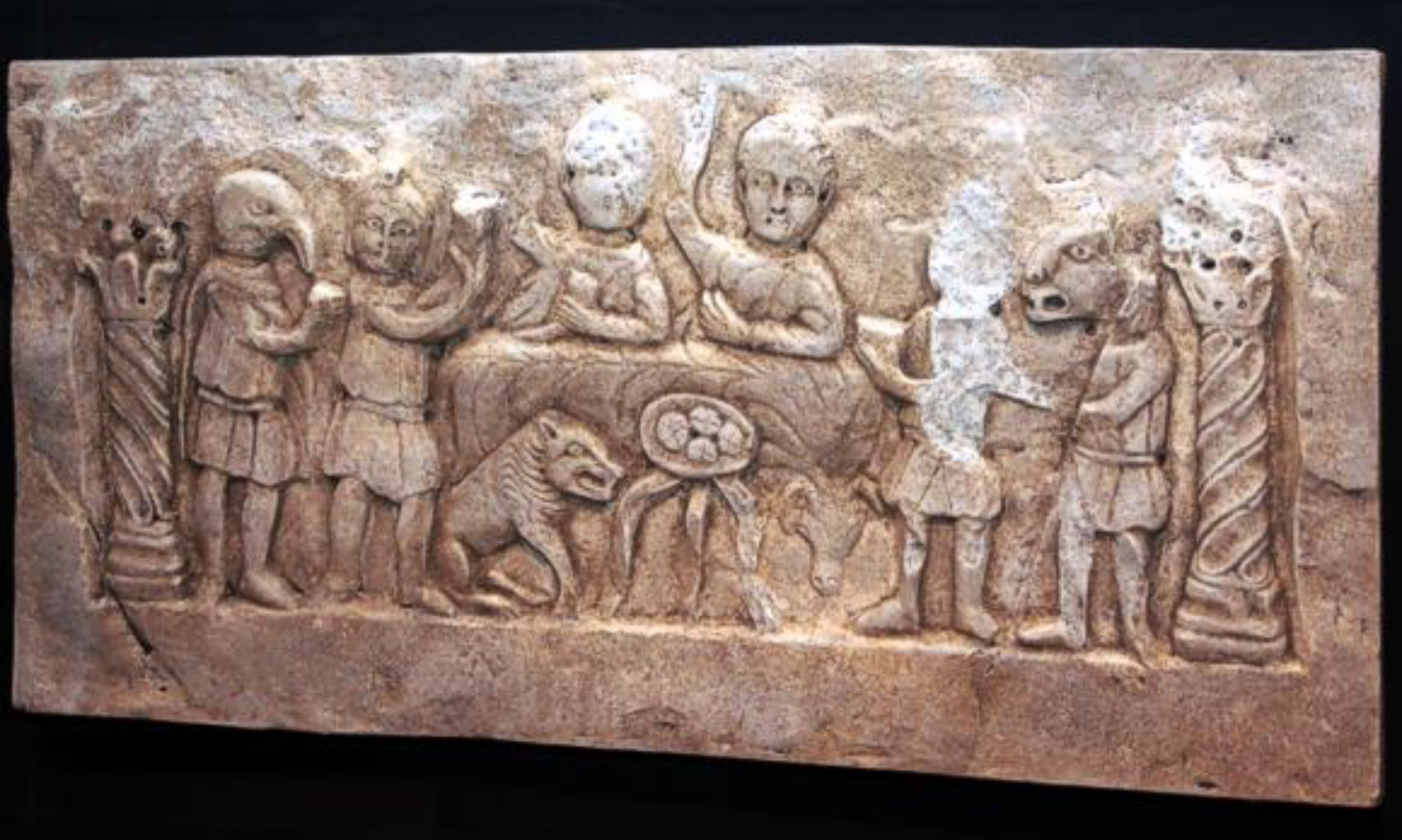
82
82: Relief with Mithraic initiates at a ritual meal
Konjic (Bosnia)
National Museum of Bosnia and Herzegovina, Sarajevo (Bosnia Herzegovina)
4th cent. CE
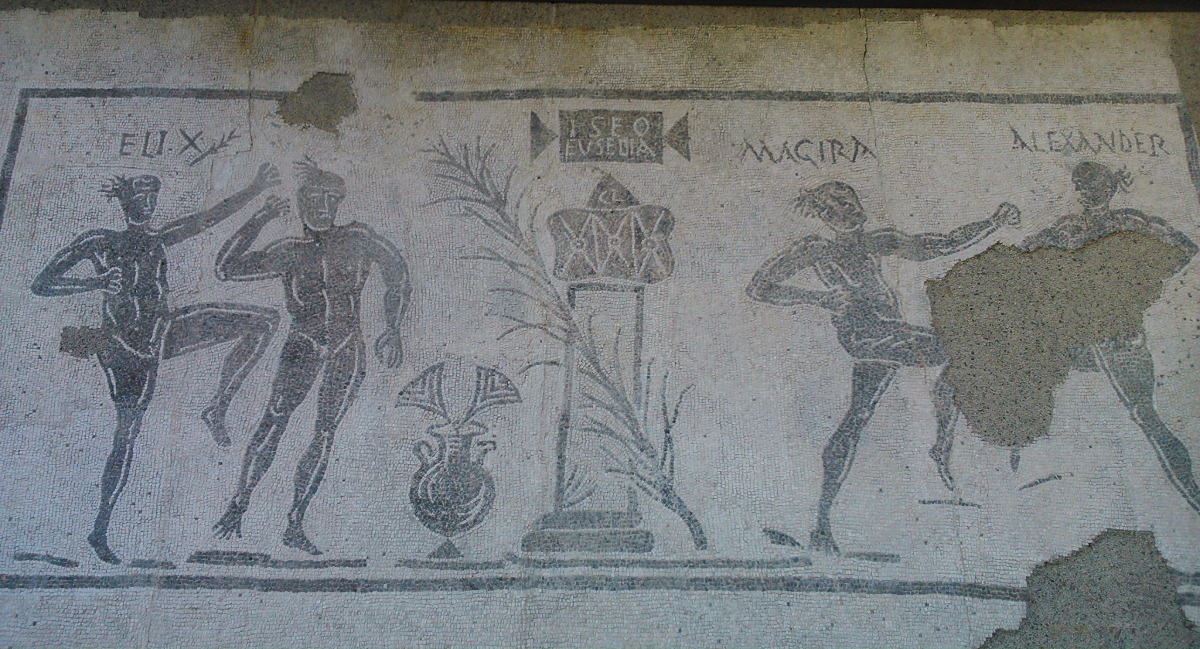
83
83: Mosaic with athletic games performed in the Iseum during the Eusebeia
Pozzuoli (Italy)
in situ
2nd cent. CE
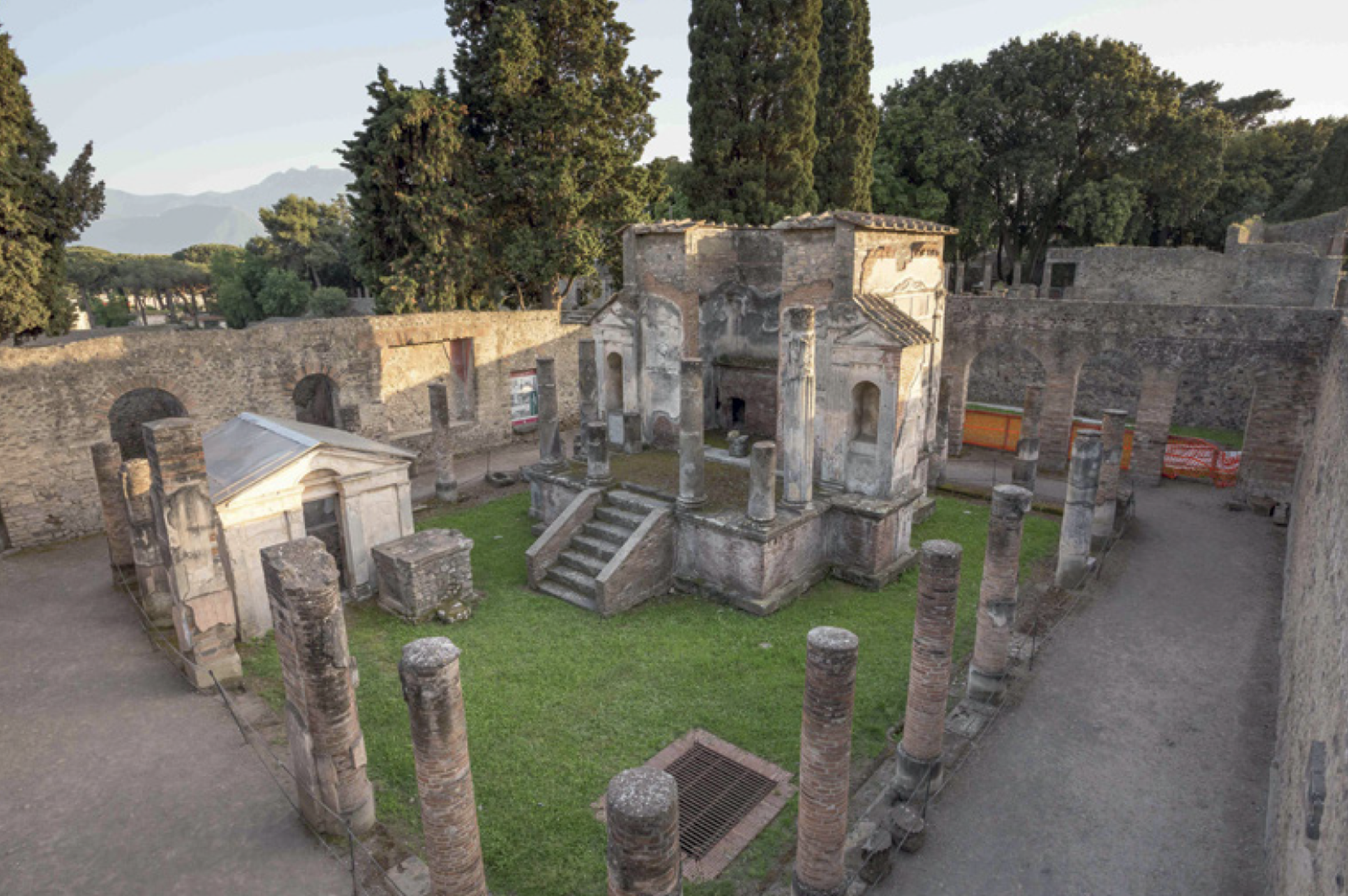
84
84: T
85
85: The pronaos of the Temple of Isis at Pompeii from a drawing by G.B. Piranesi
Pompeii (Italy)
in situ
62-79 CE (last phase: orig. phase late 2nd cent. BCE)
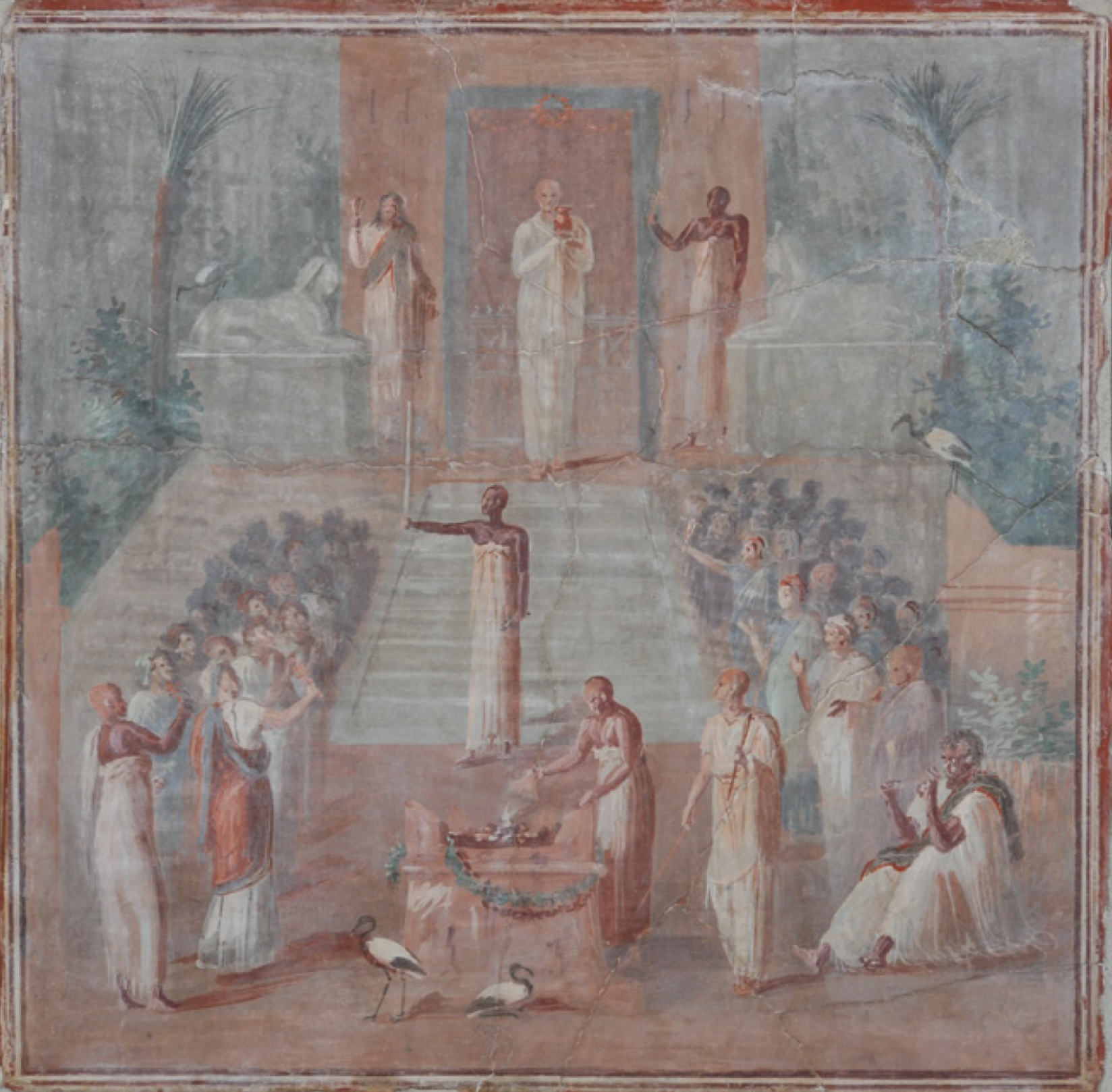
86
86: Fresco representing an Isiac ritual
Herculaneum (Italy)
National Archaeological Museum of Naples (Italy)
1st cent. CE
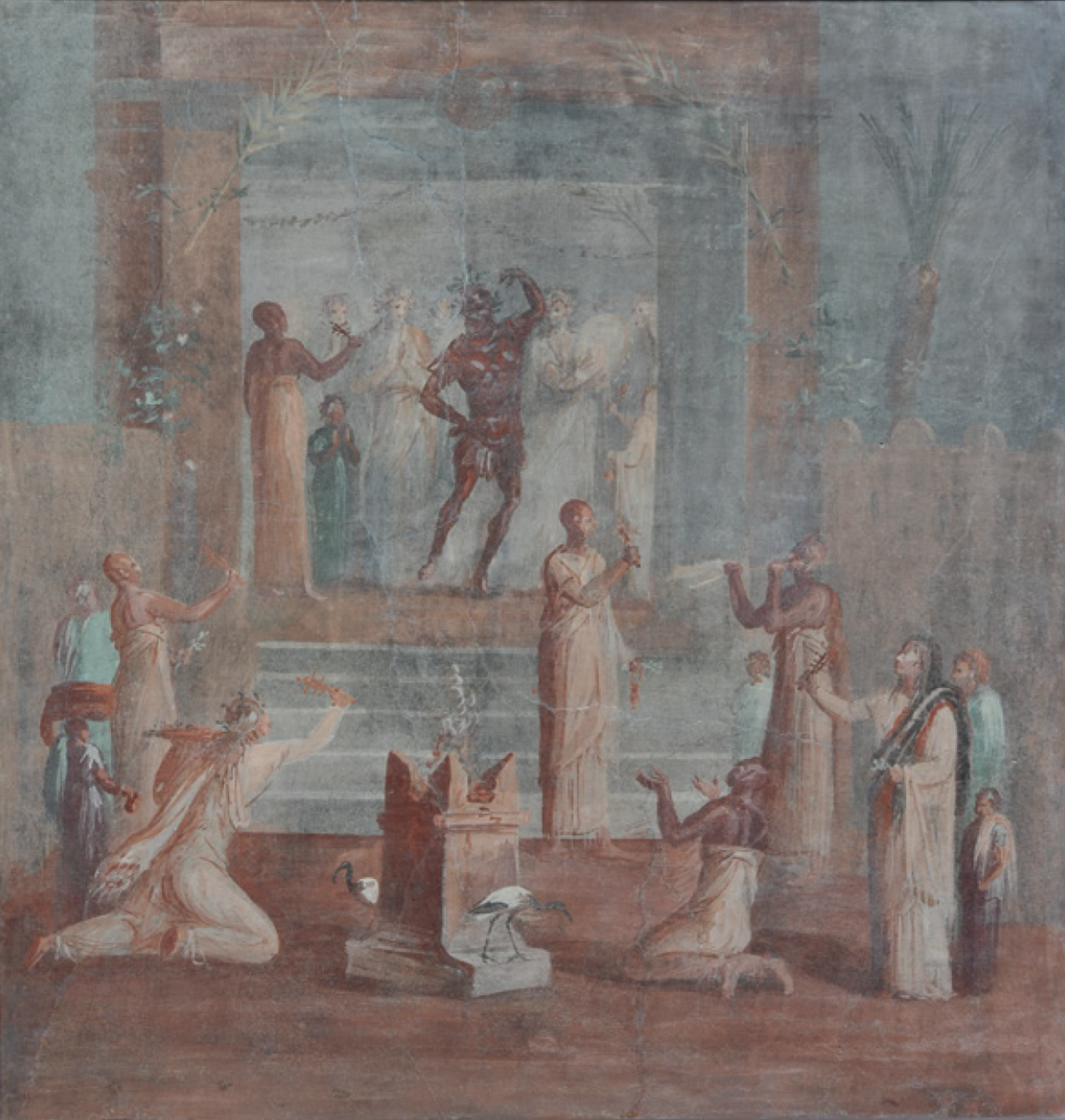
87
87: Fresco representing an Isiac ritual with a sacred dance
Herculaneum (Italy)
National Archaeological Museum of Naples (Italy)
1st cent. CE
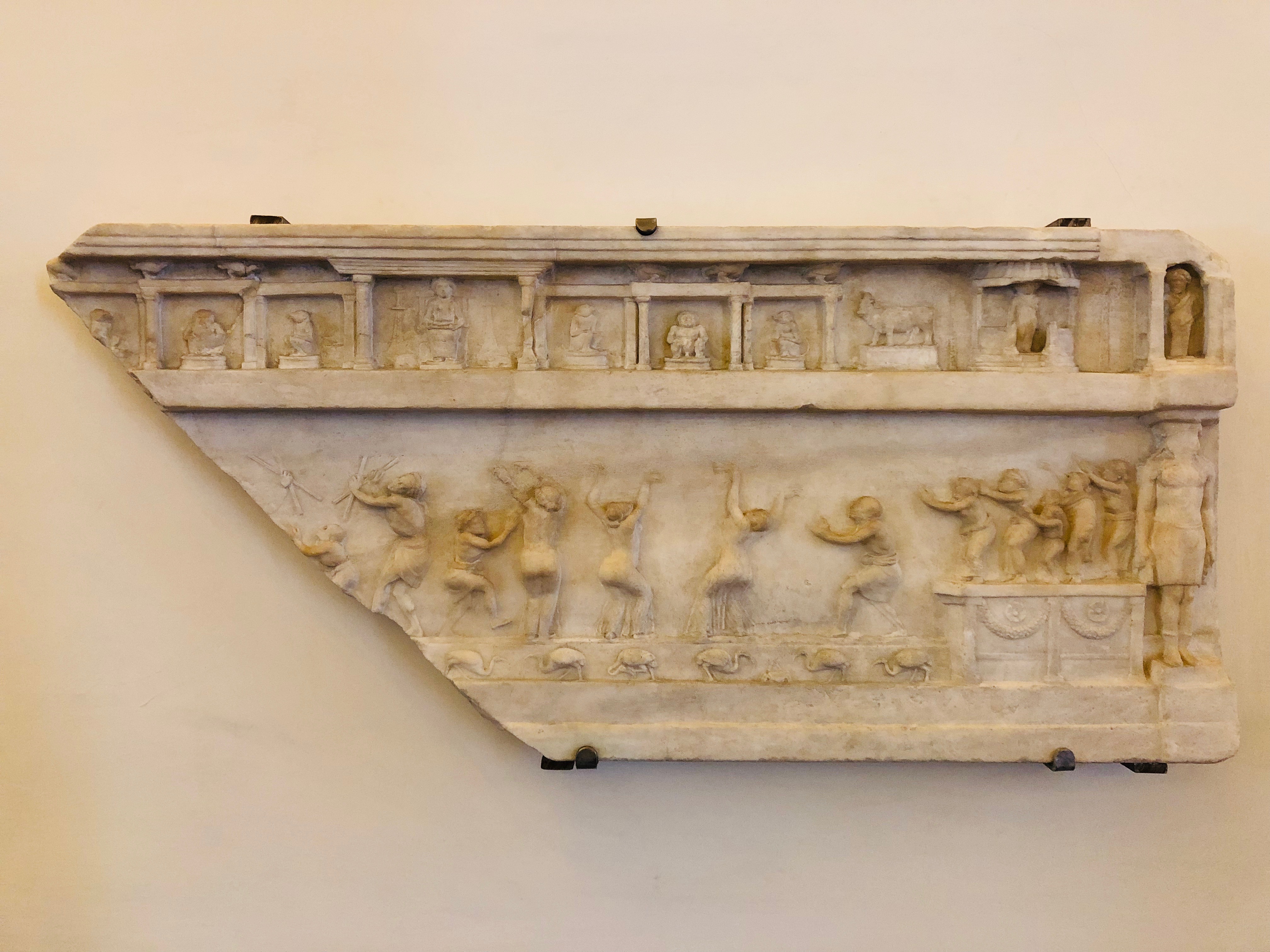
88
88: Relief representing an Isiac ritual
Via Appia, Ariccia (Italy)
National Museum of Rome, Palazzo Altemps (Italy)
2st cent. CE
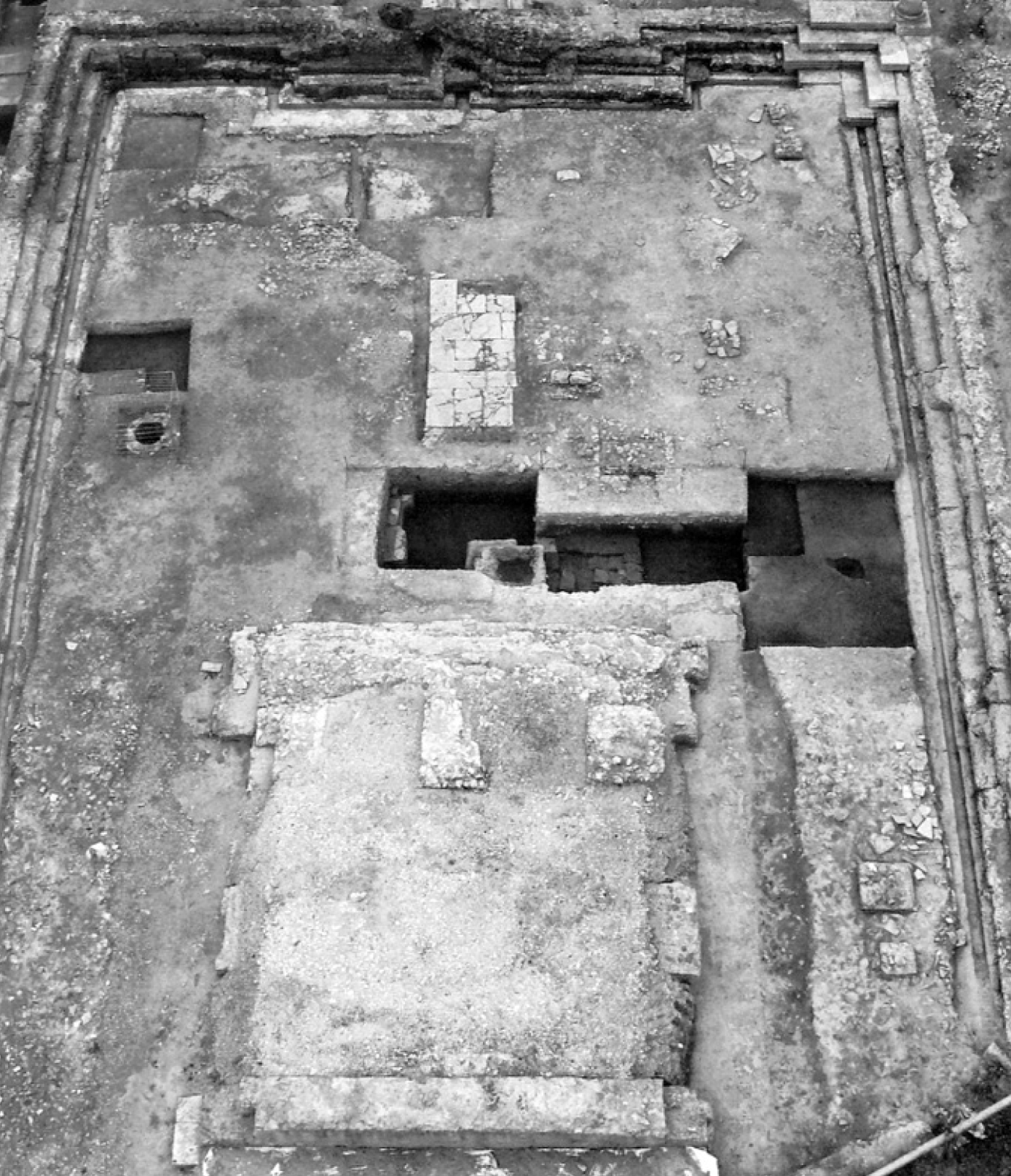
89
89: The Temple of Isis at Sybaris
Sybaris (Italy)
in situ
1st cent. CE
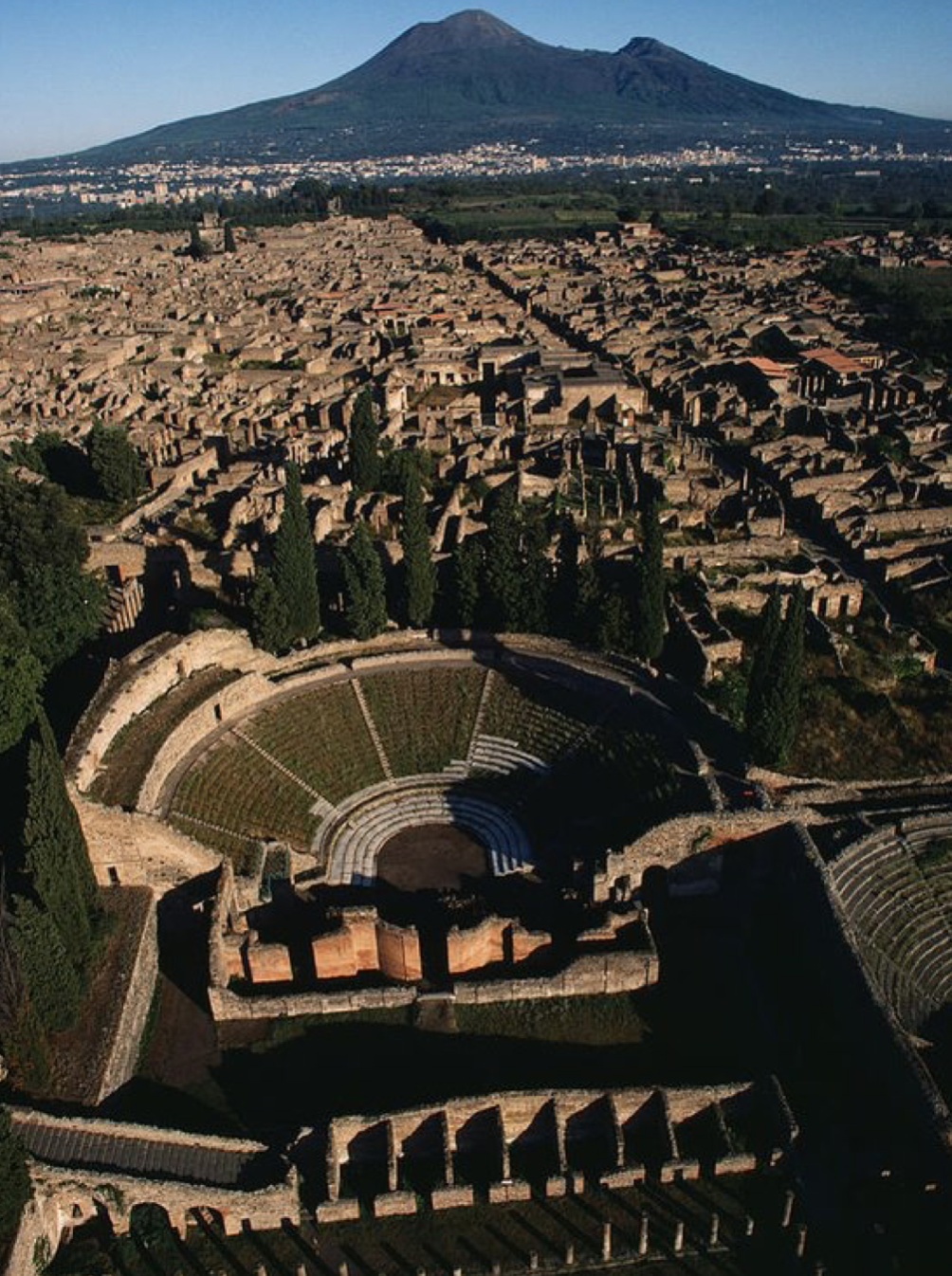
90
90: The complex Theatre + Temple of Isis at Pompeii
Pompeii (Italy)
in situ
62-79 CE (last phase: orig. phase late 2nd cent. BCE)
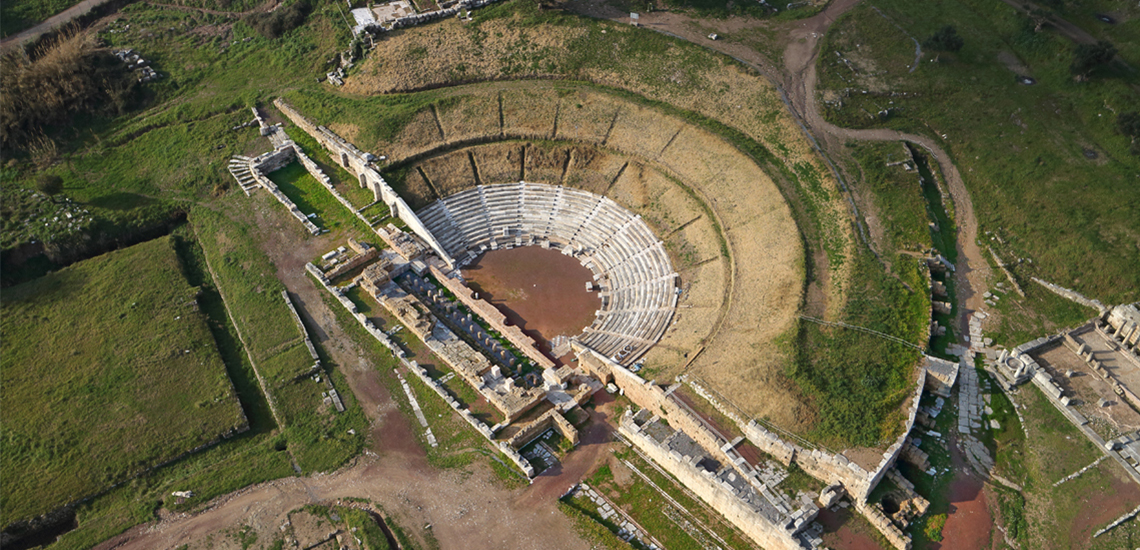
91
91: The complex Theatre + Temple of Isis at Messene
Messene (Greece)
in situ
2nd cent. CE
92
92: The complex Theatre + Temple of Isis at Italica
Italica, Santiponce (Spain
in situ
1st-2nd cent. CE
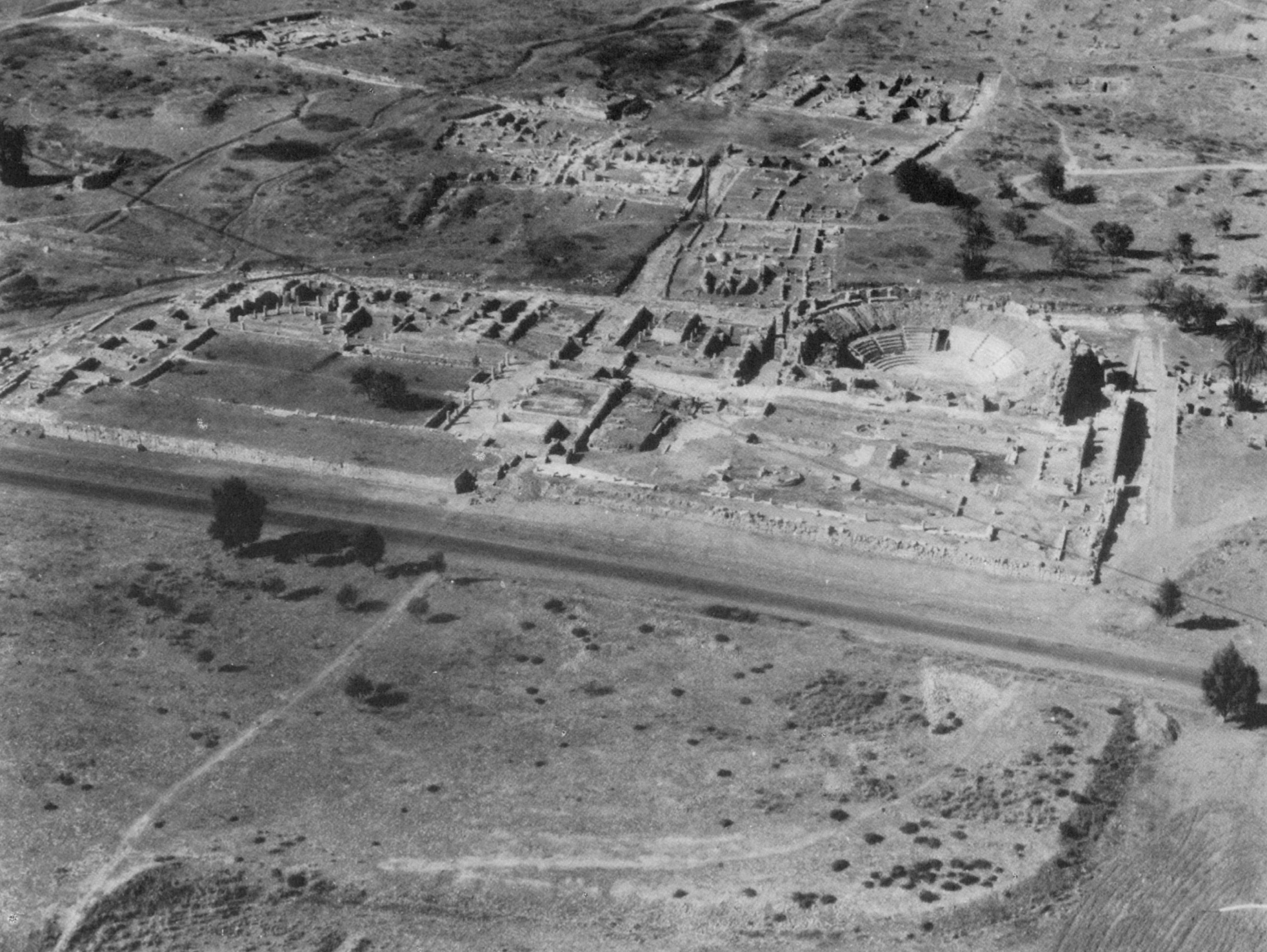
93
93: The complex Theatre + Temple of Isis at Bulla Regia
Bulla Regia, Hammam Darradji (Tunisia)
in situ
1st-2nd cent. CE
94
94: The complex Theatre + Temple of Isis at Verona
Verona (Italy)
in situ
1st cent. CE
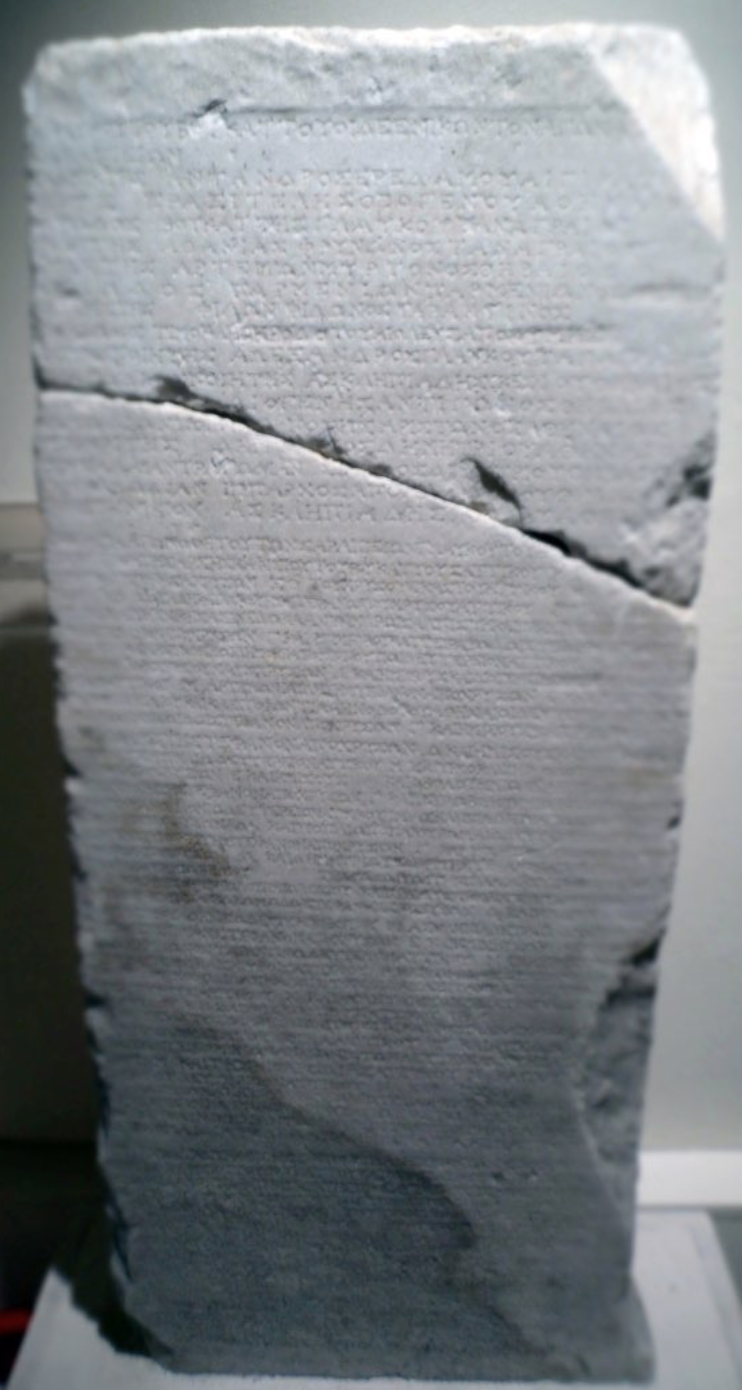
95
95: Inscription with names of the winners at the competition of the Sarapieia
Tanagra (Greece)
Thebes Museum (Greece)
90-85 BCE
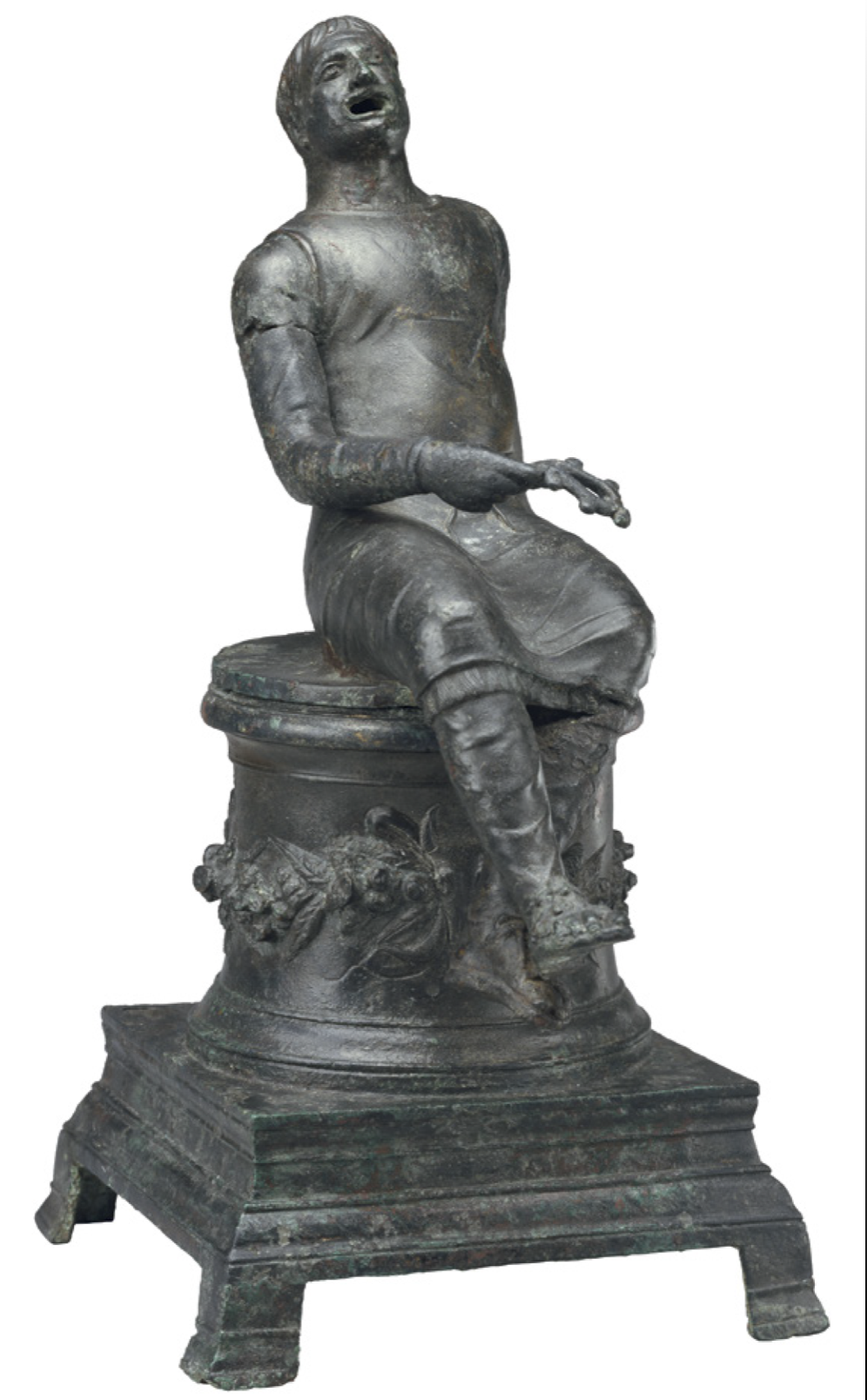
96
96: Bronze thymiaterion with Isiac singer
unknown
J. Paul Getty Museum, Malibu (USA)
mid-st cent. CE
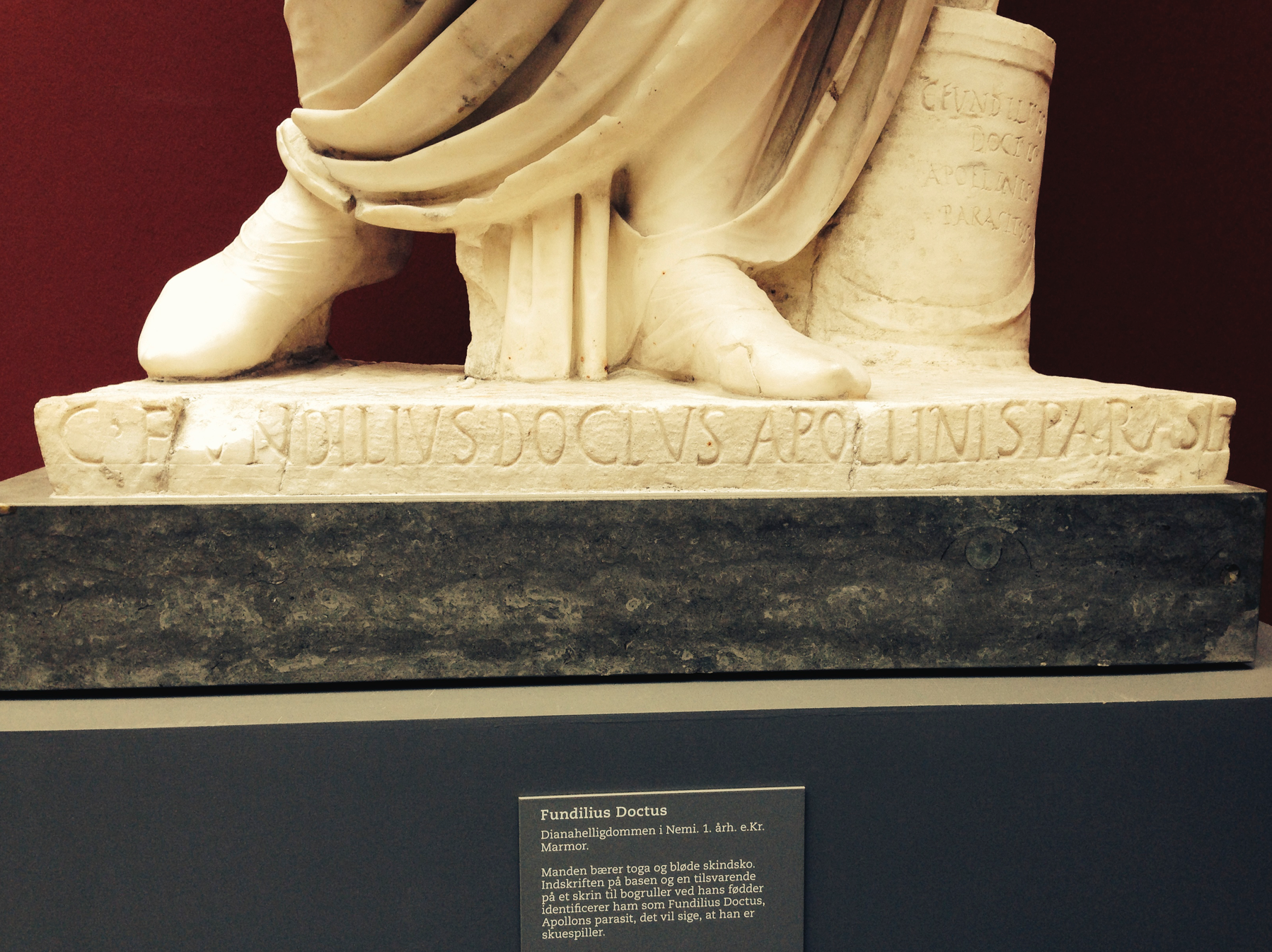
97
97: Statue of Caius Fundilius Doctus, parasitus Apollinis
Nemi (Italy)
Ny Carlsberg Glyptotek, Copenhagen (Denmark)
end of the 1st cent. BCE
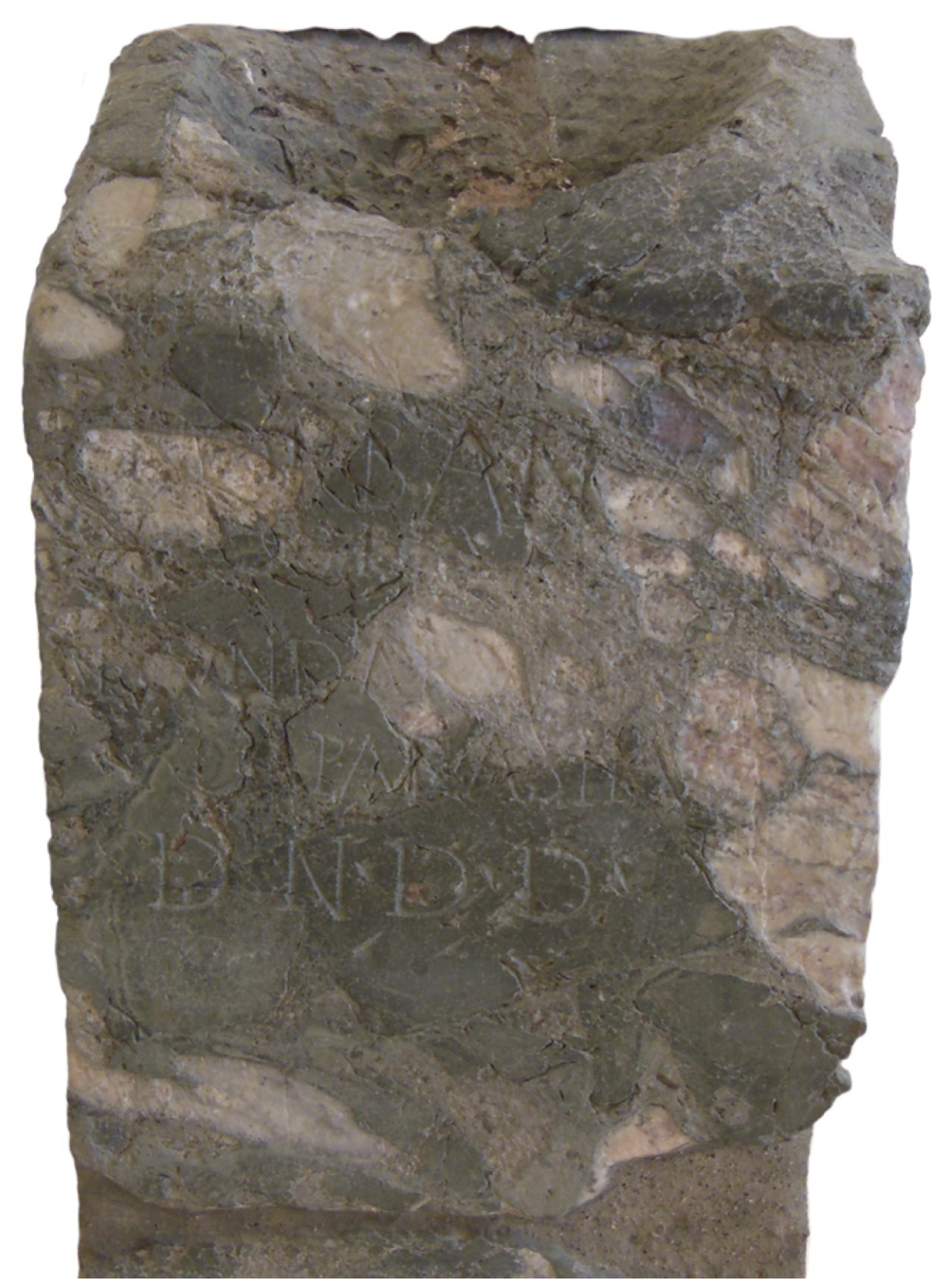
98
98: Base of the status of Caius Norbanus Sorex
Nemi (Italy)
Museum of the Roman Boats of Nemi (Italy)
1st cent. CE
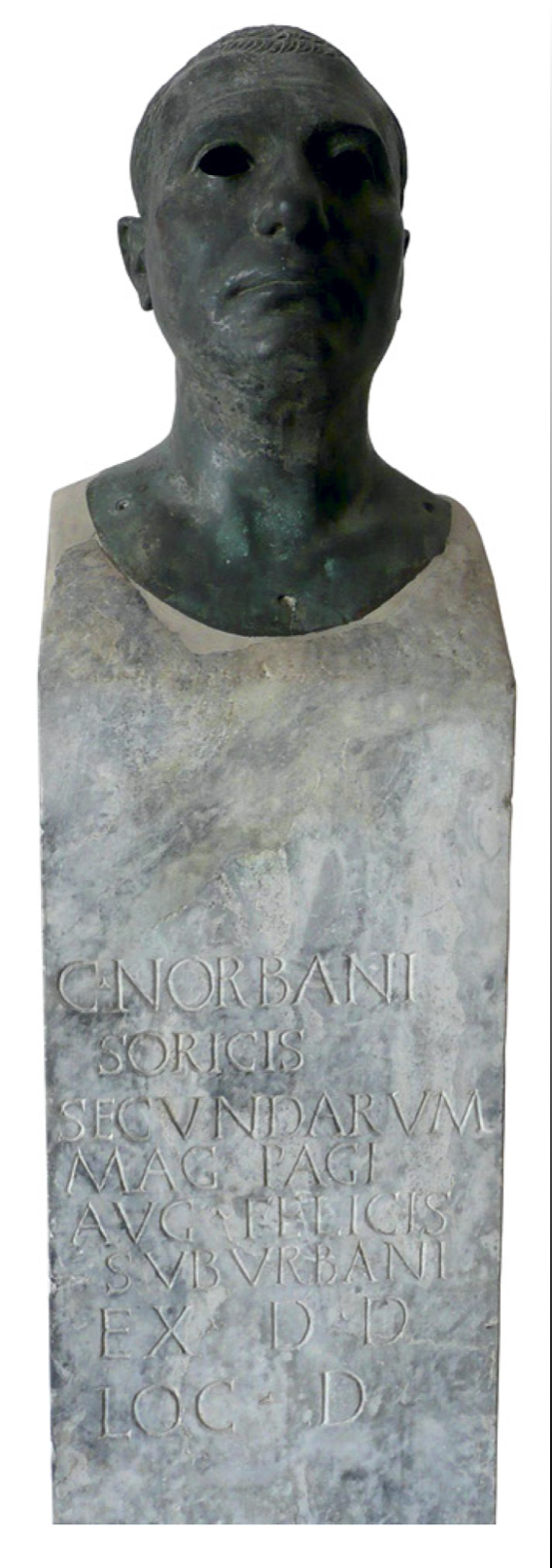
99
99: Hermes of Caius Norbanus Sorex
Temple of Isis, Pompeii (Italy)
National Archaeological Museum of Naples (Italy)
1st cent. CE
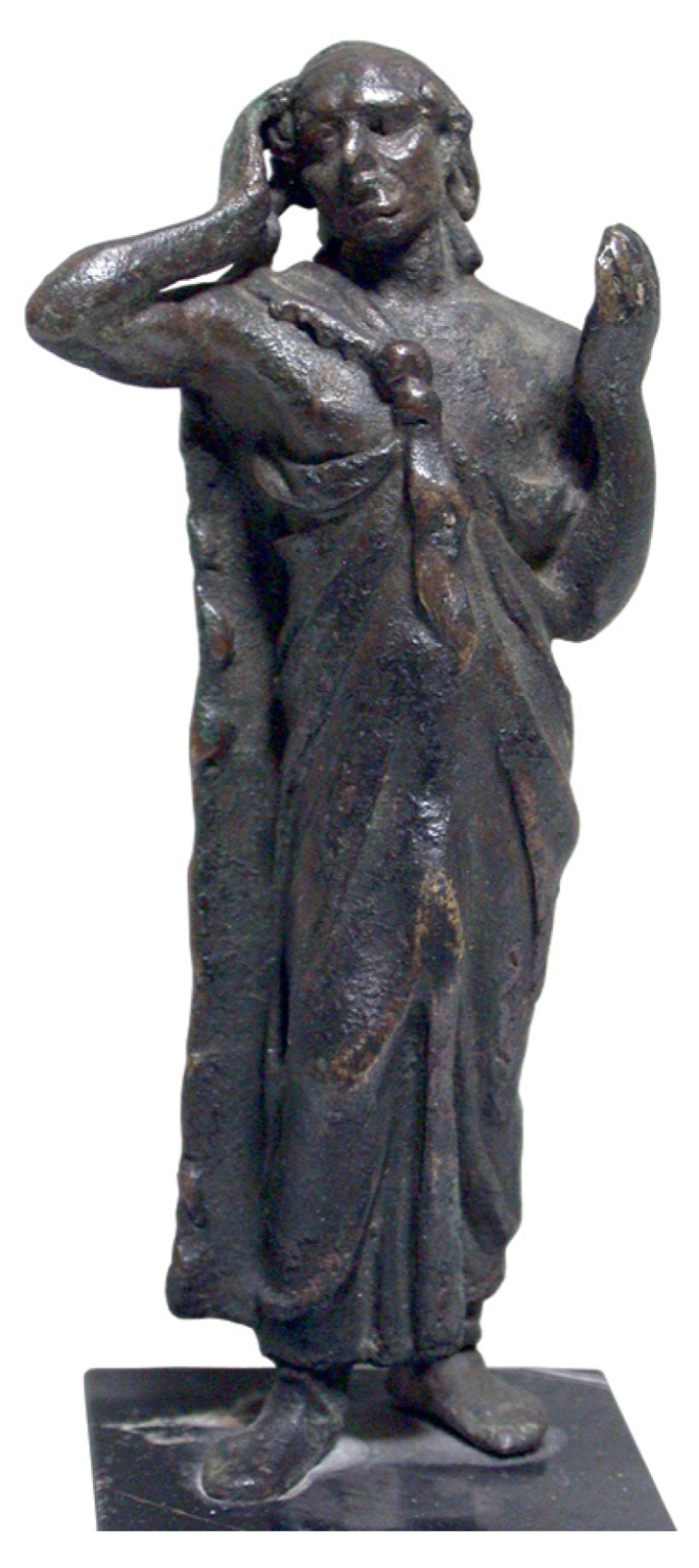
100
100: Bronze figurine of Isiac actor
Gaza (Palestina)
Collection A. Herrman
1st cent. CE